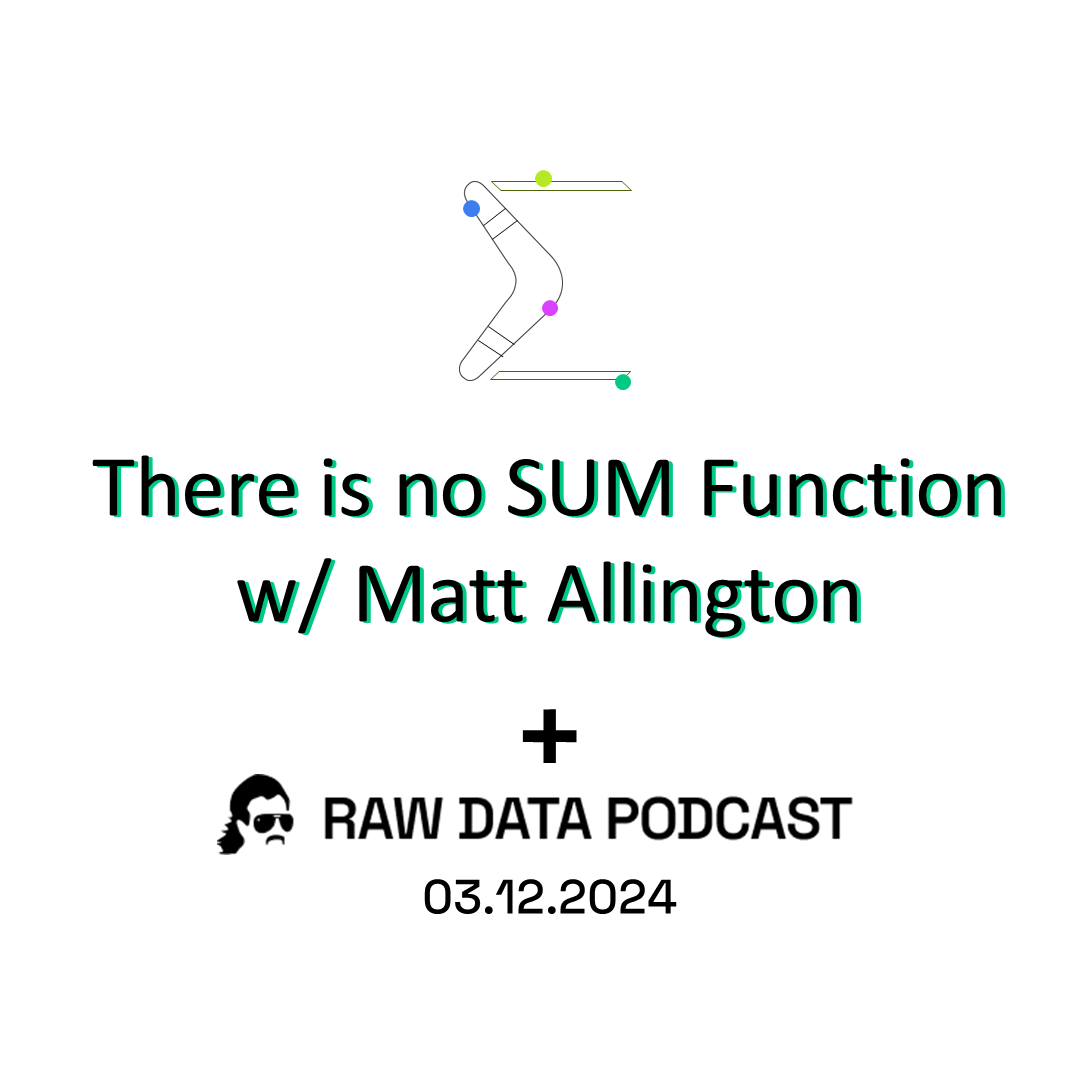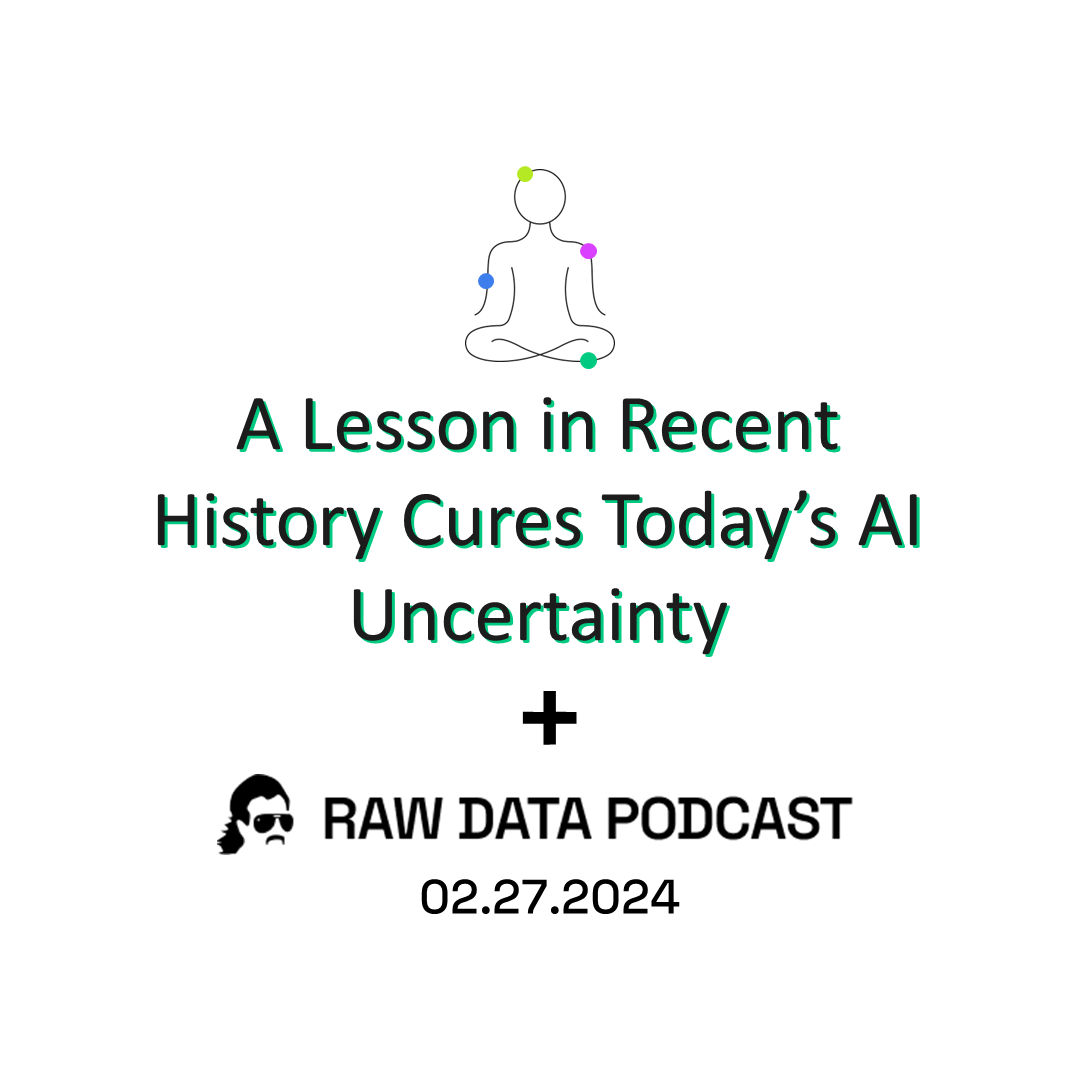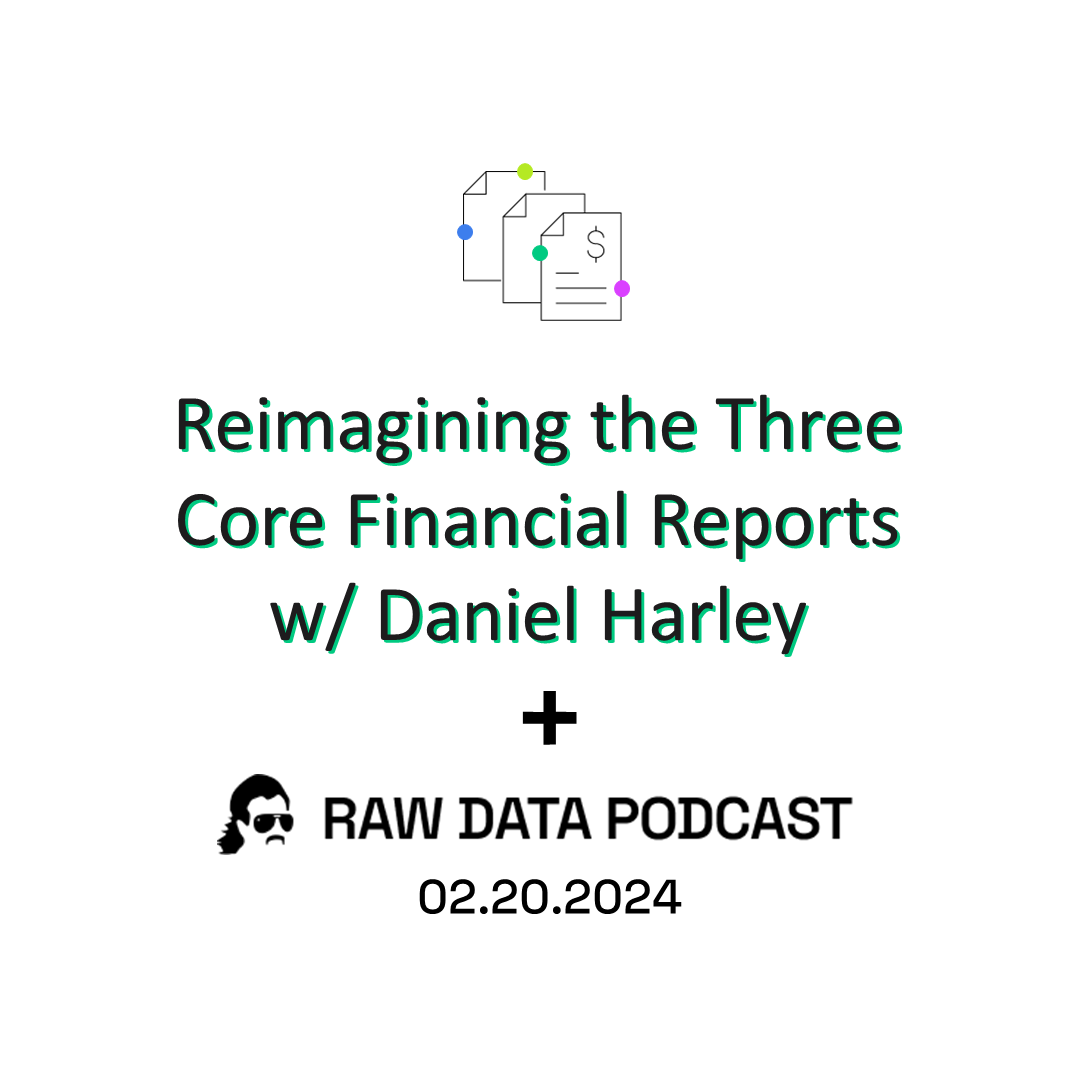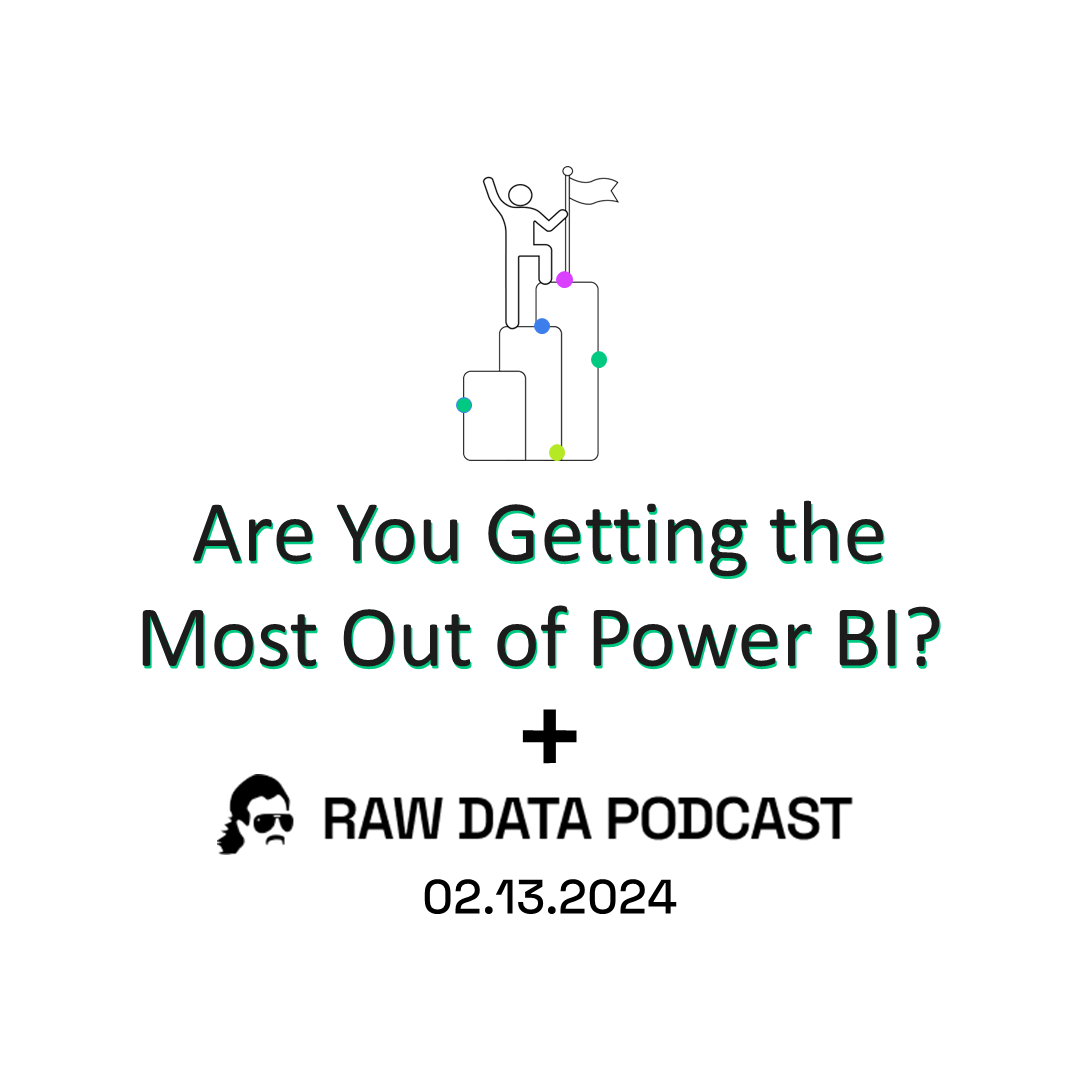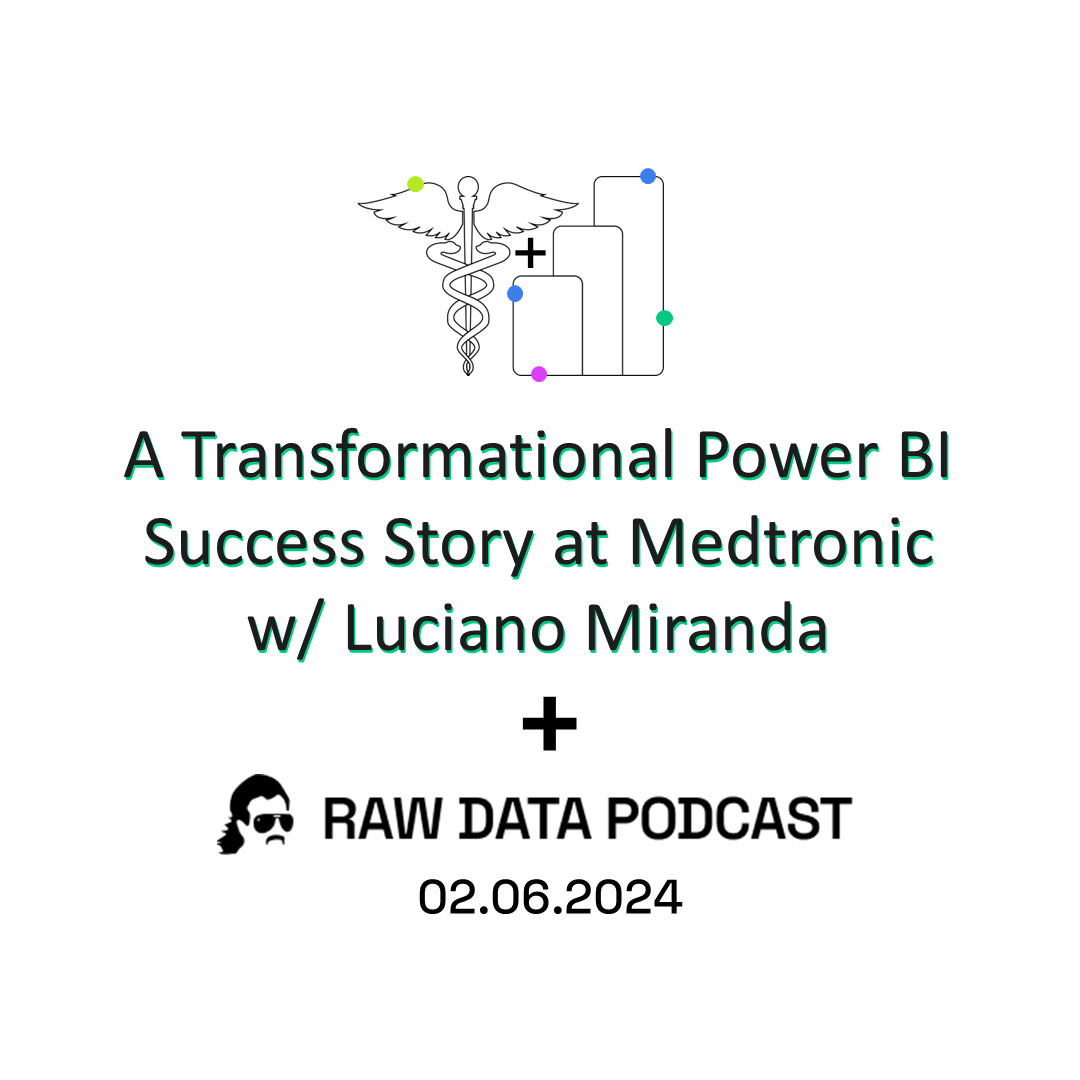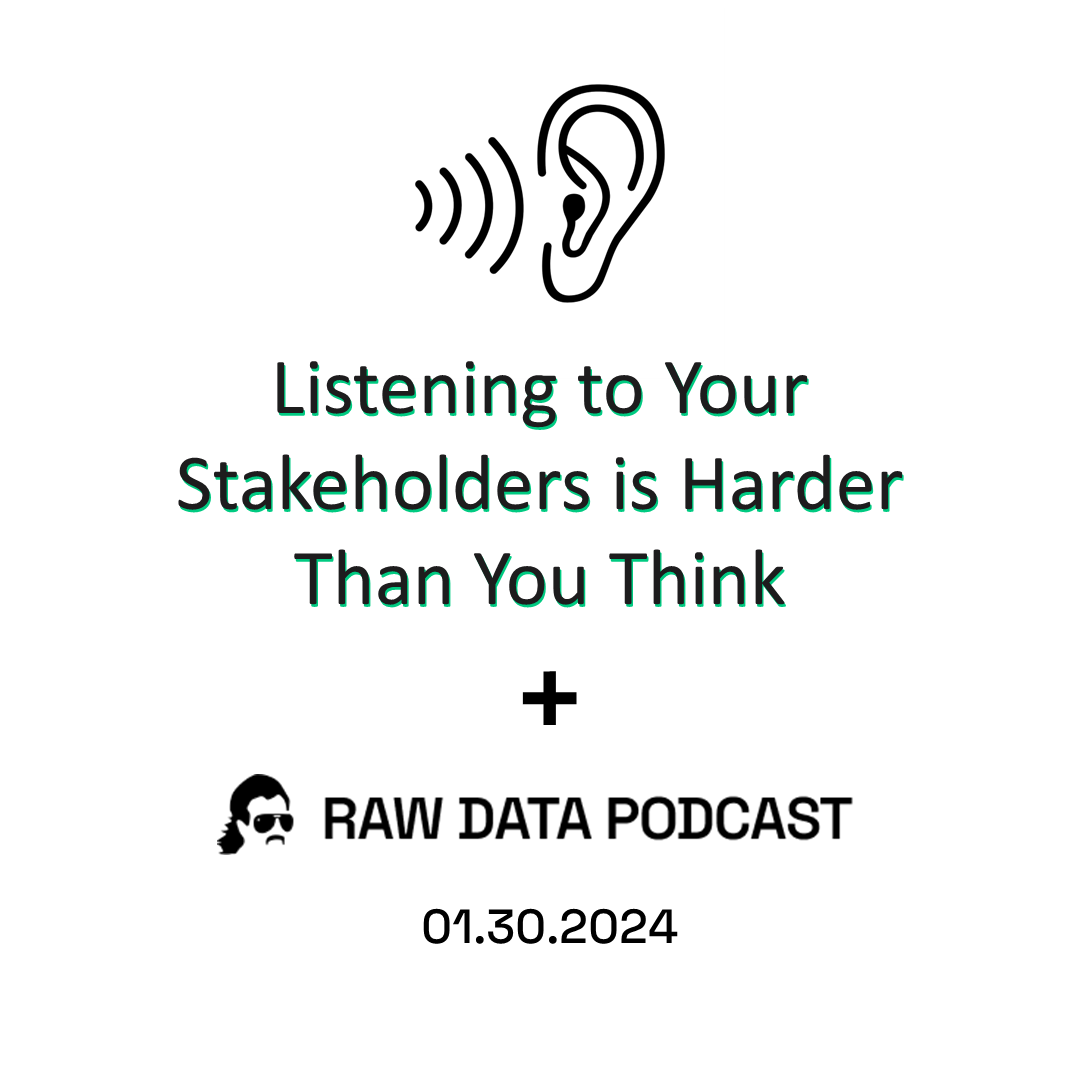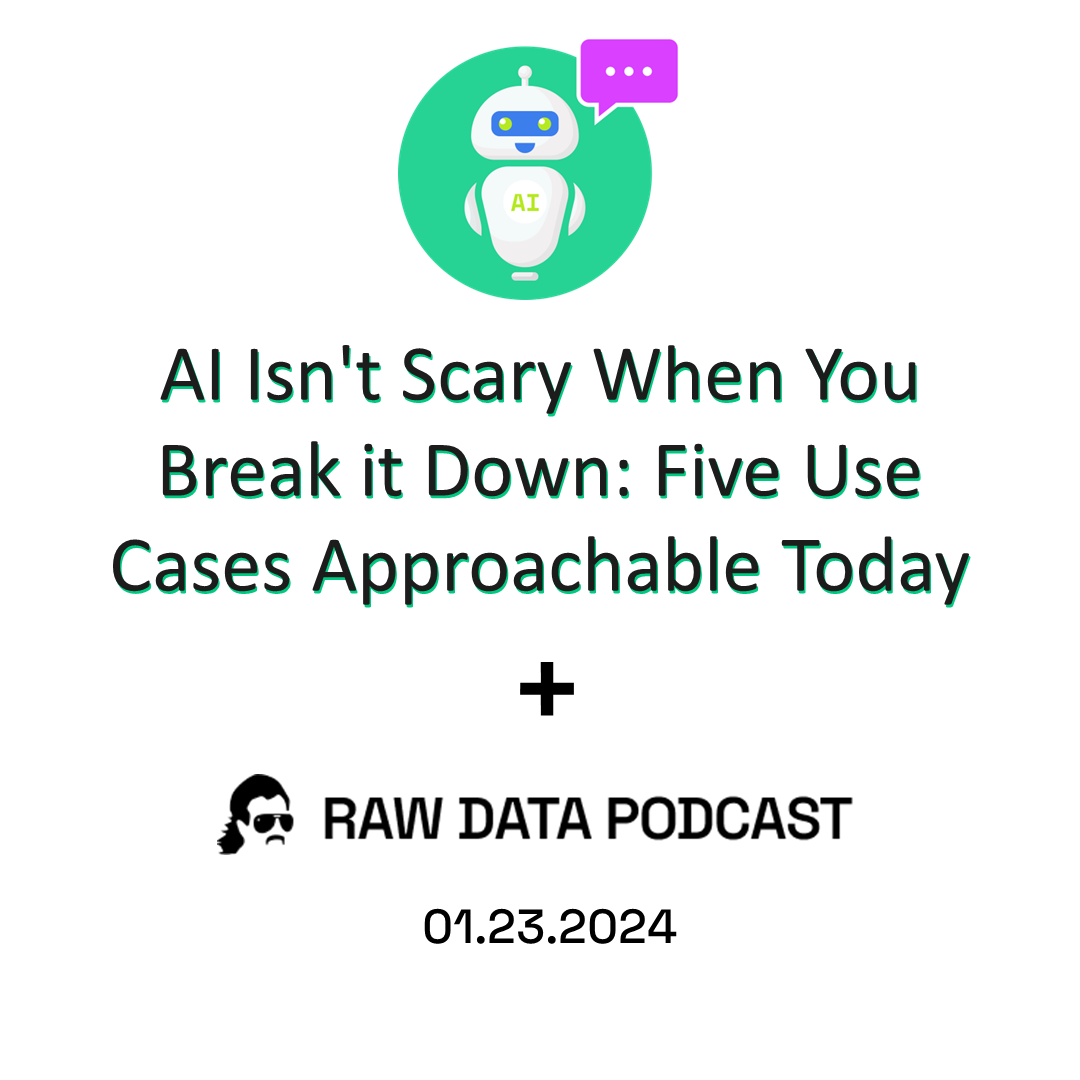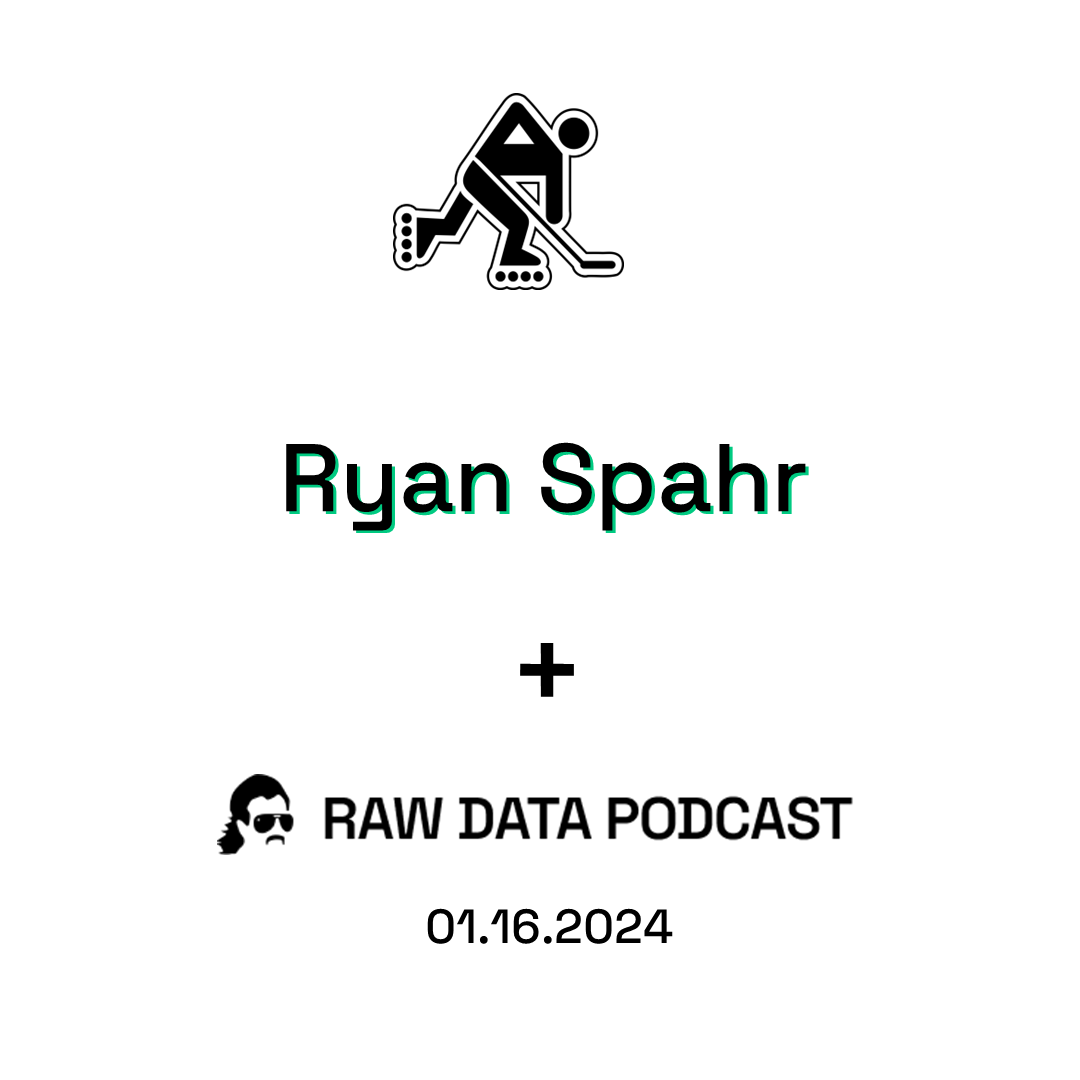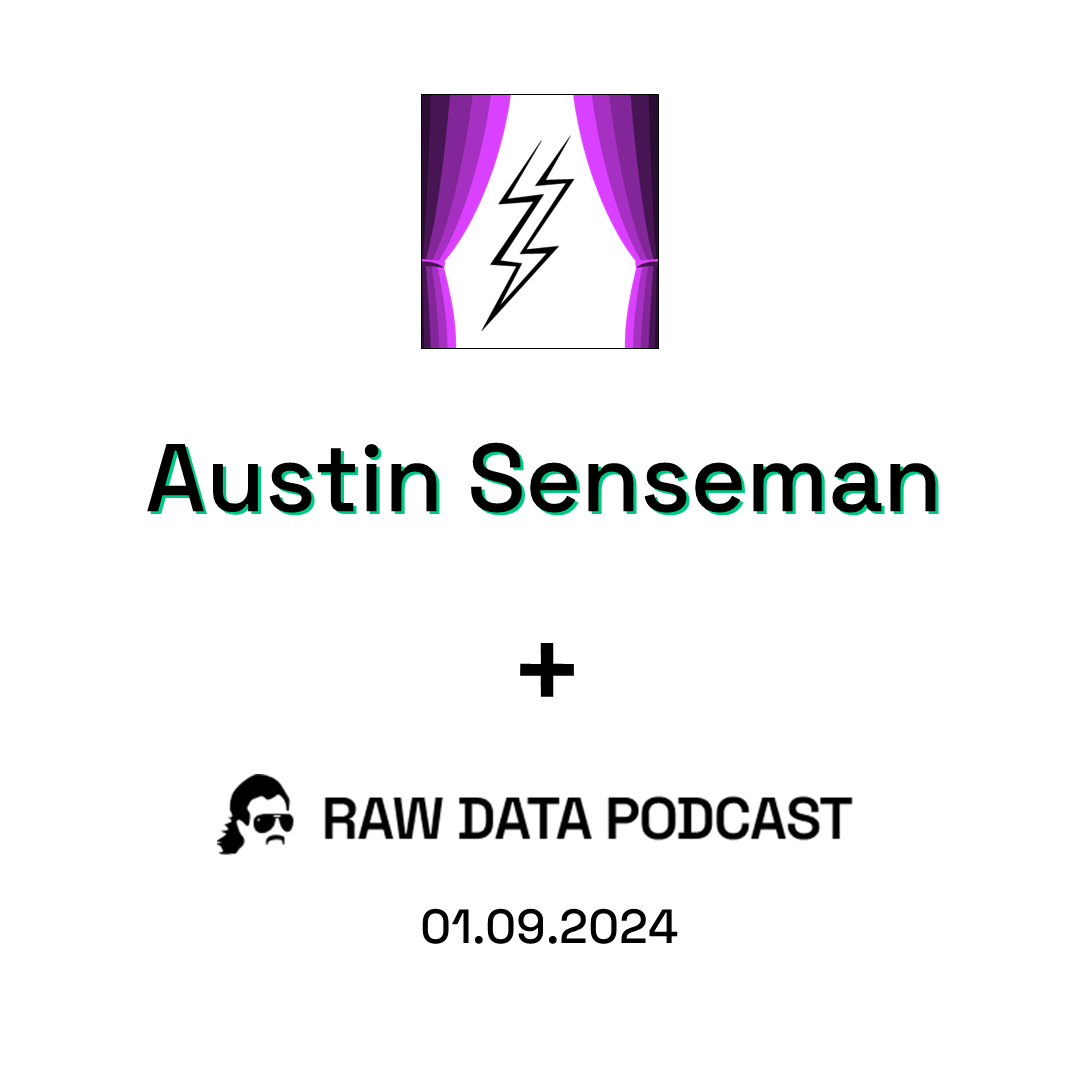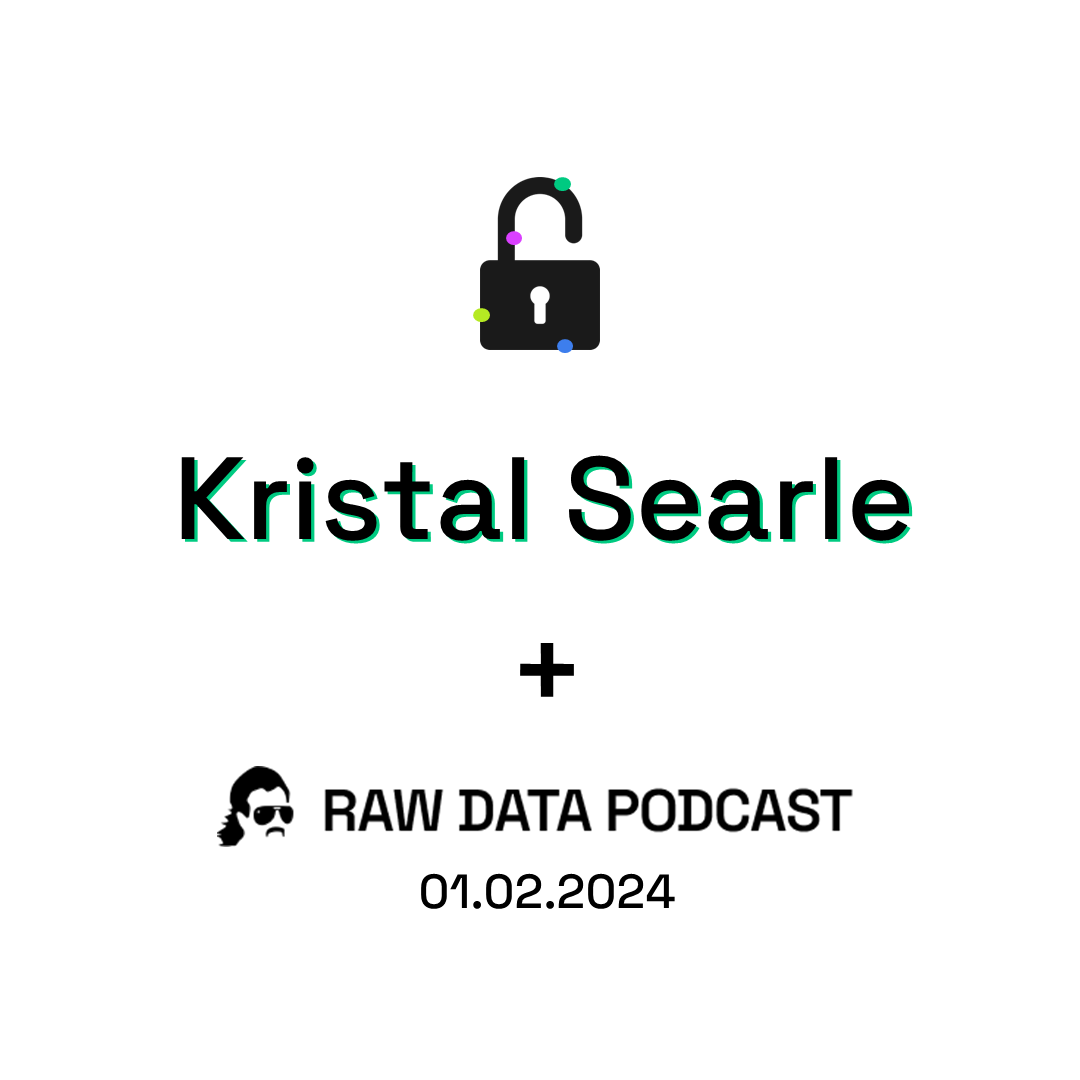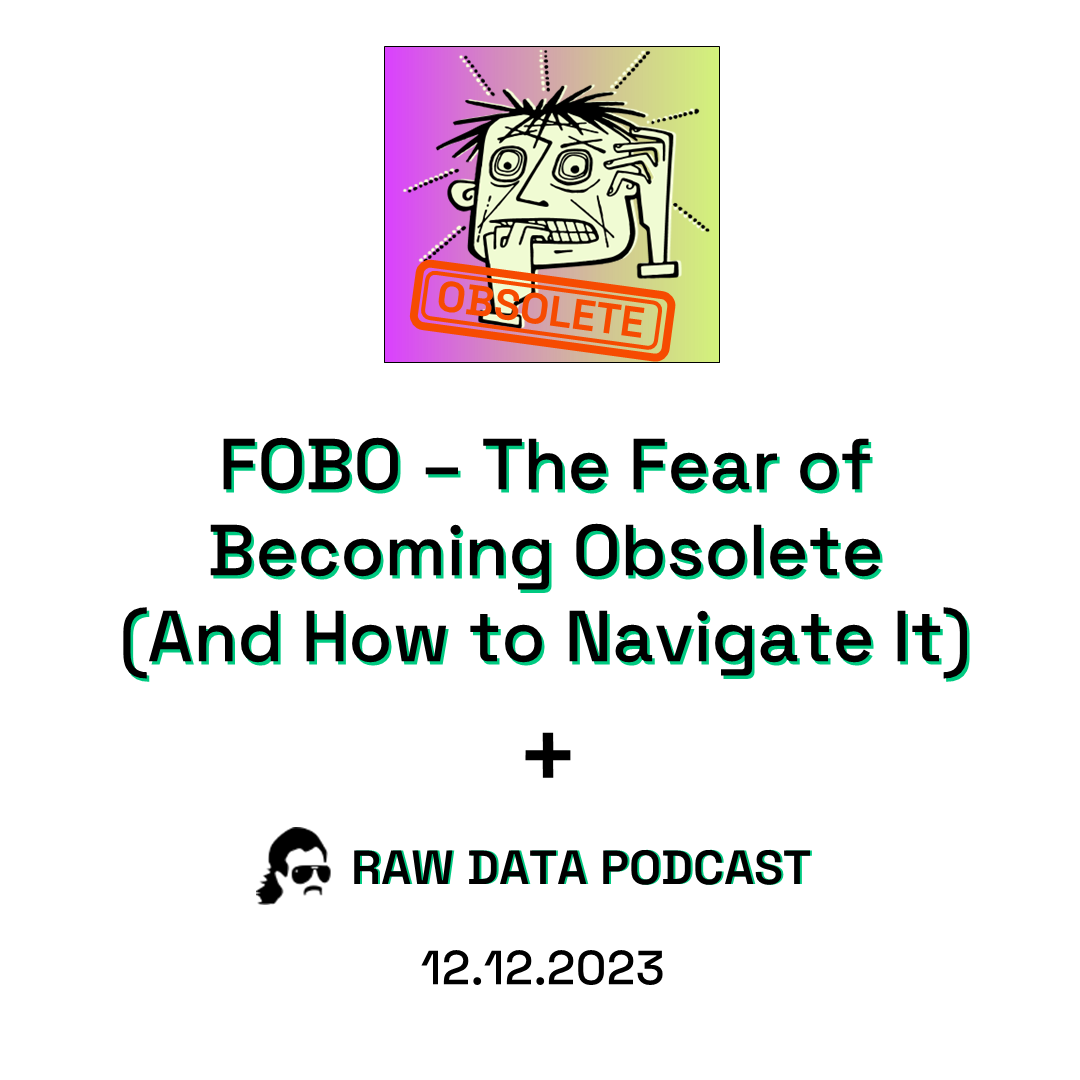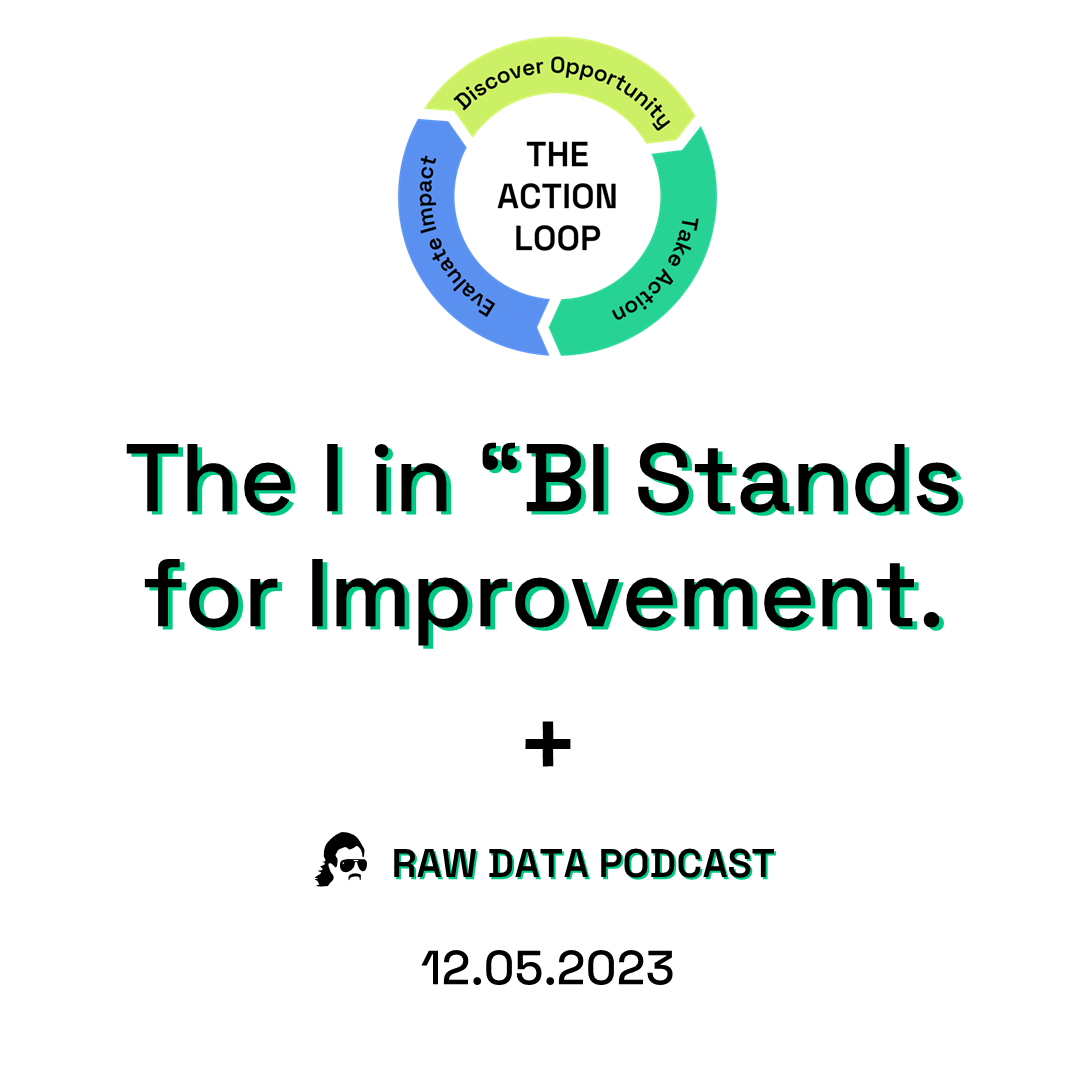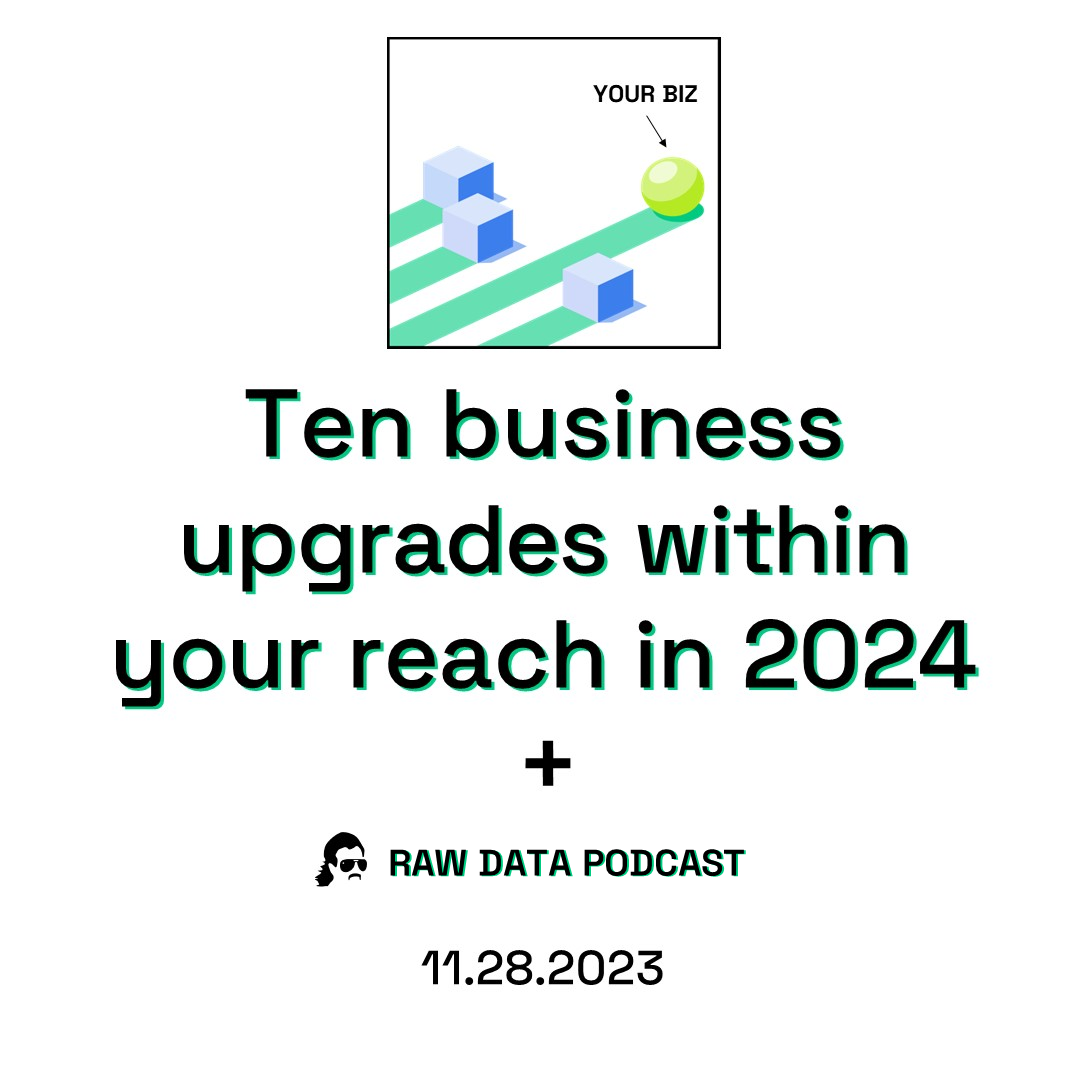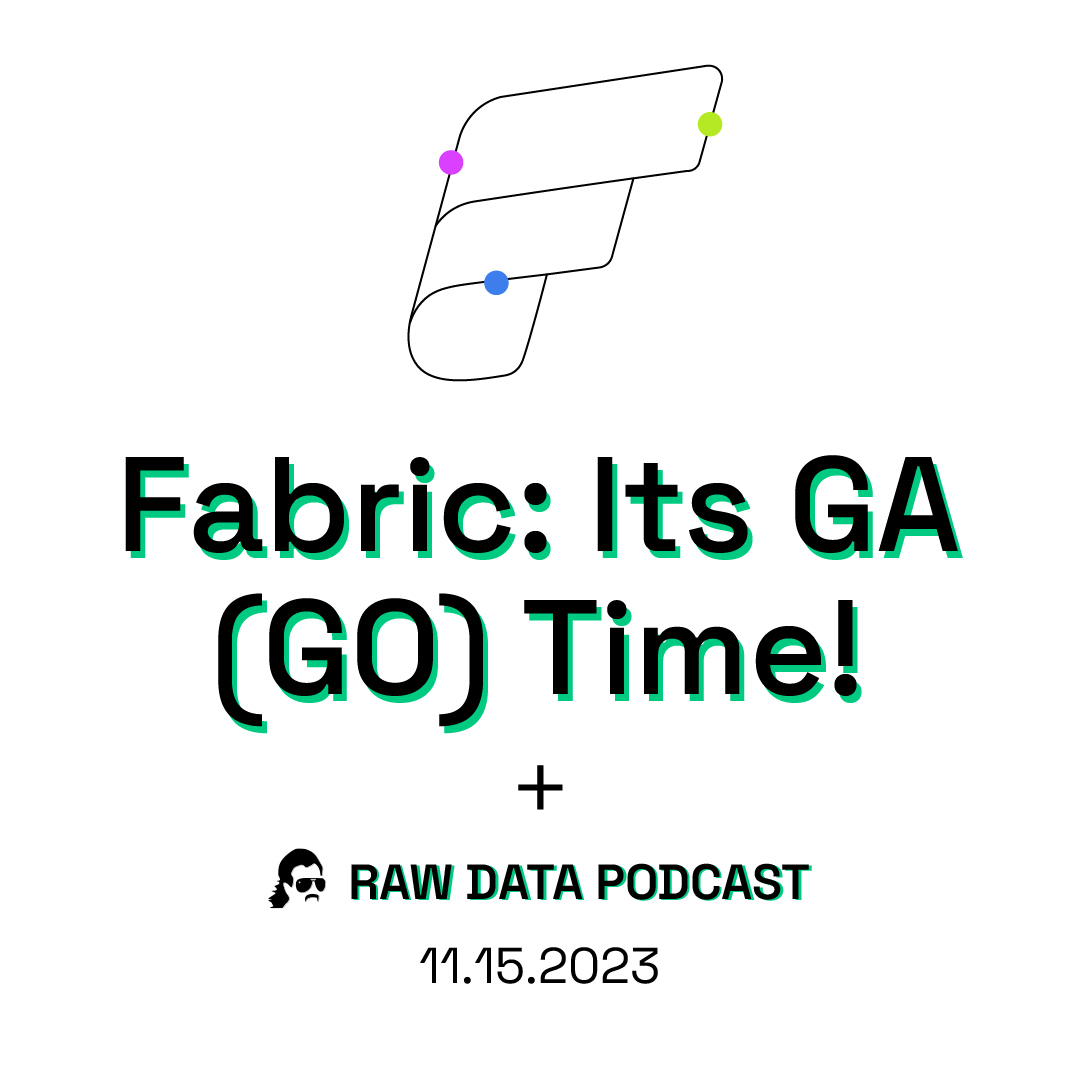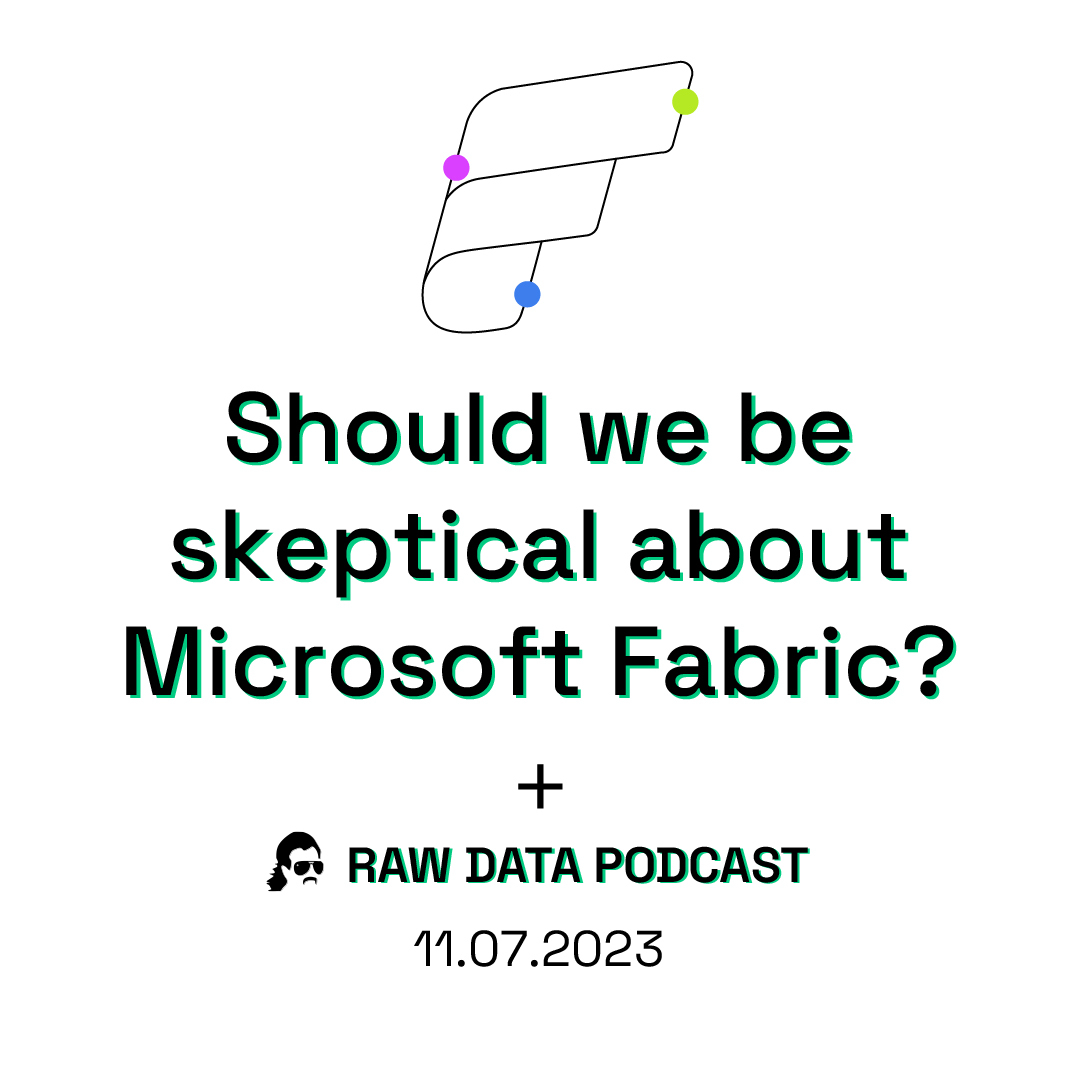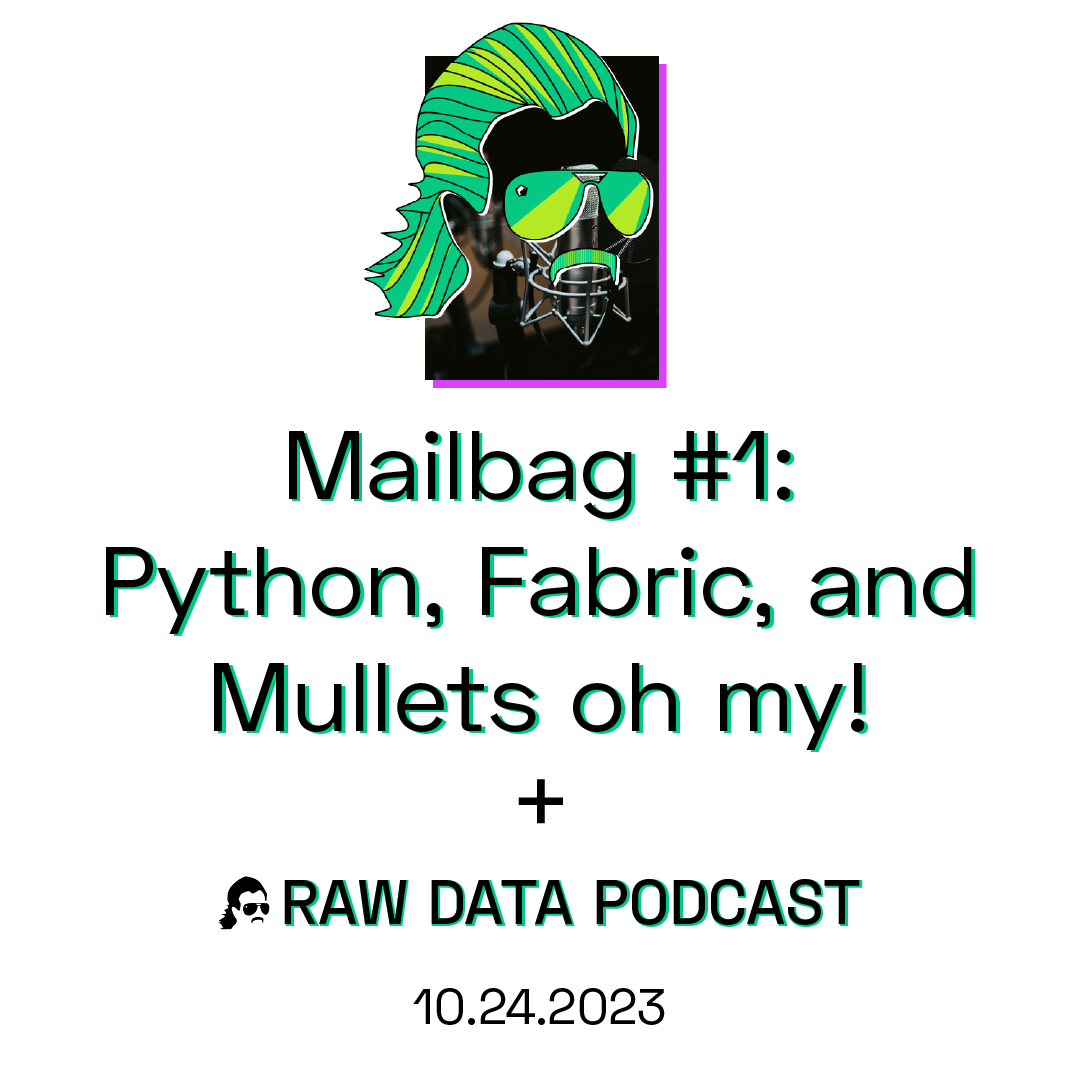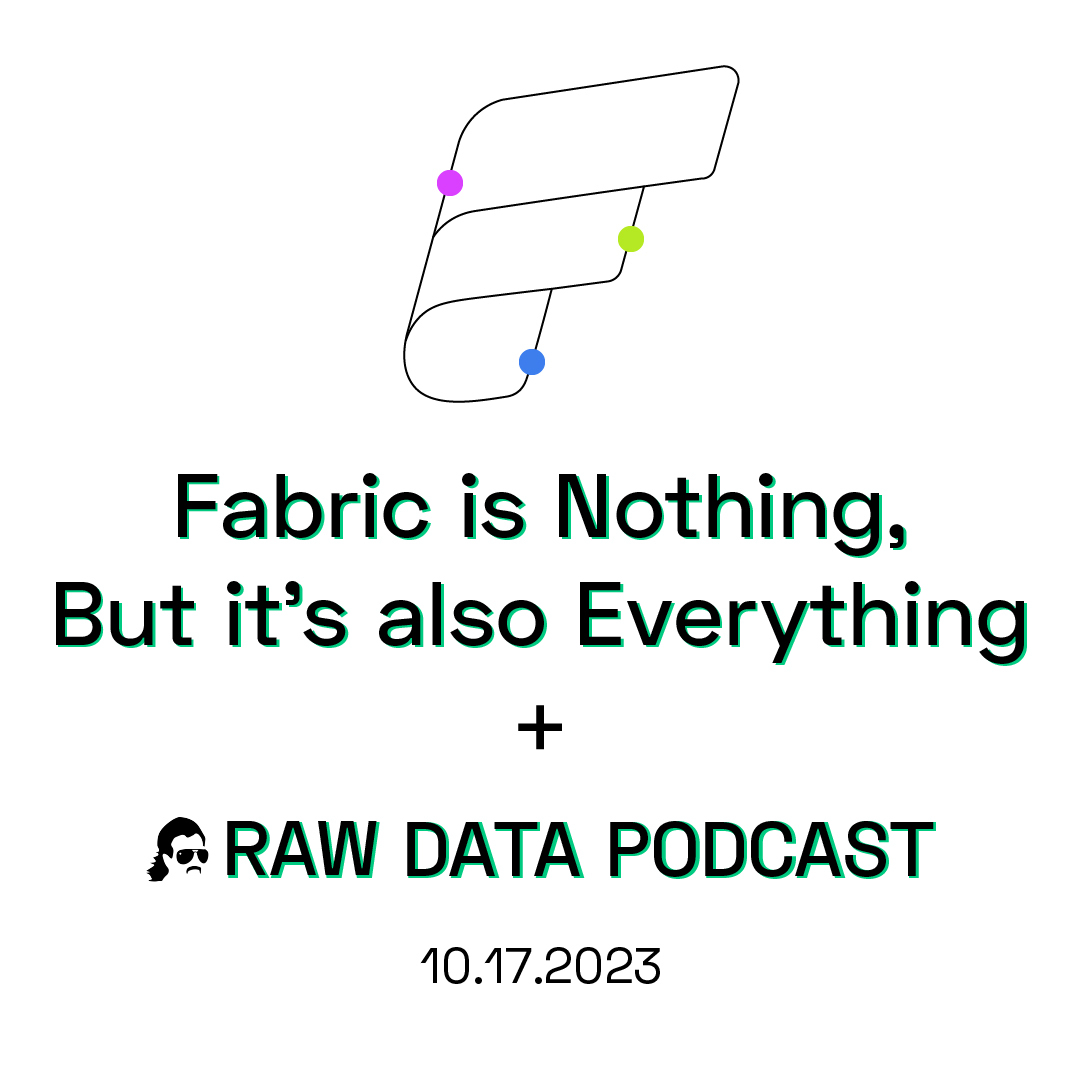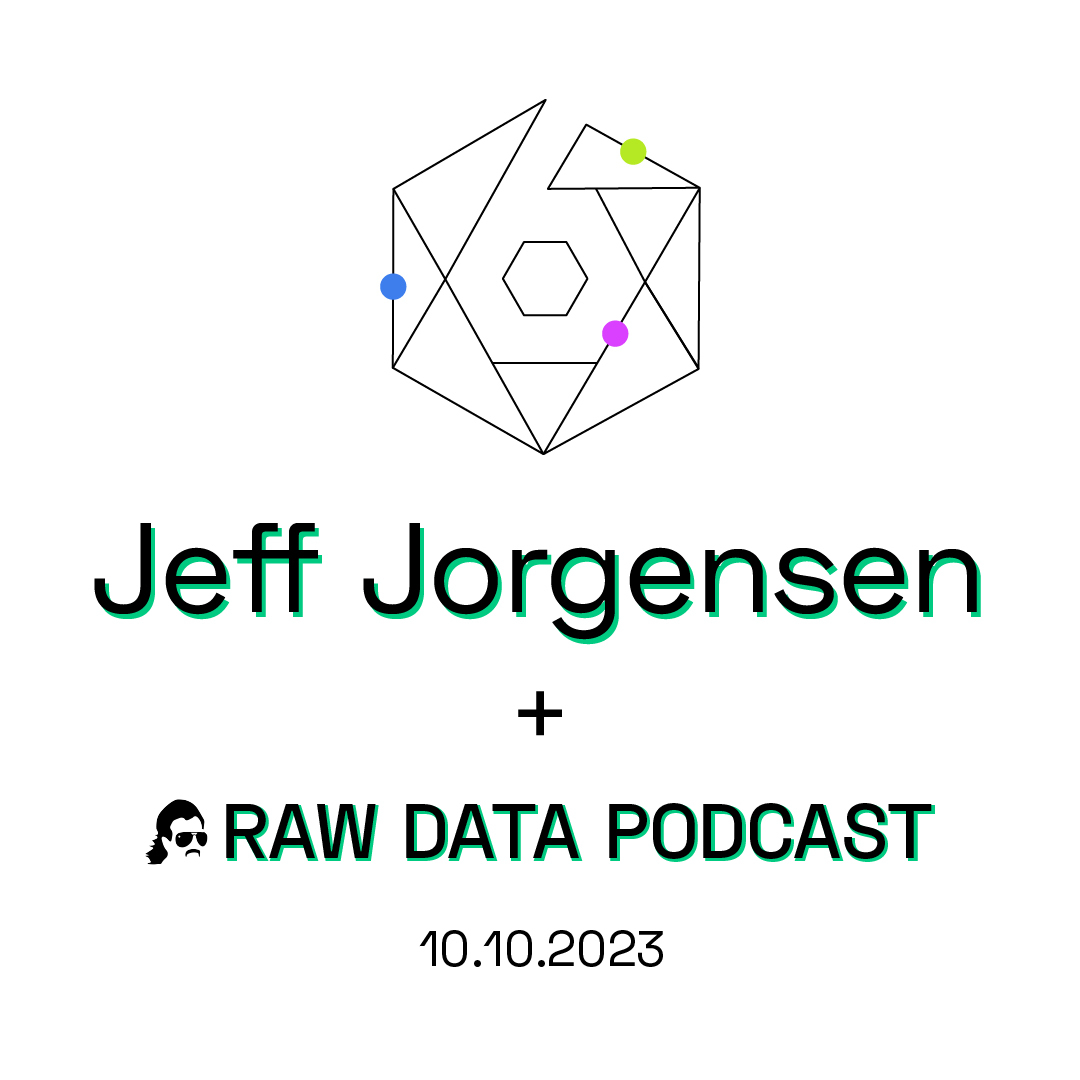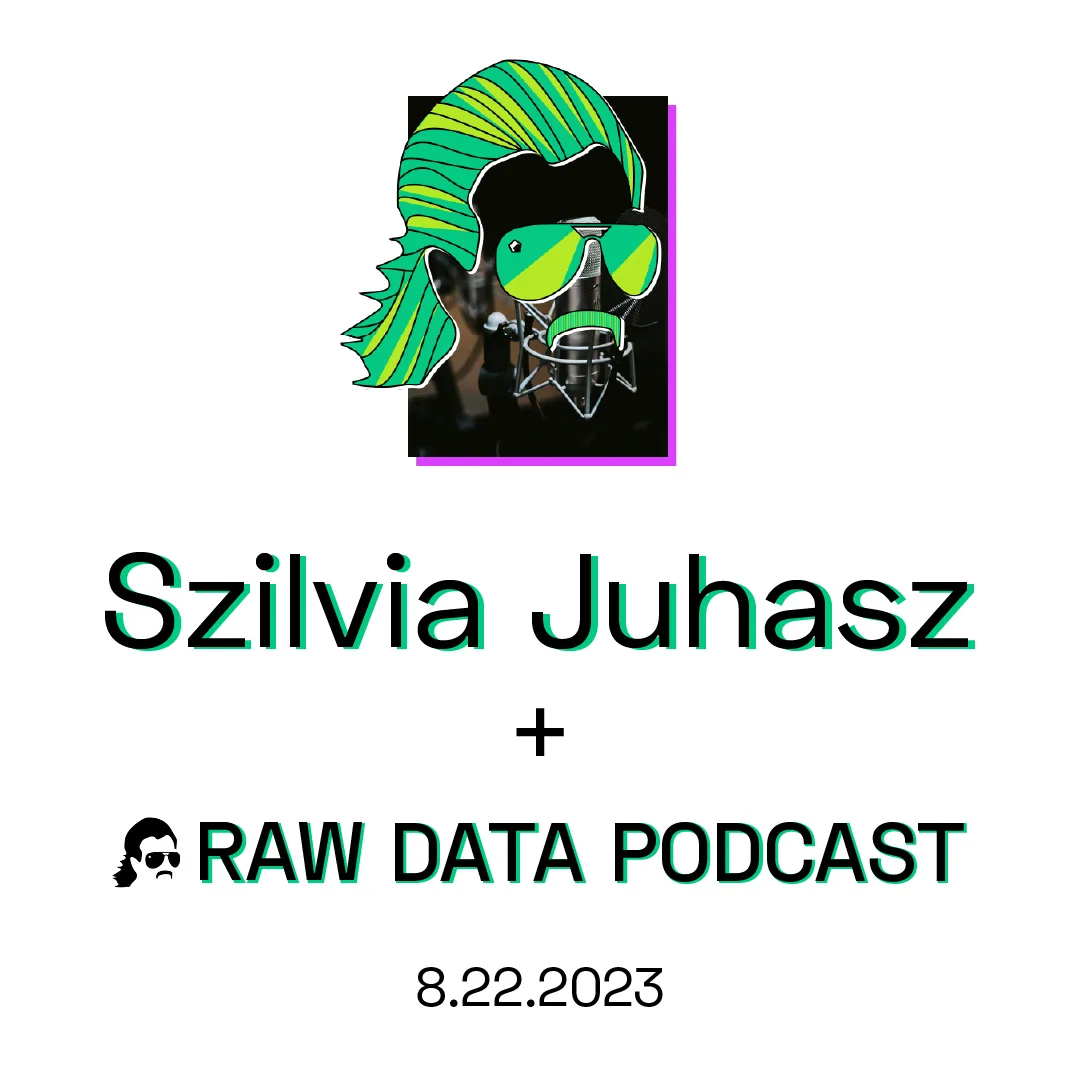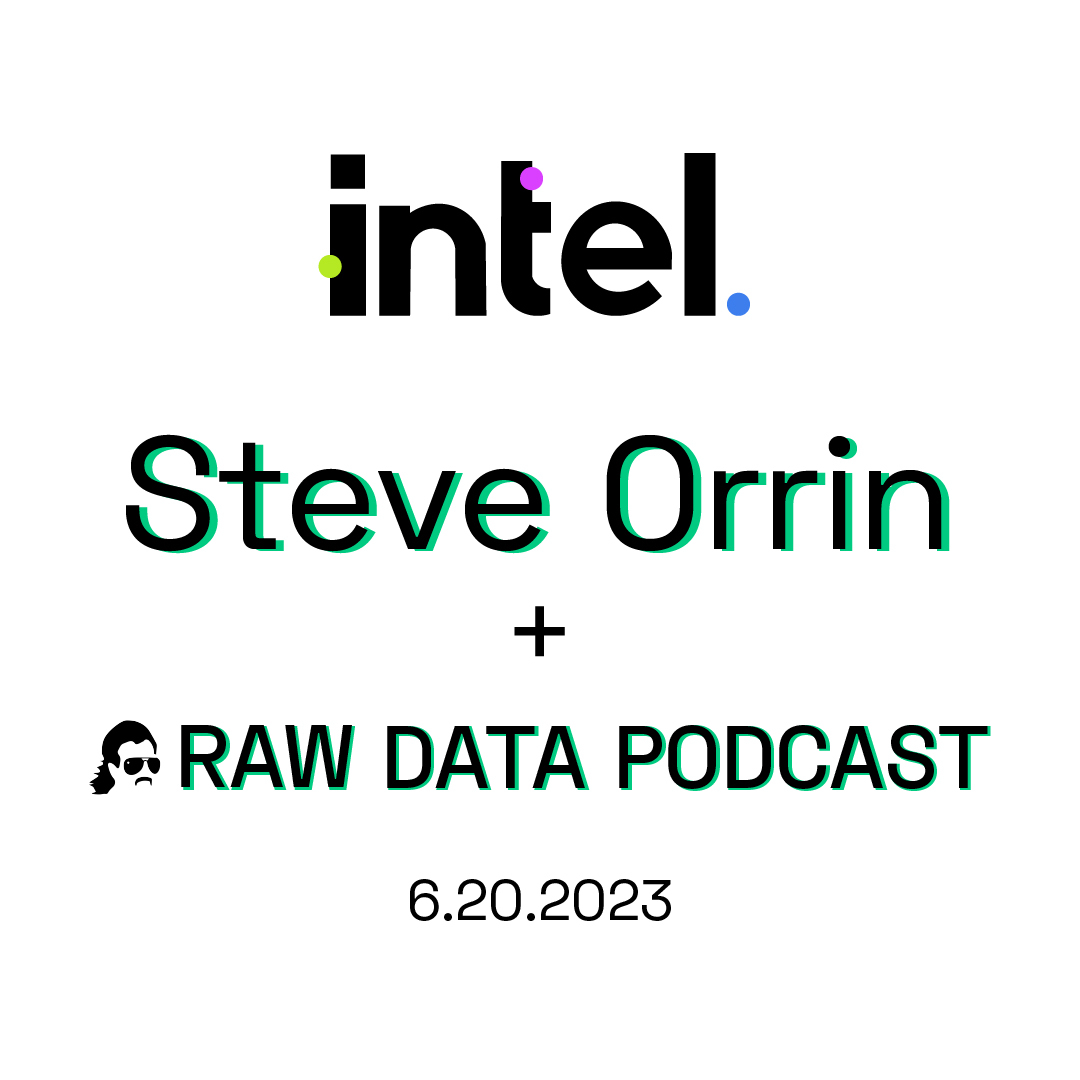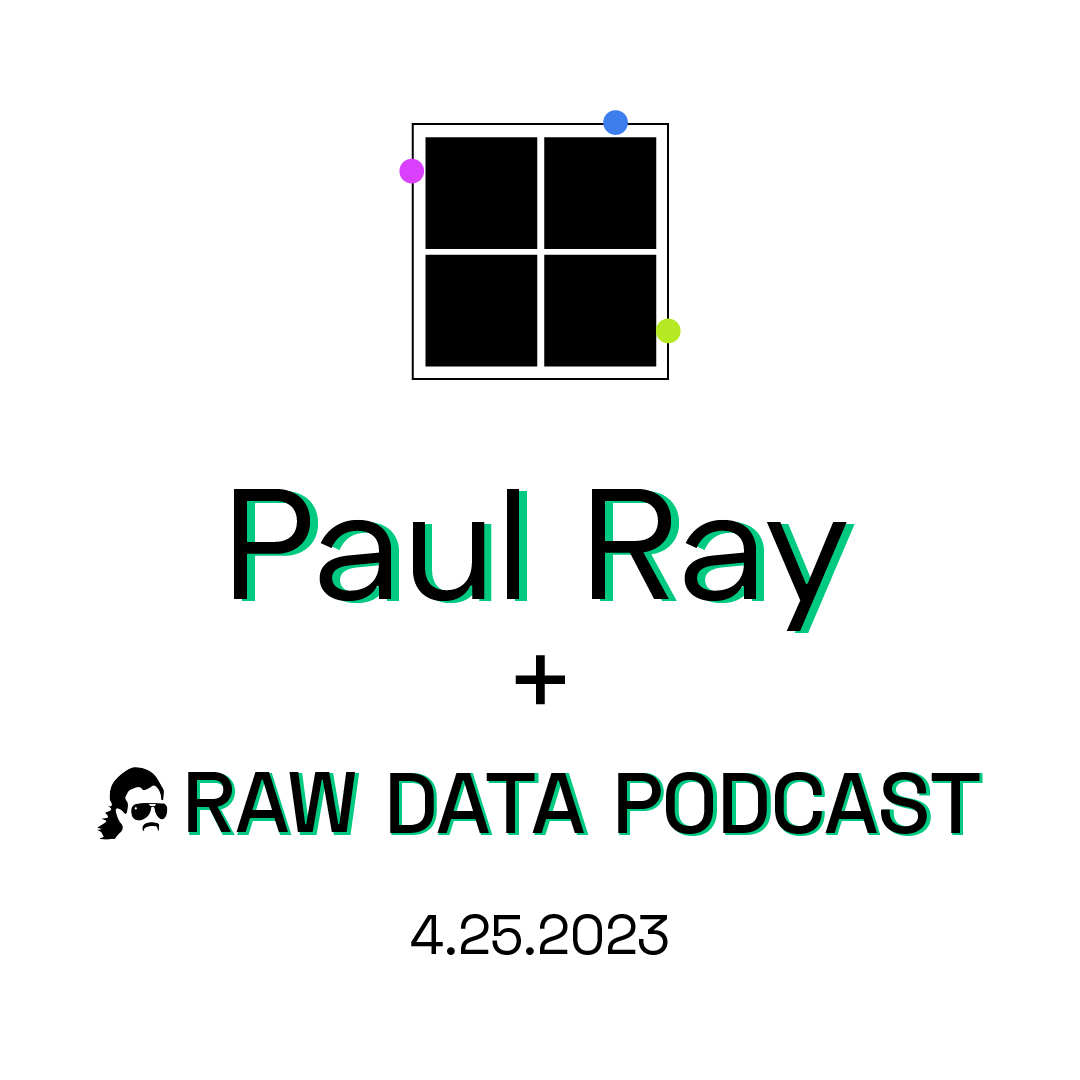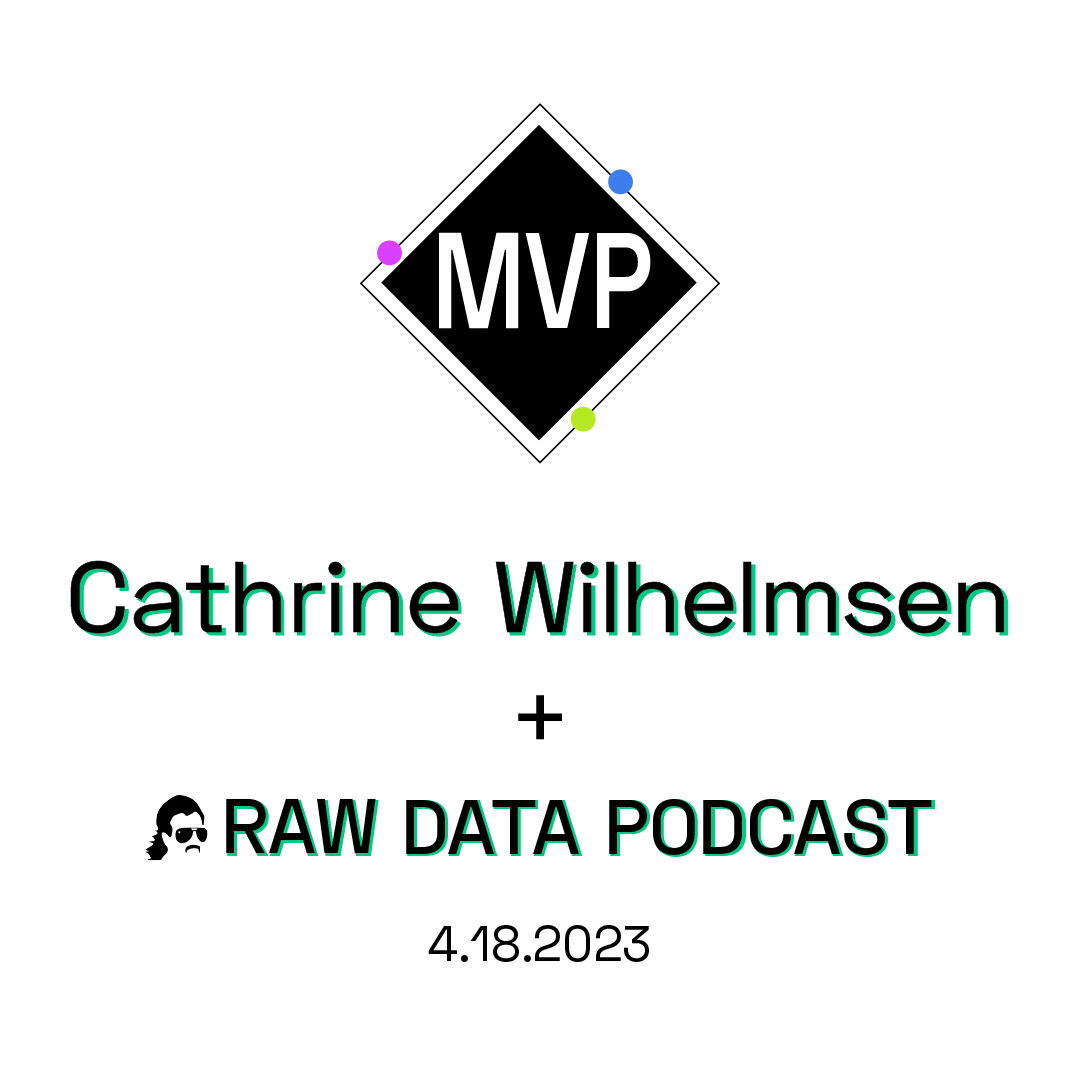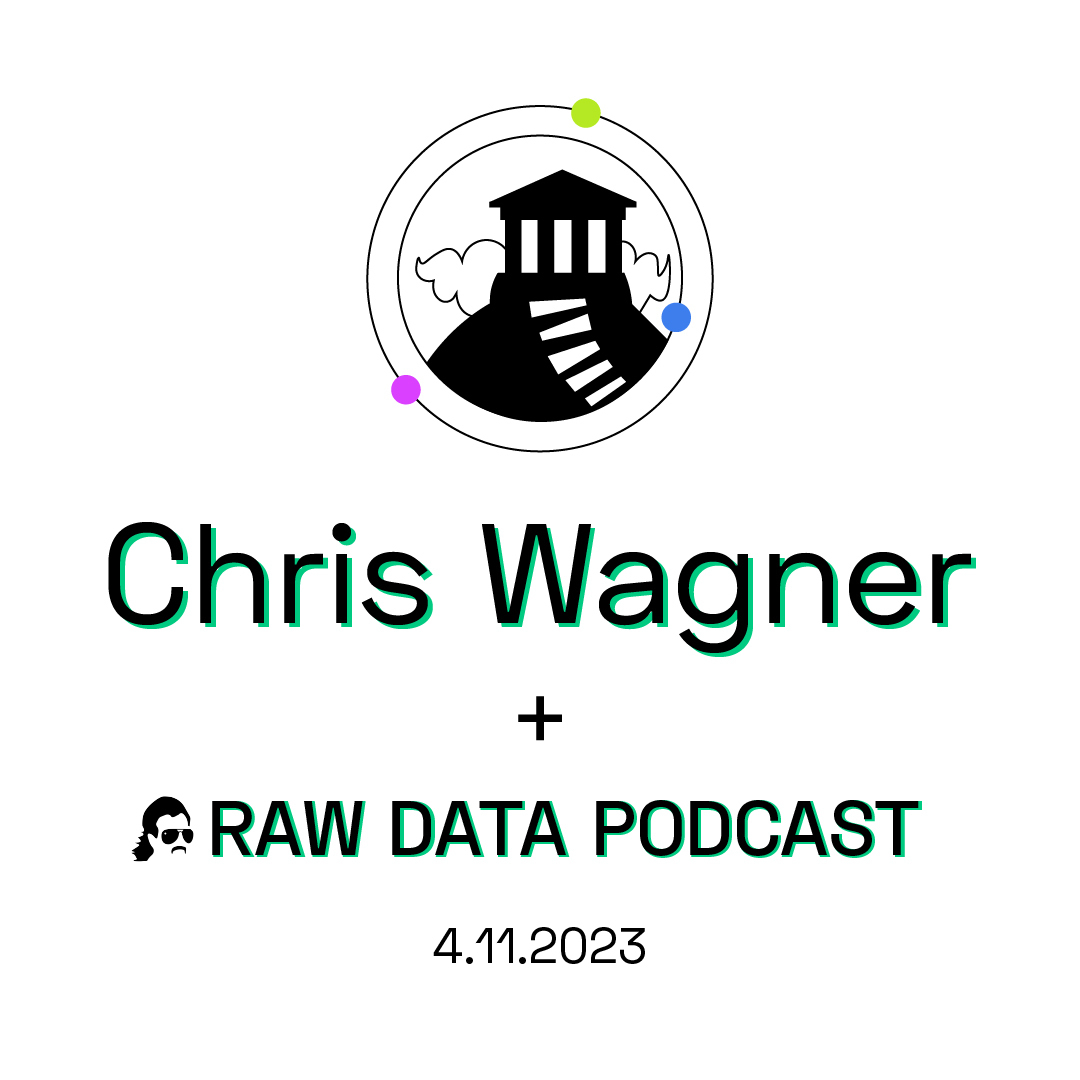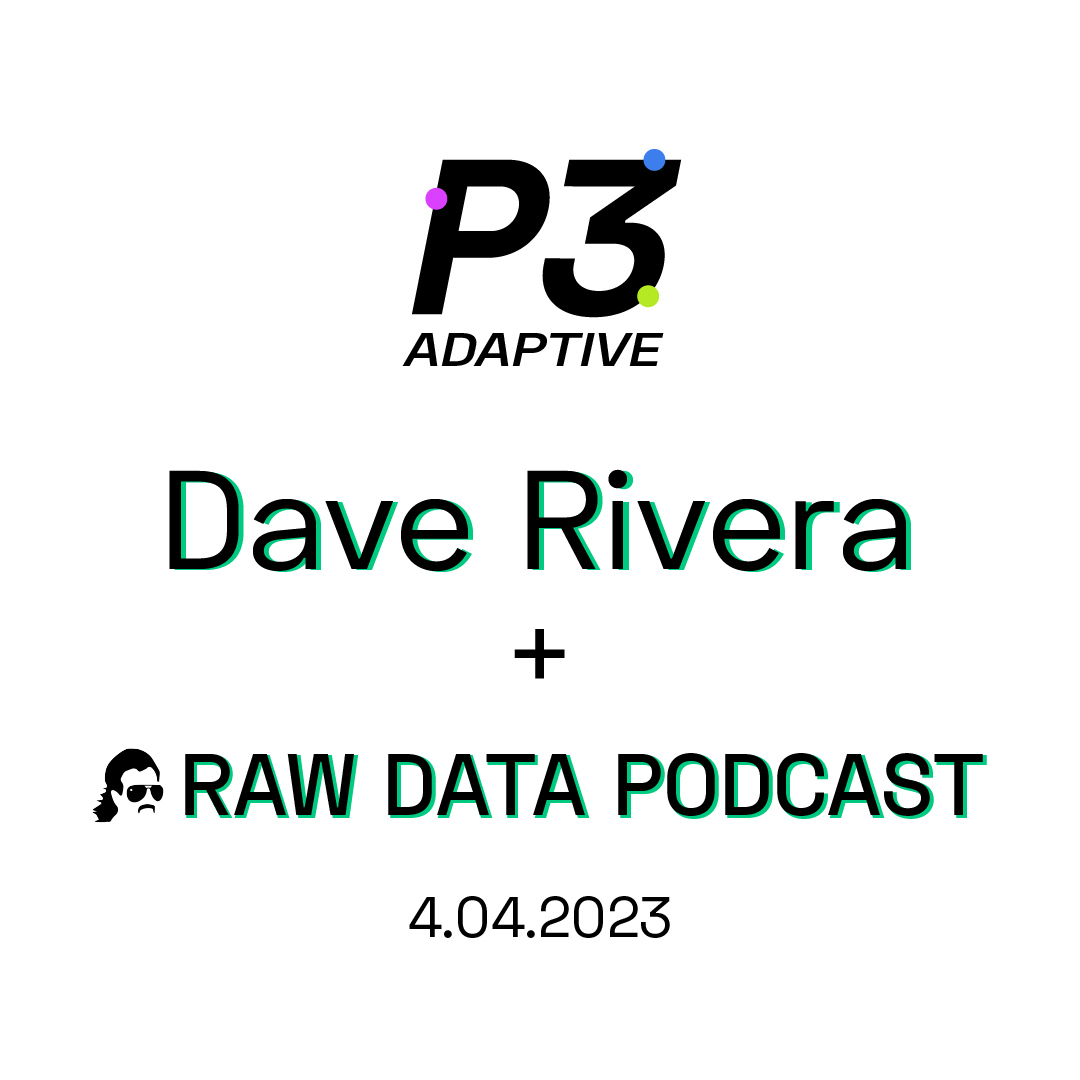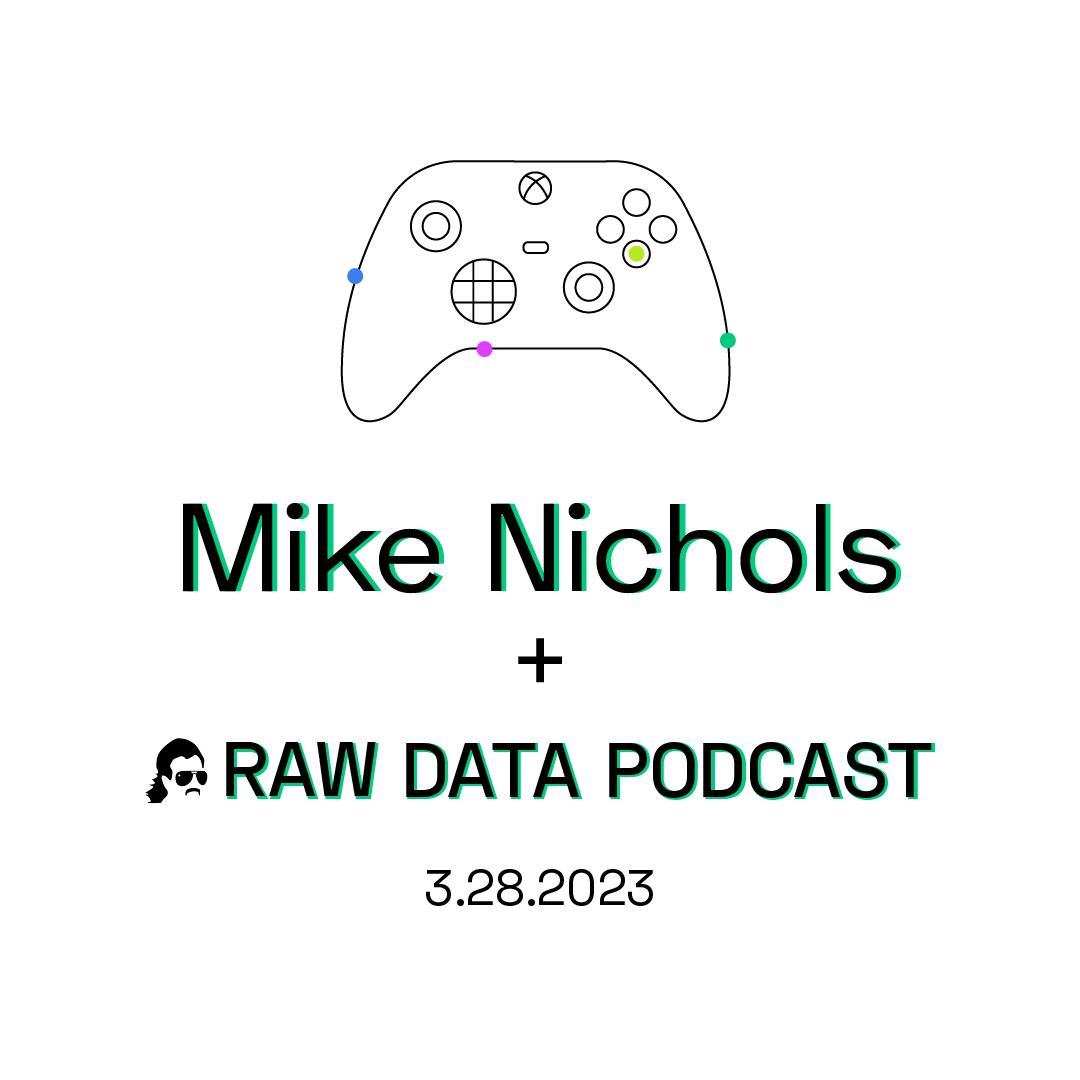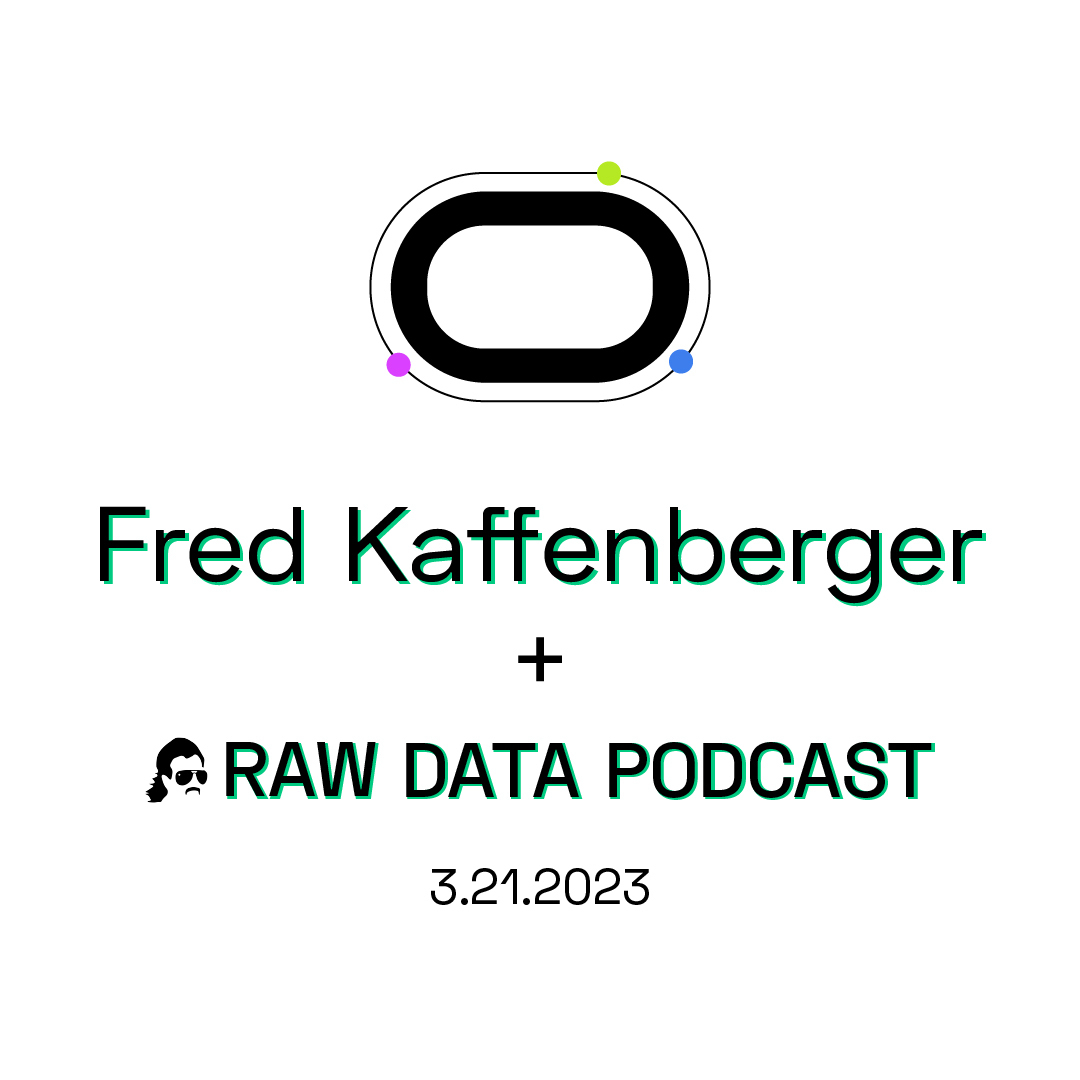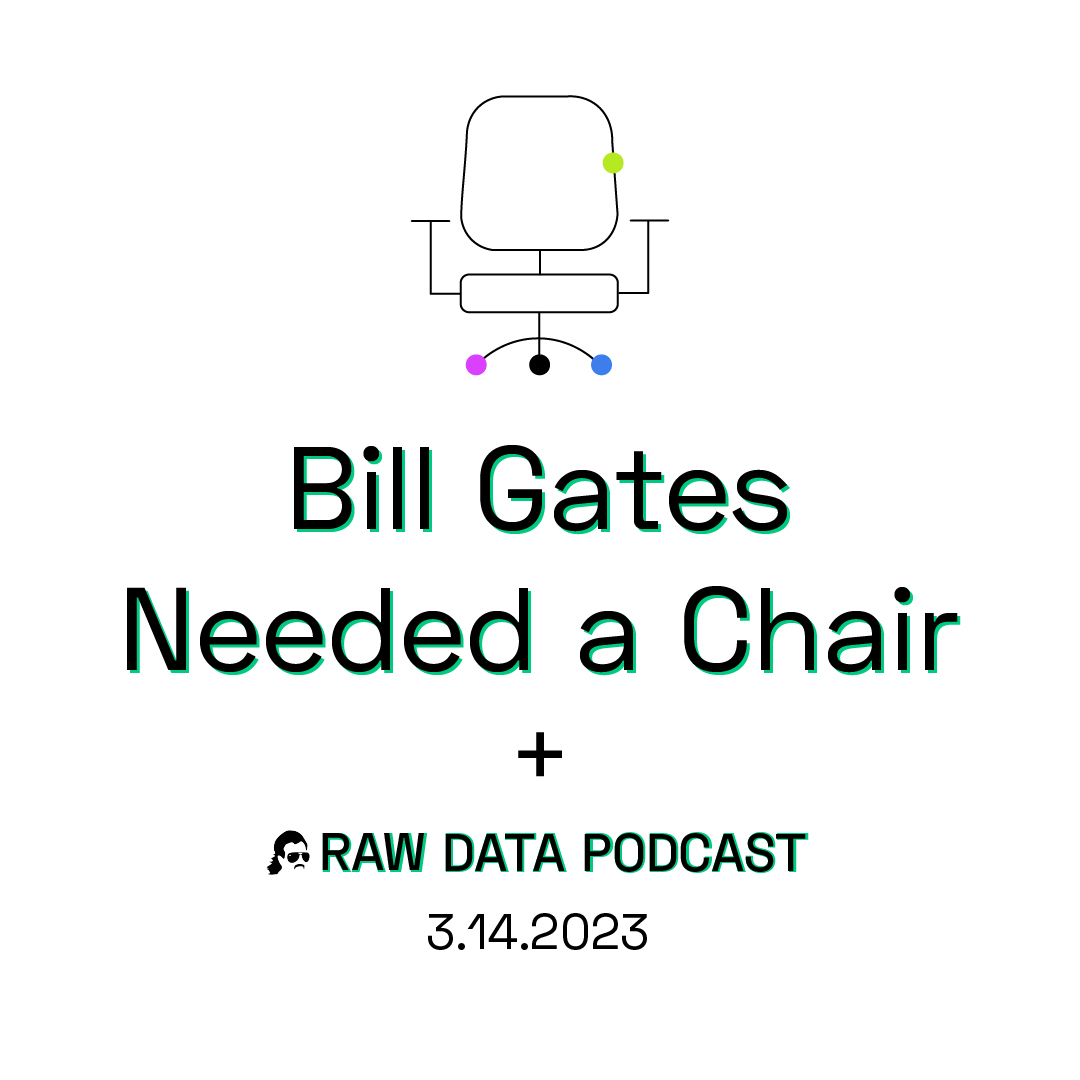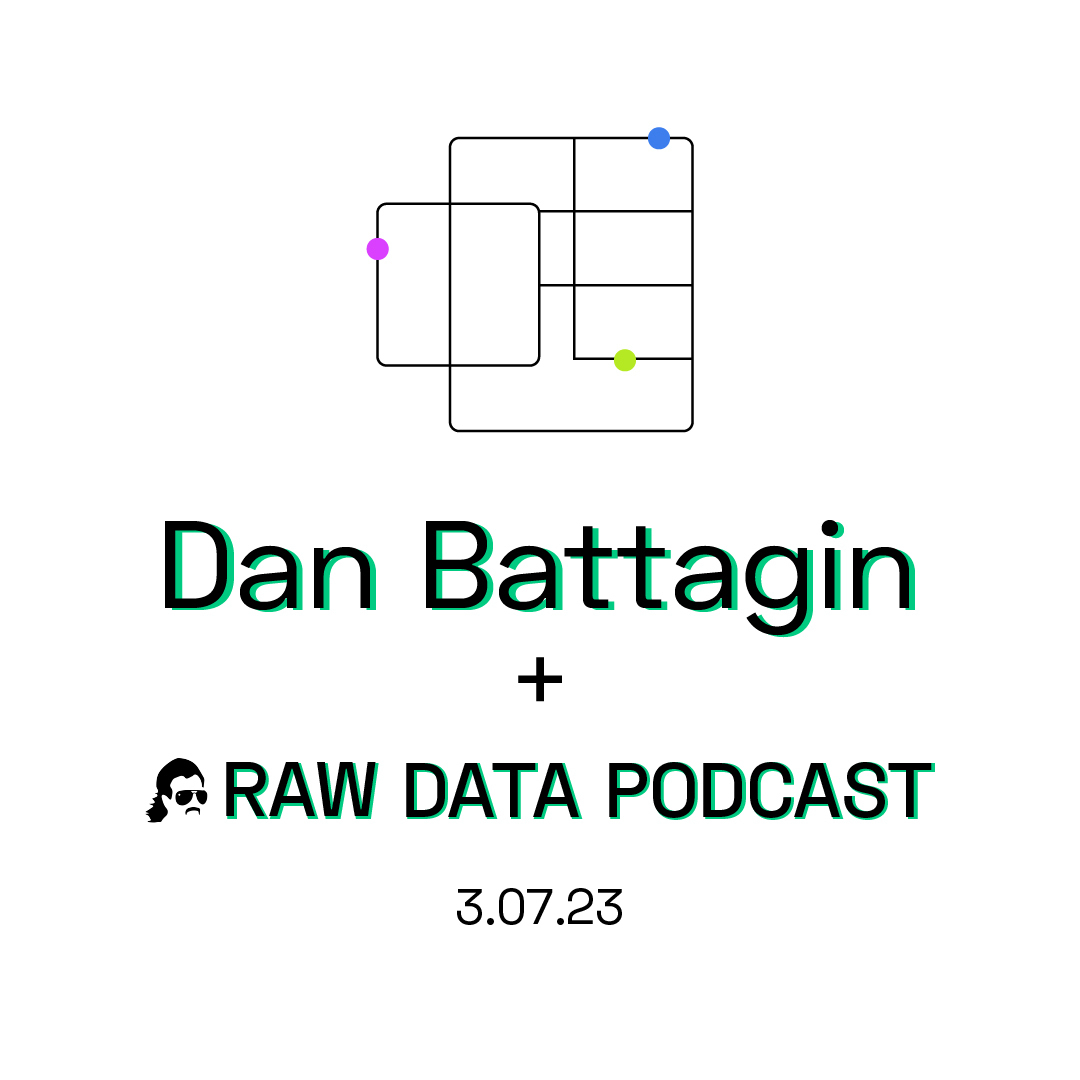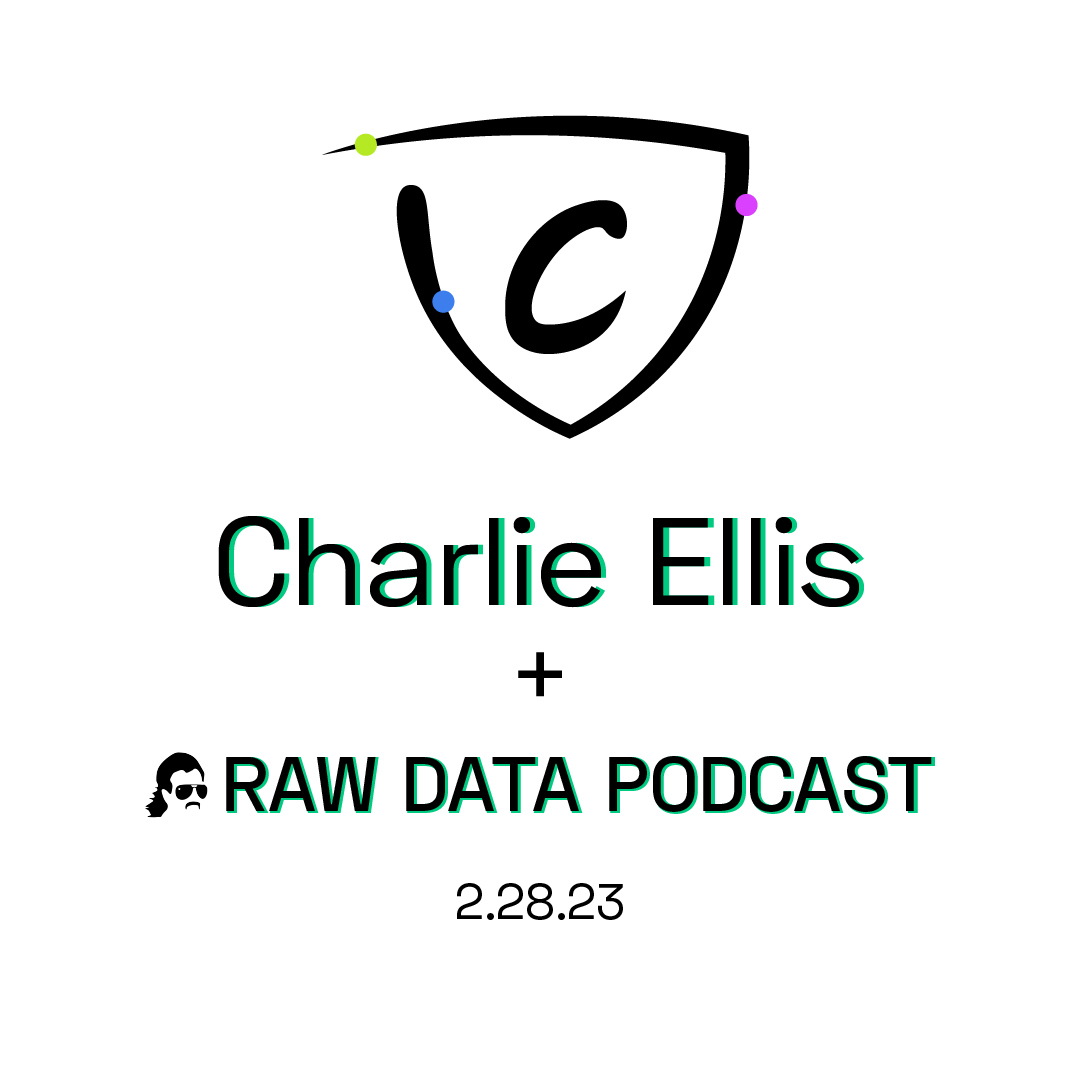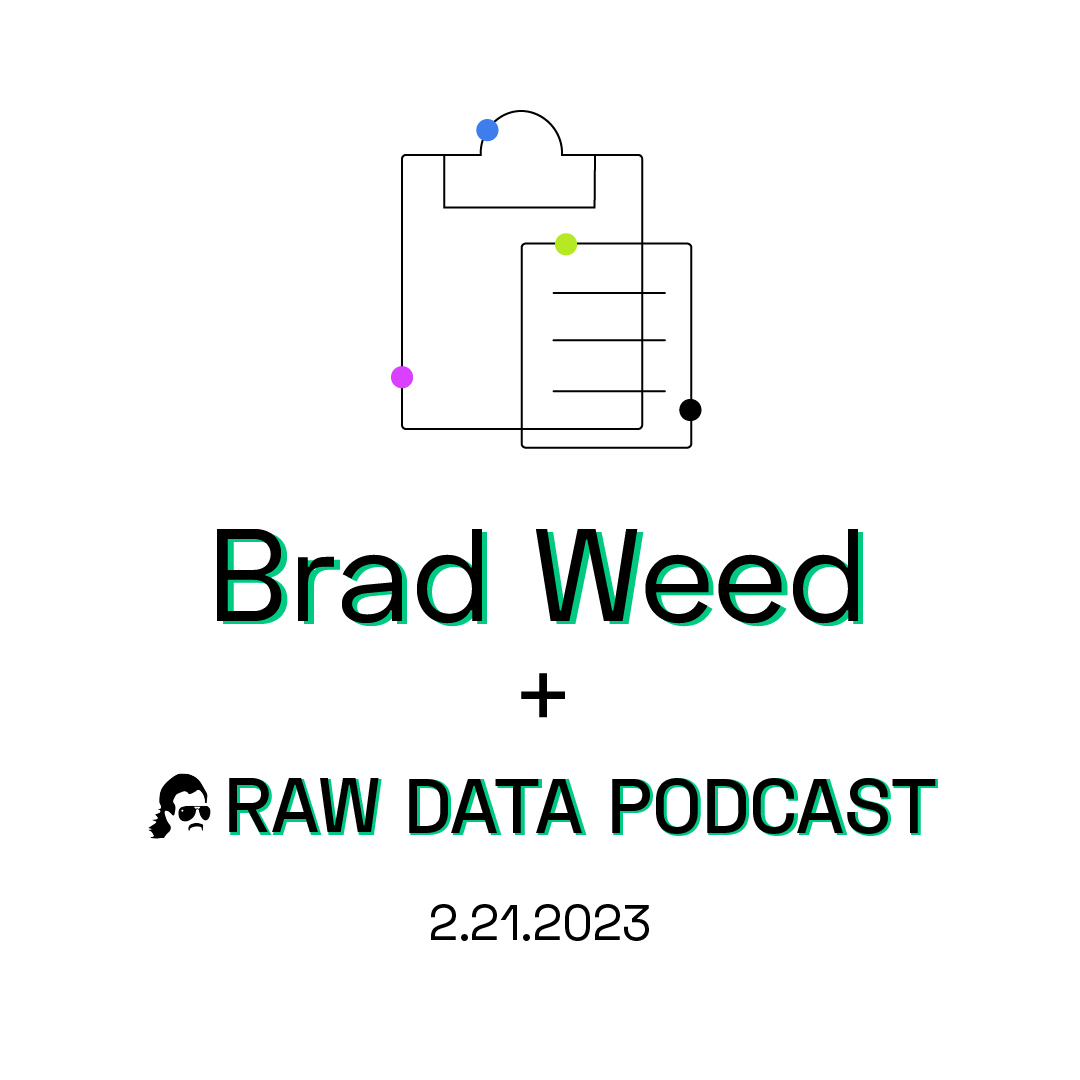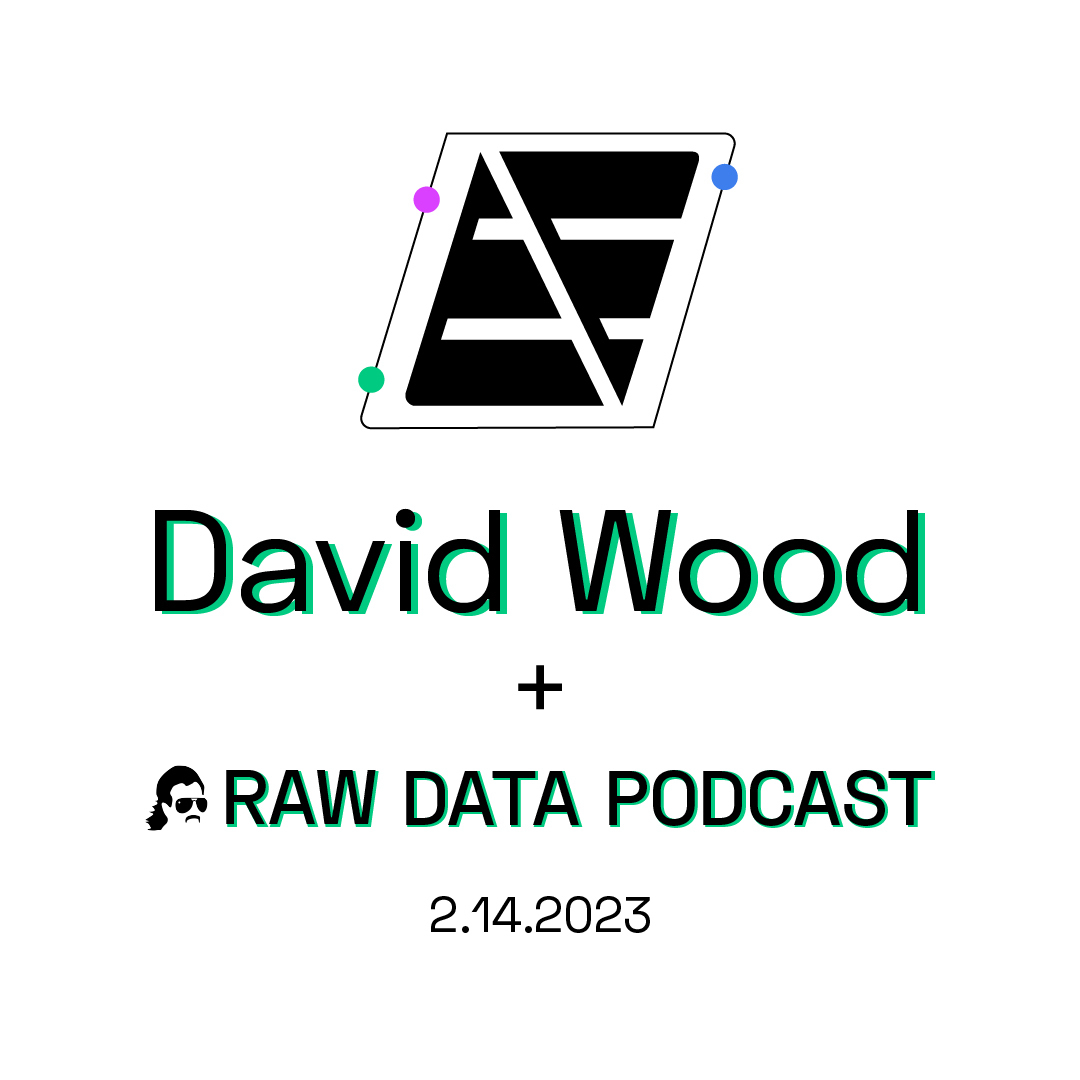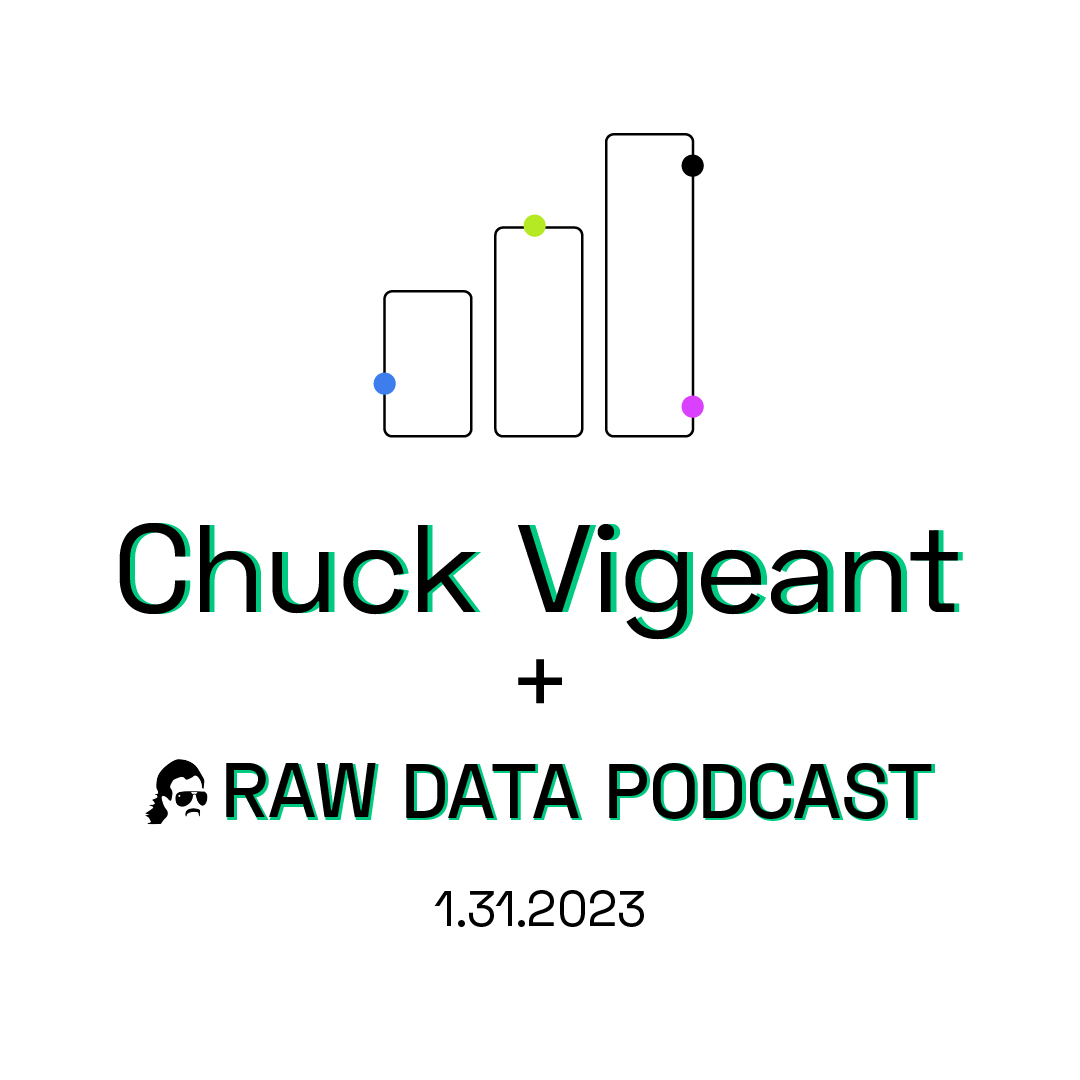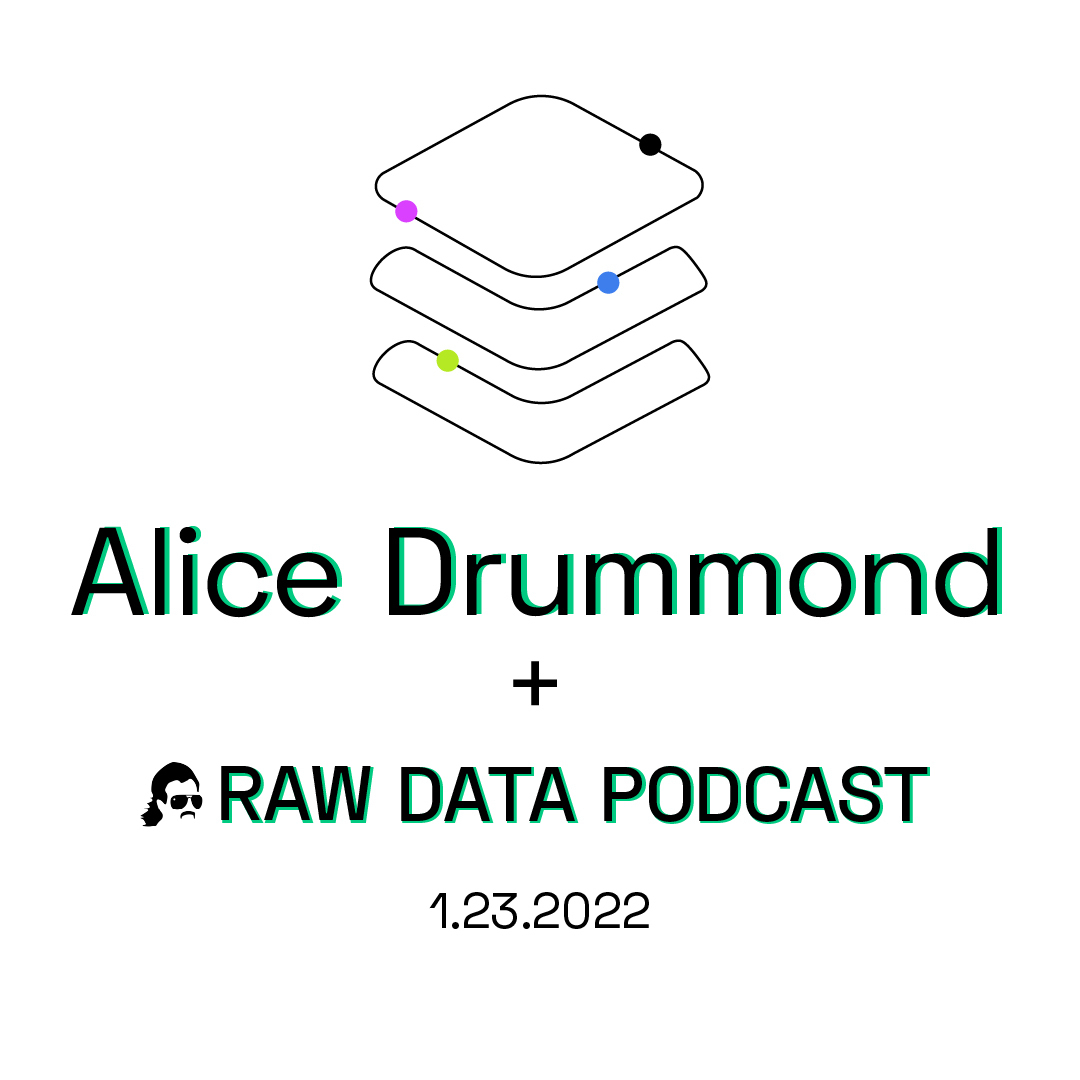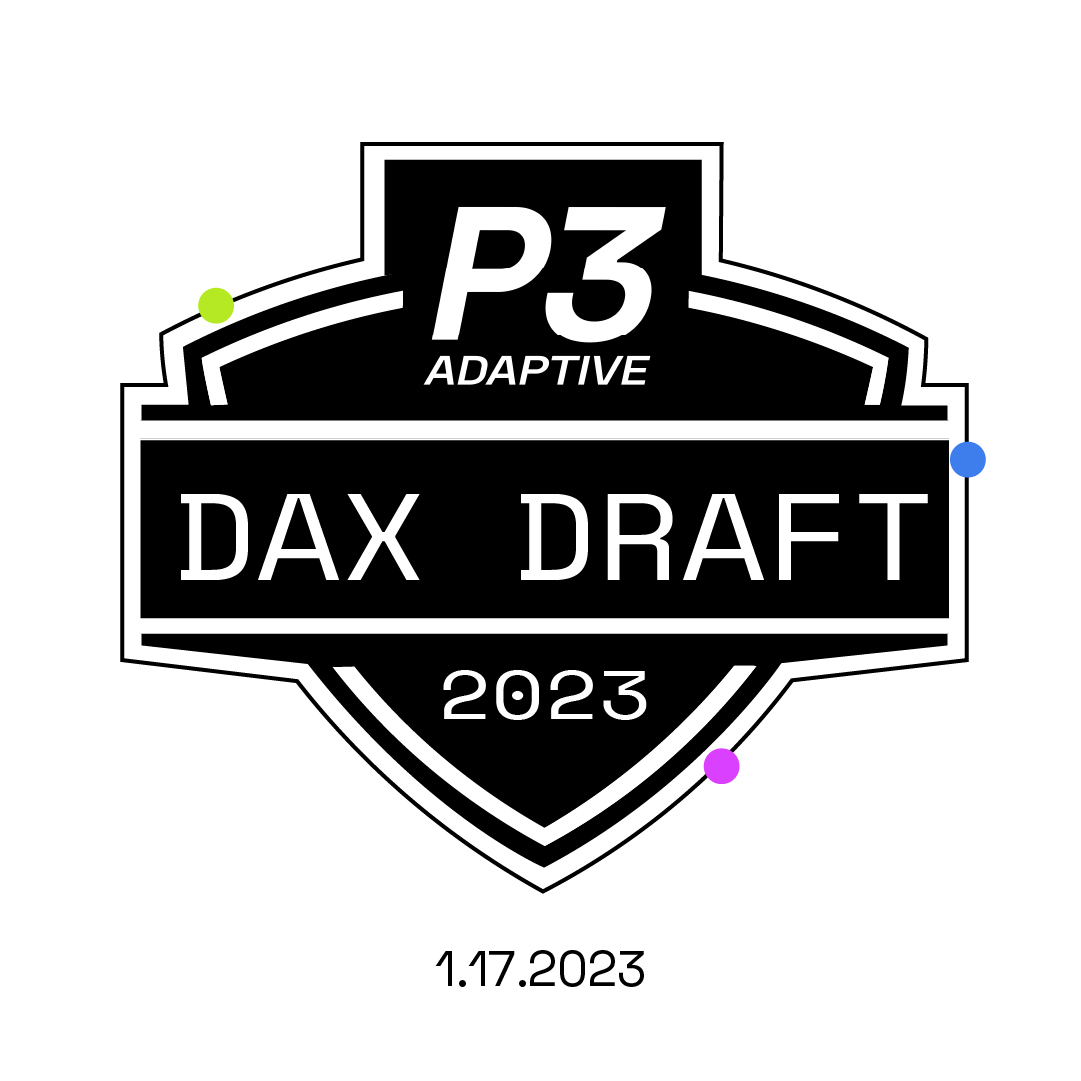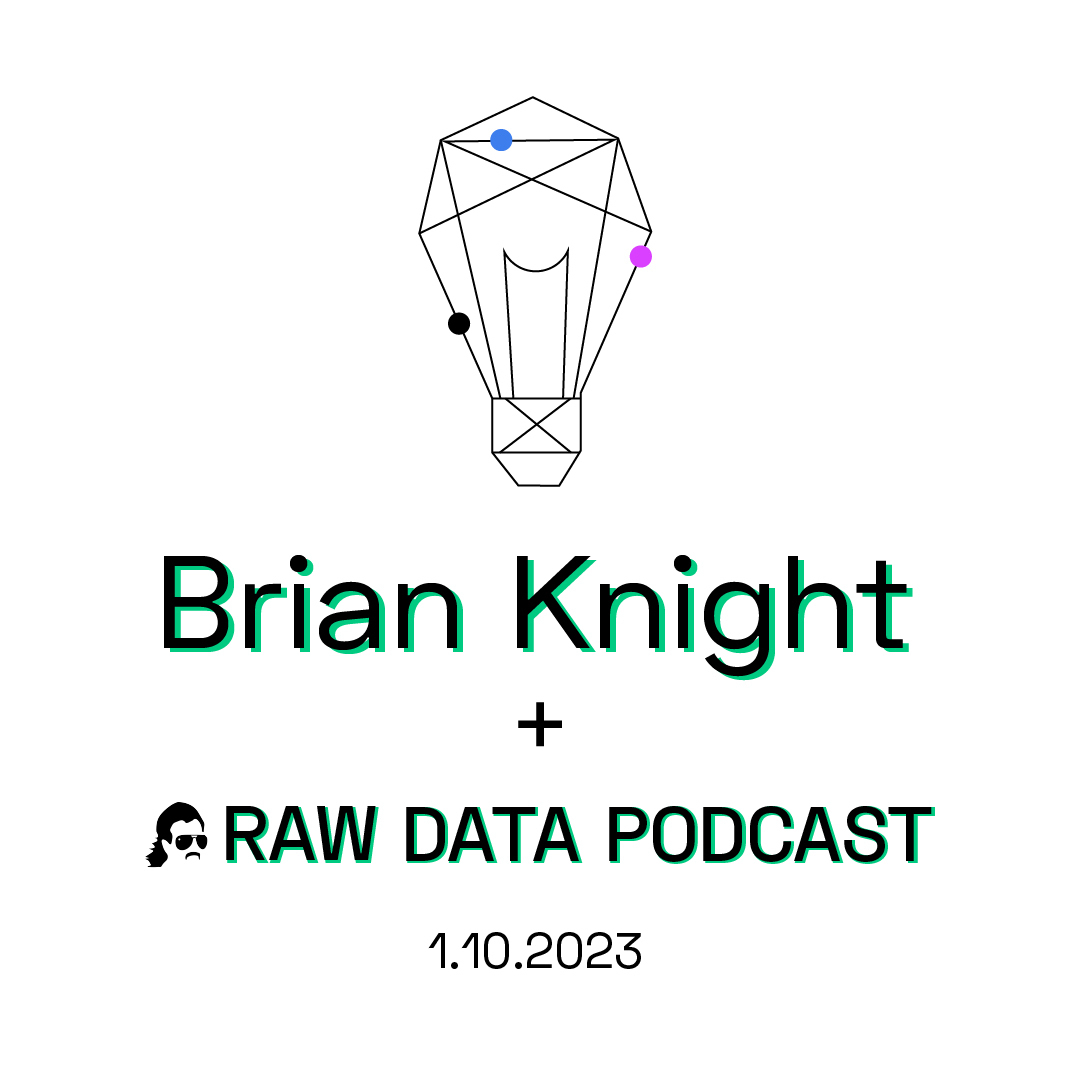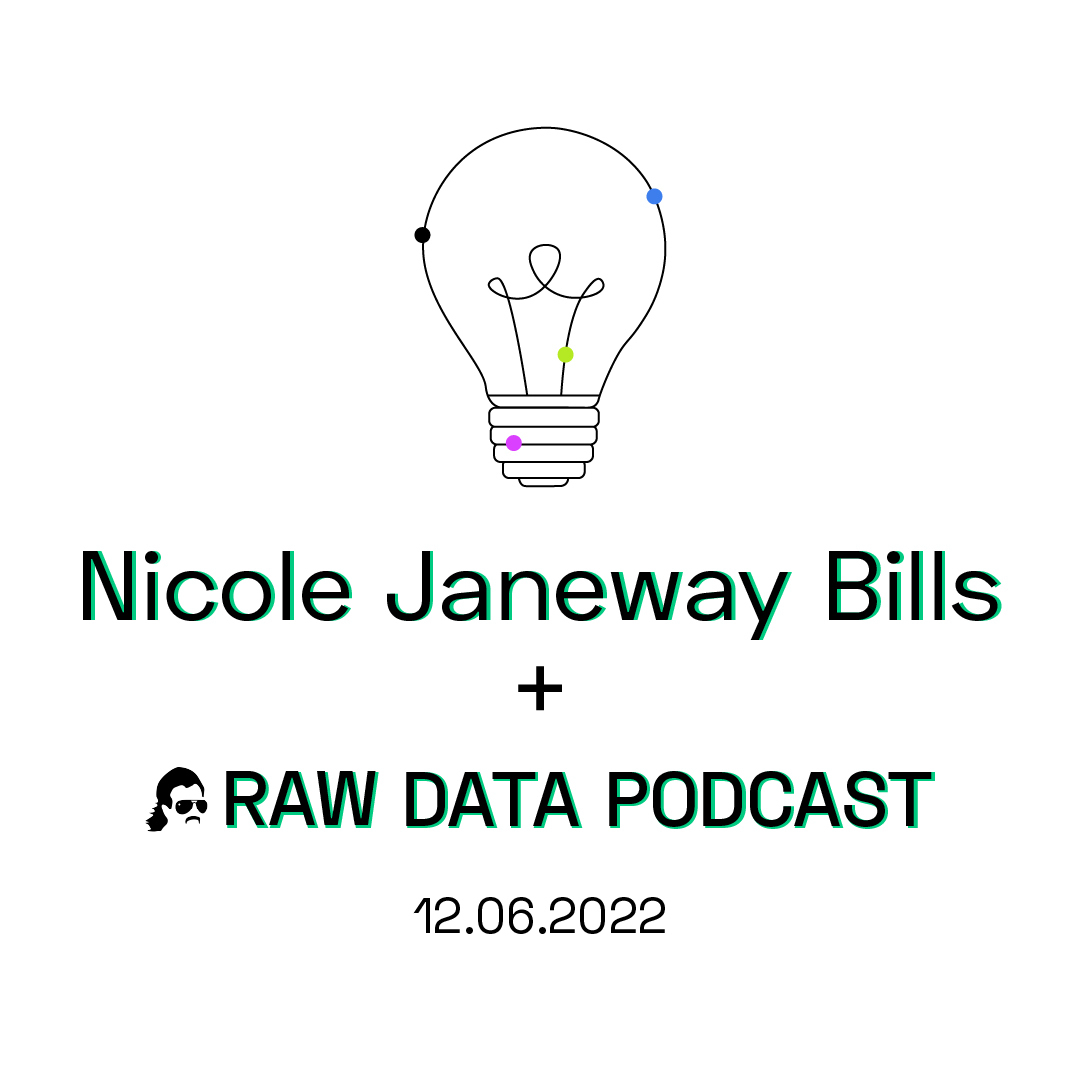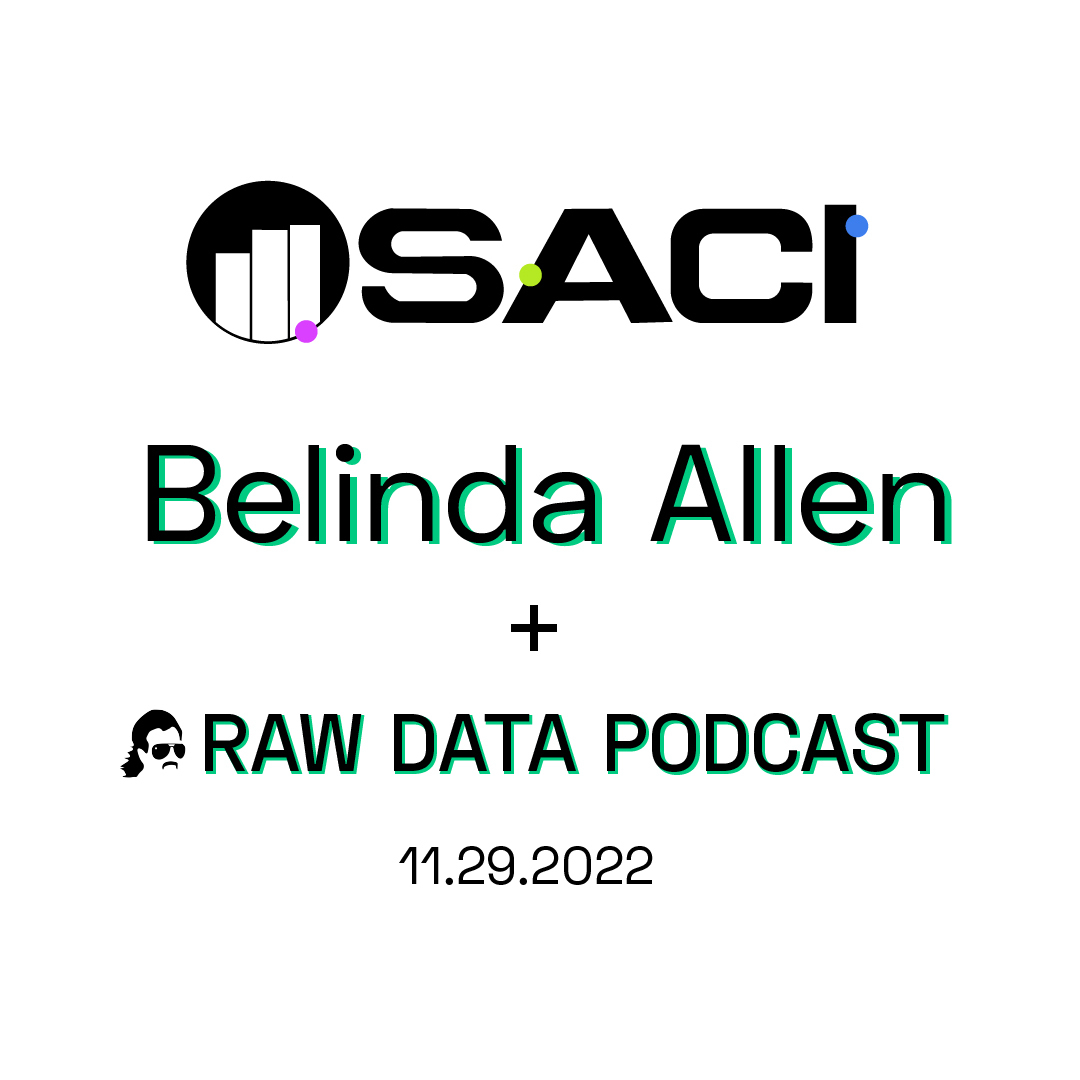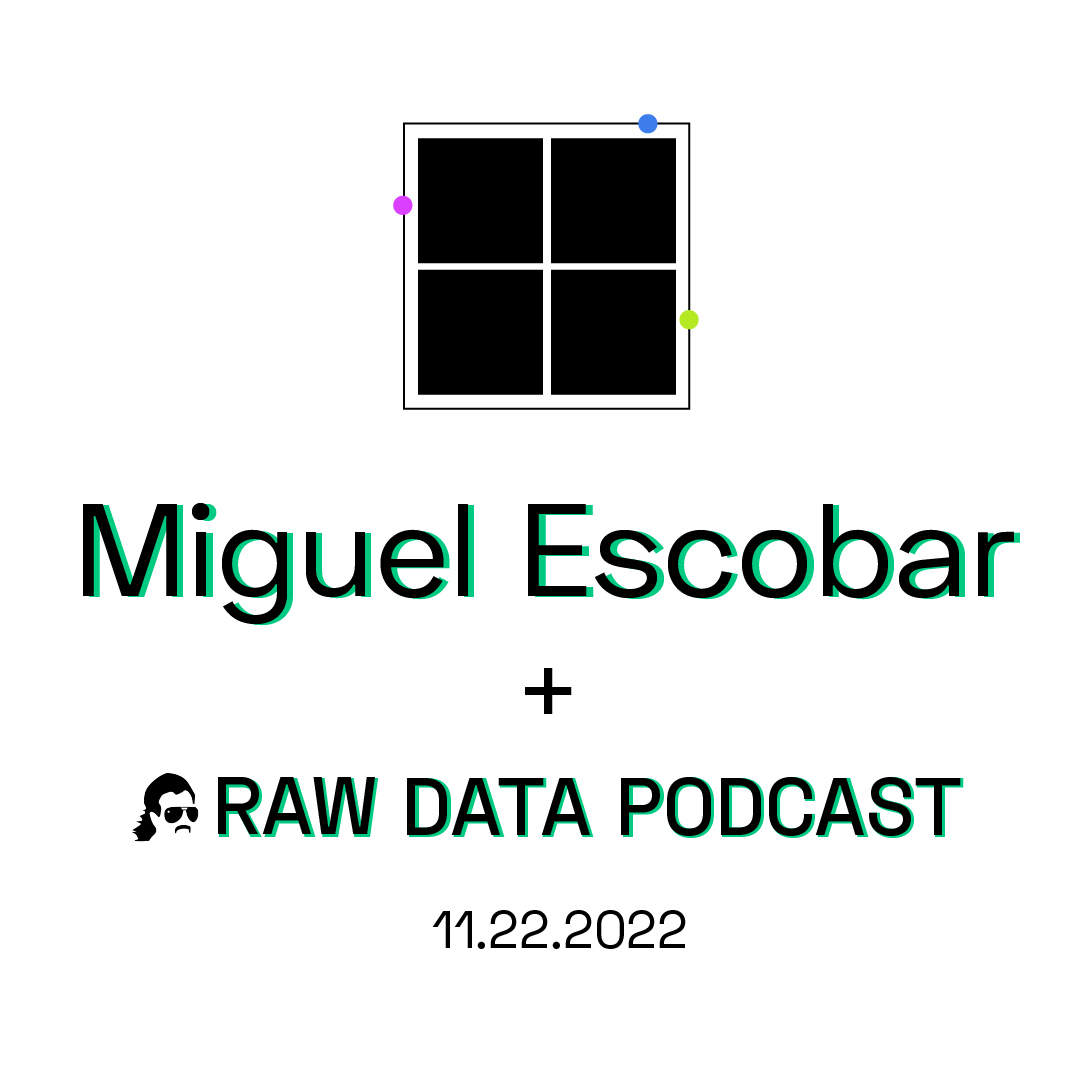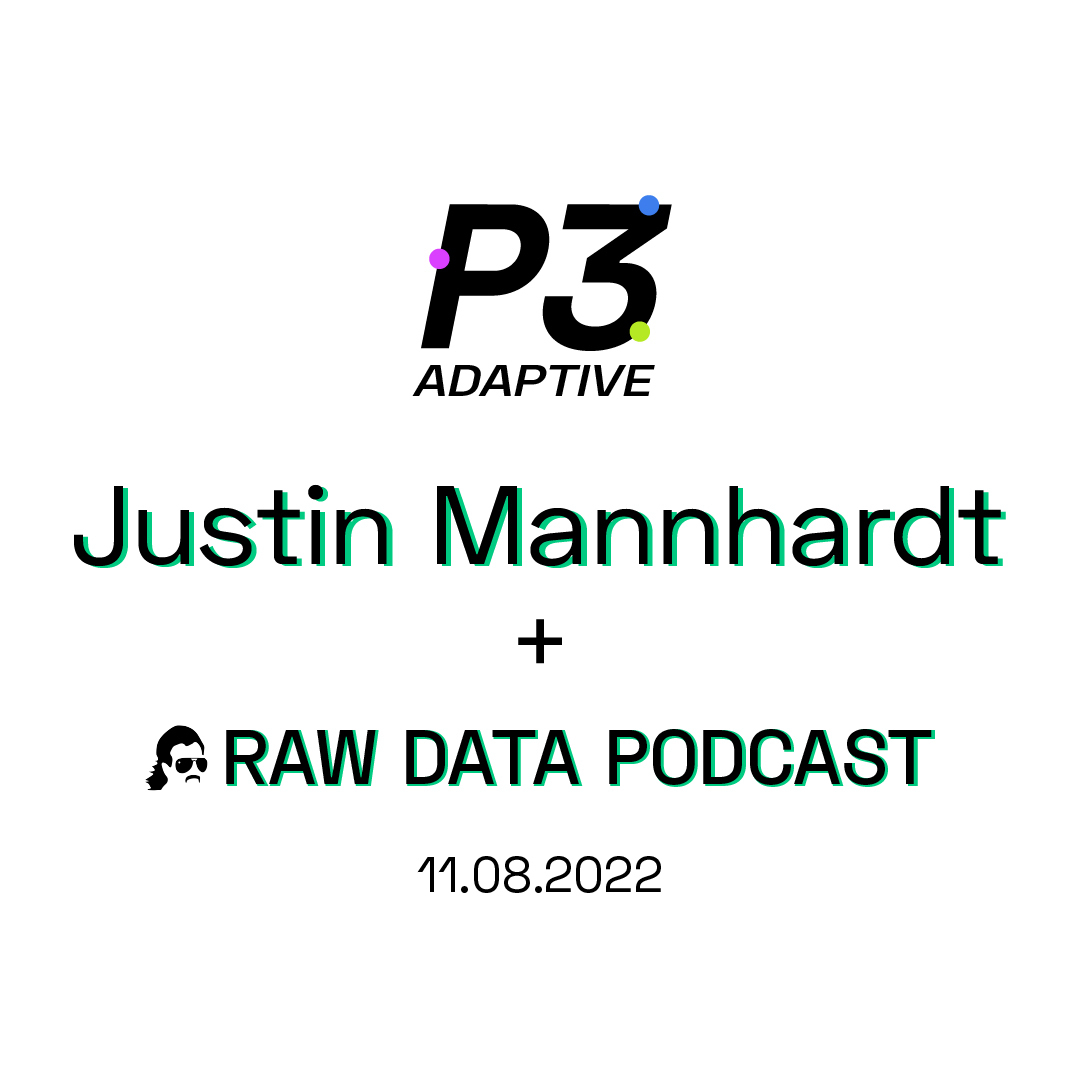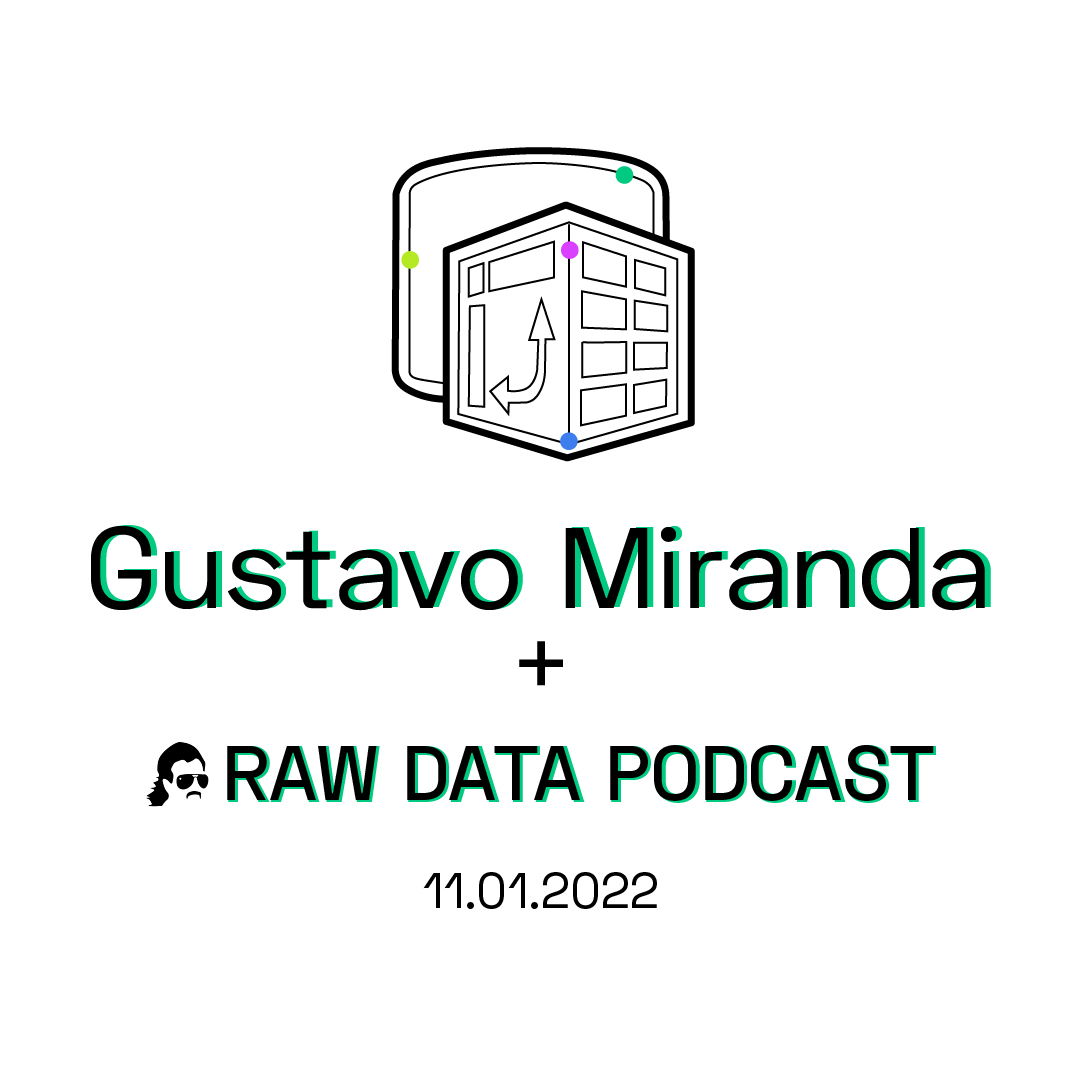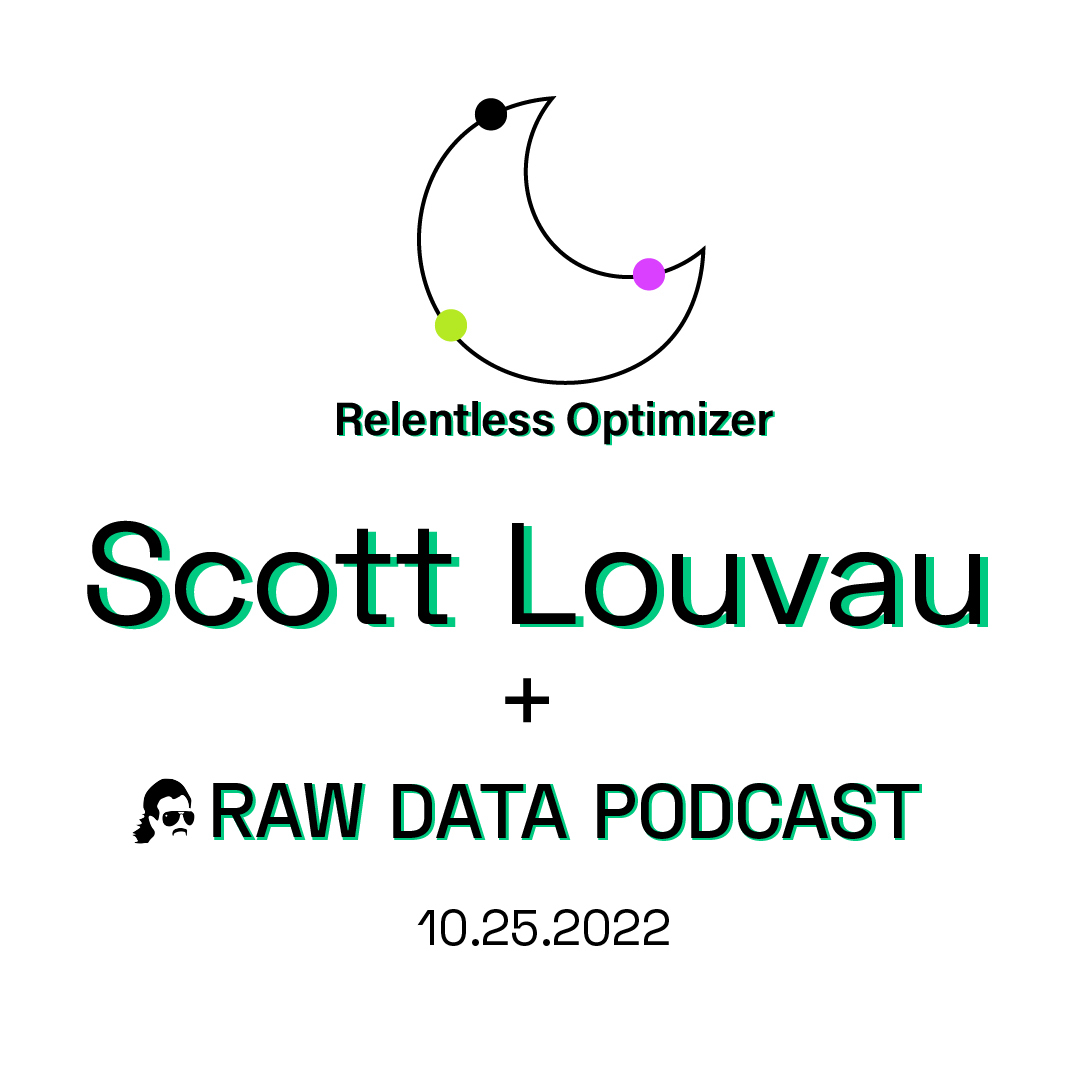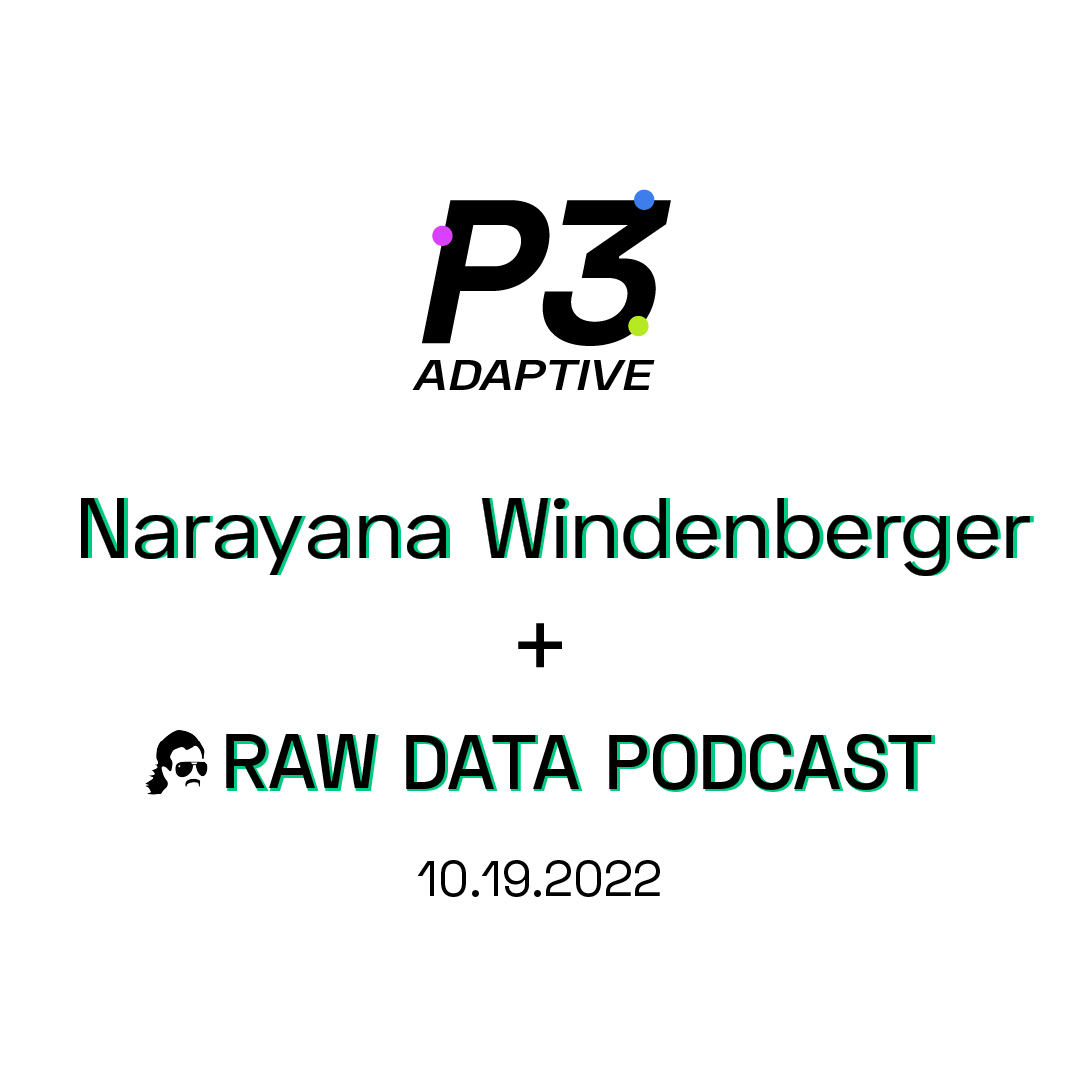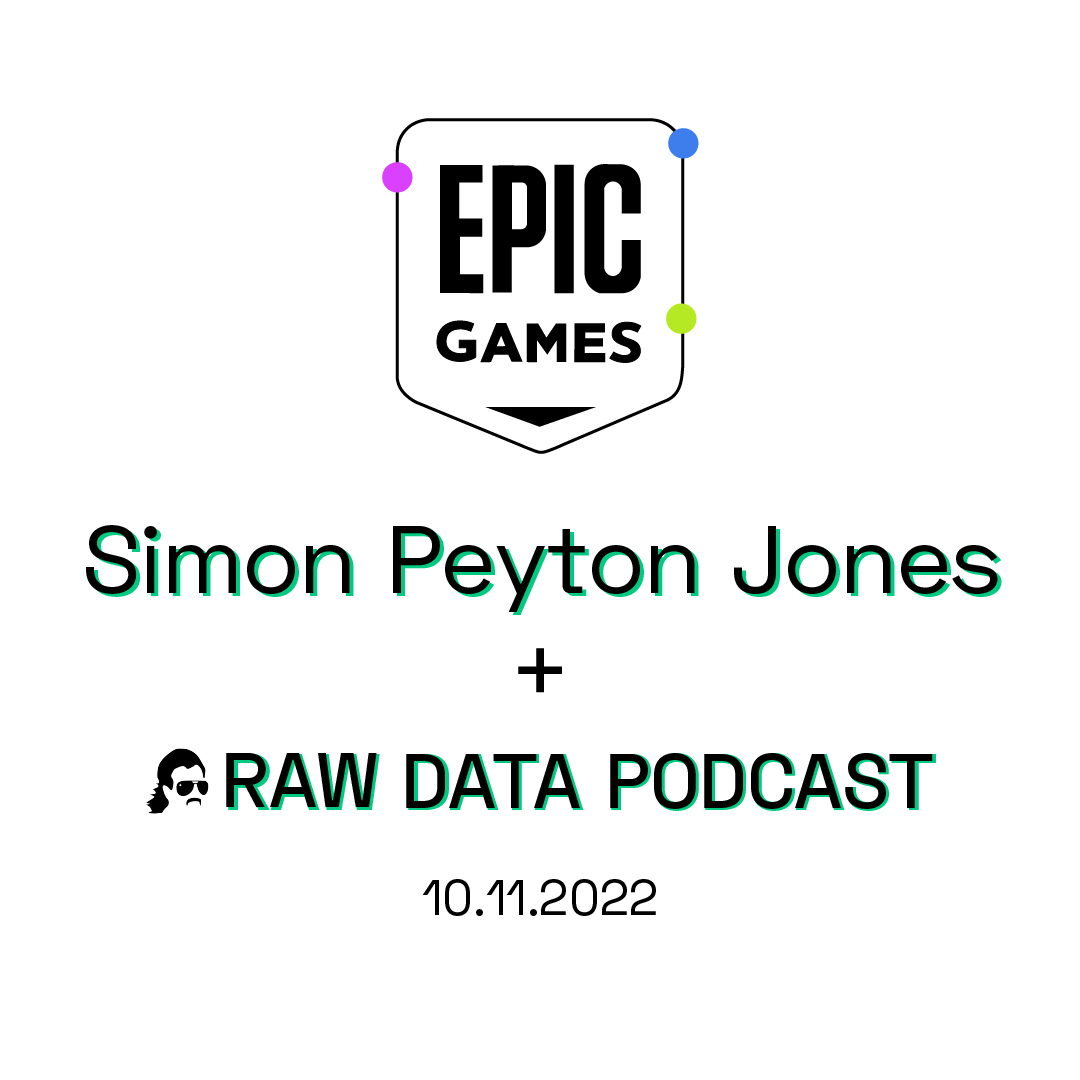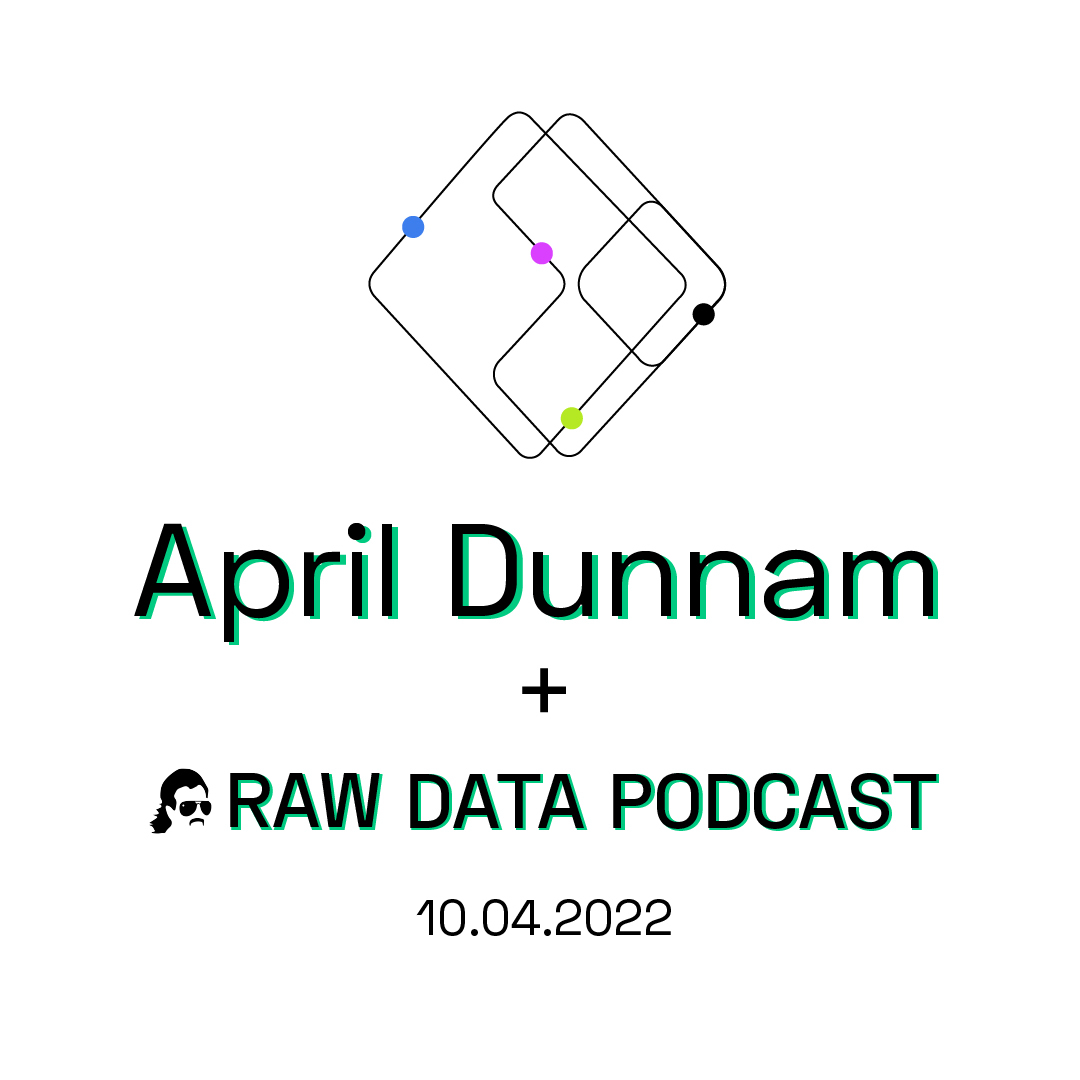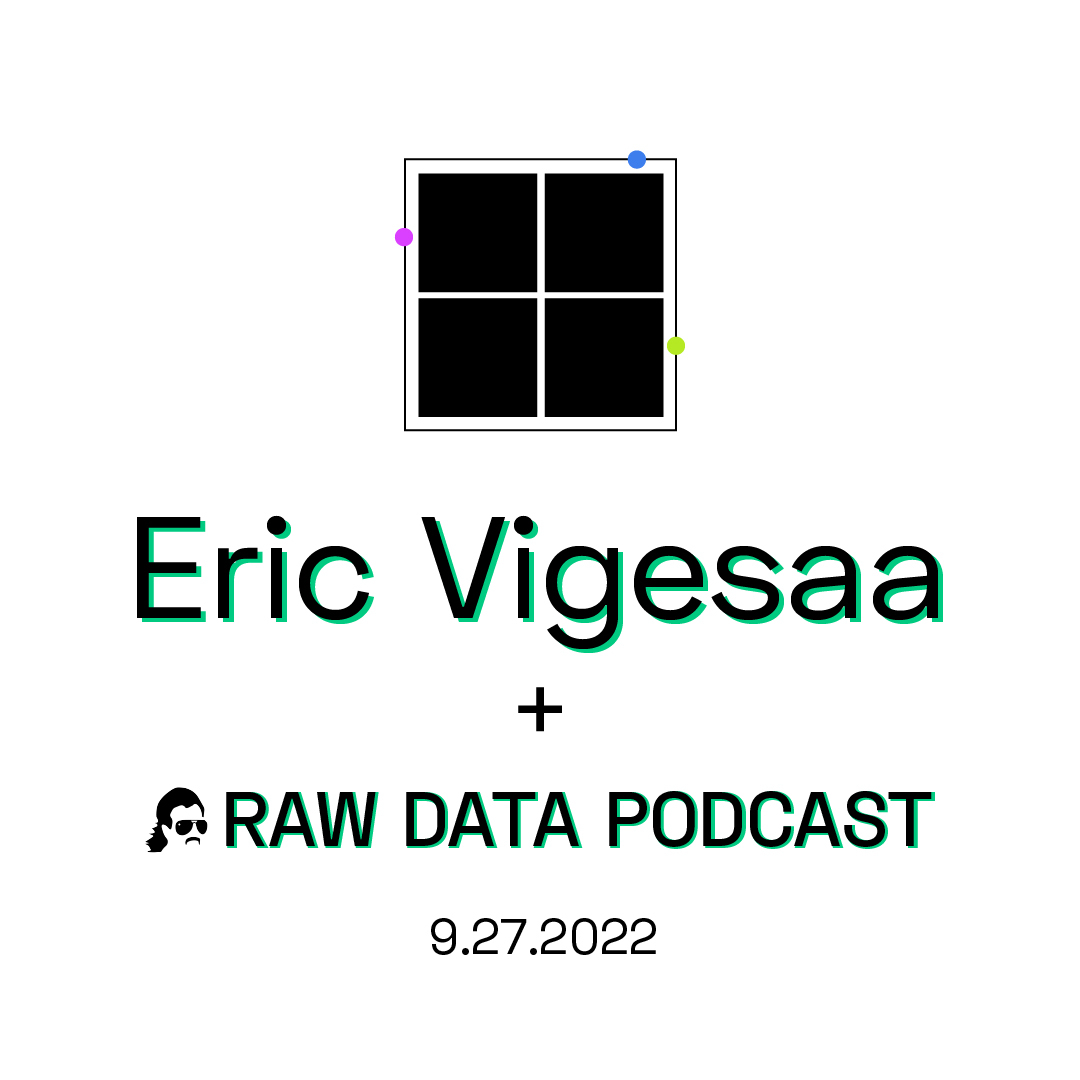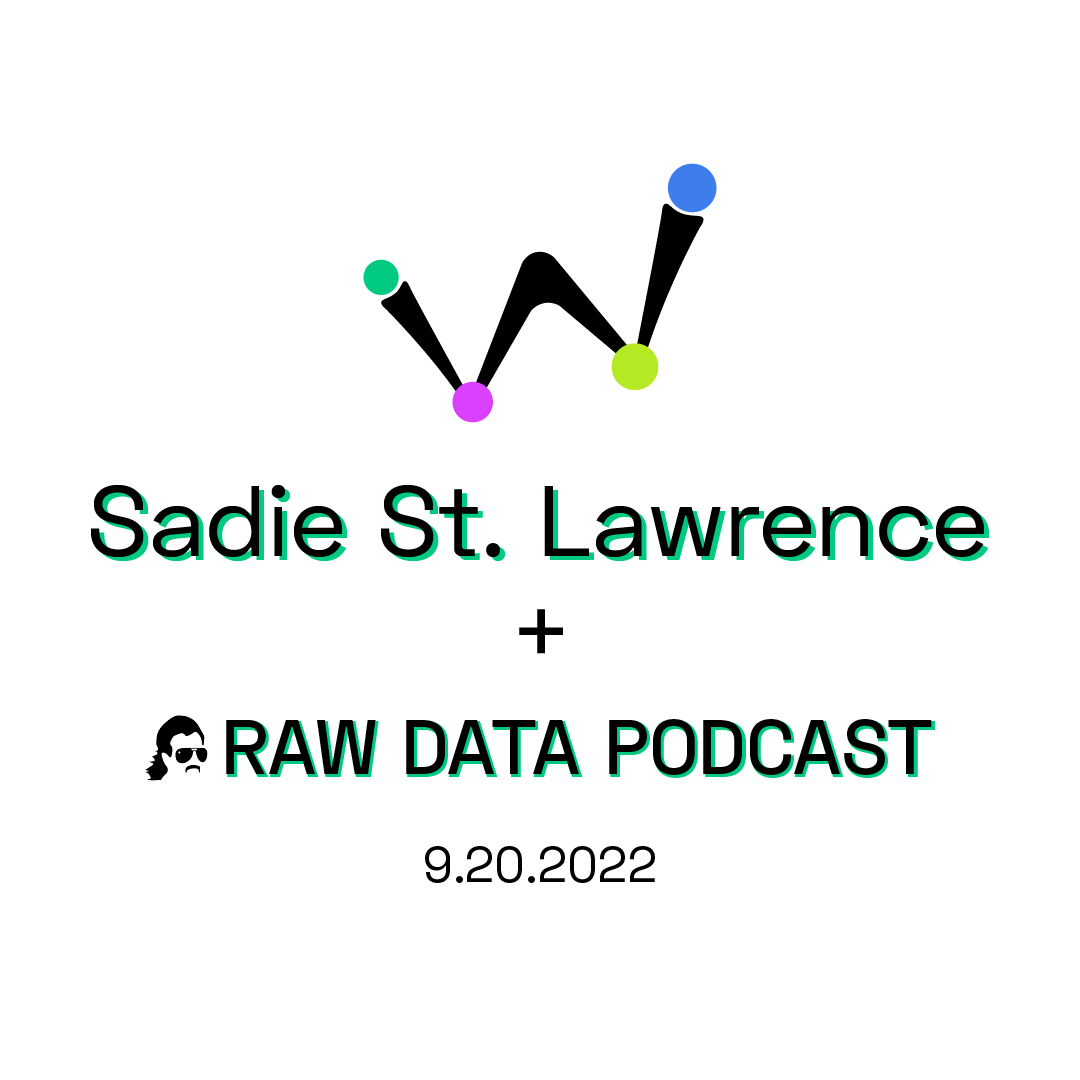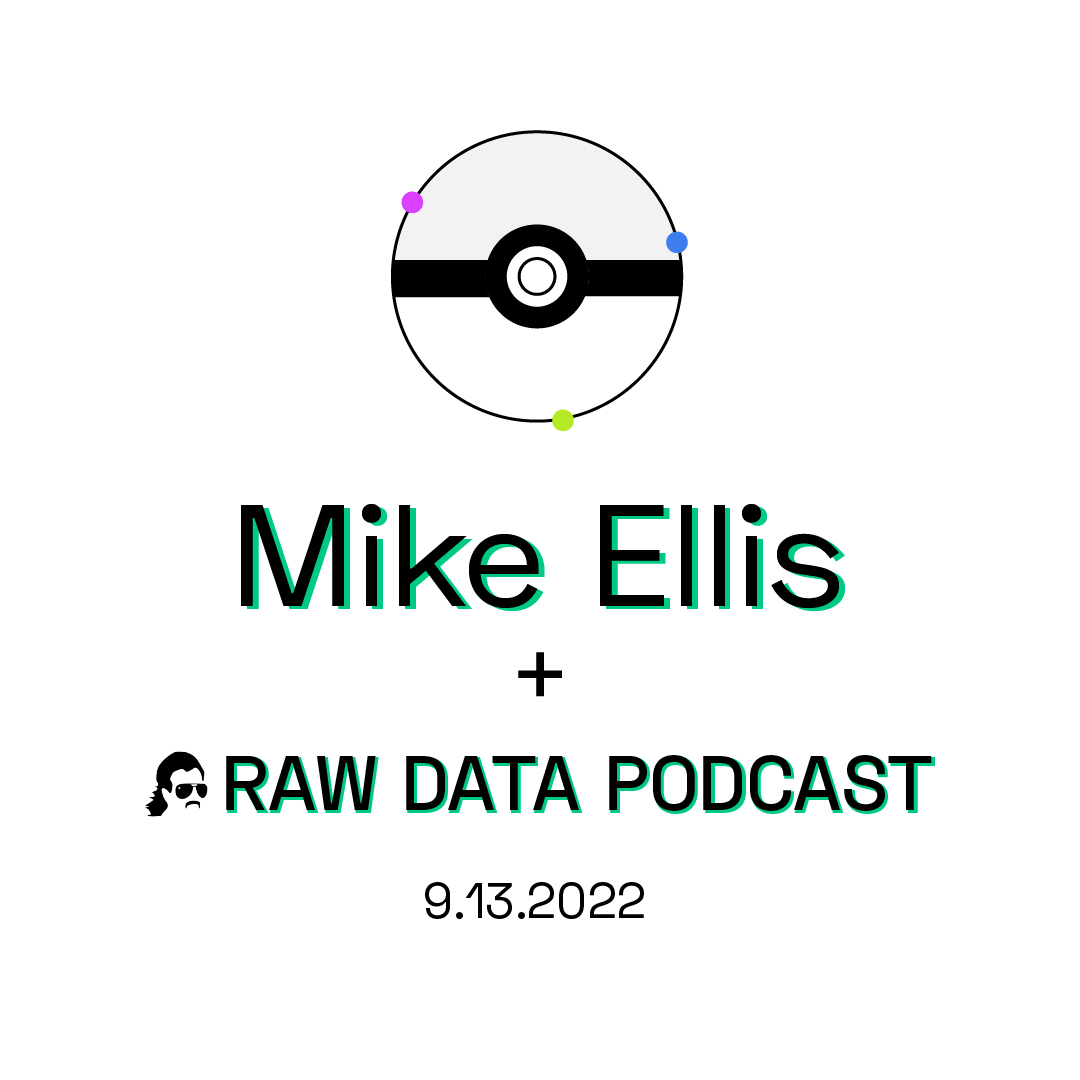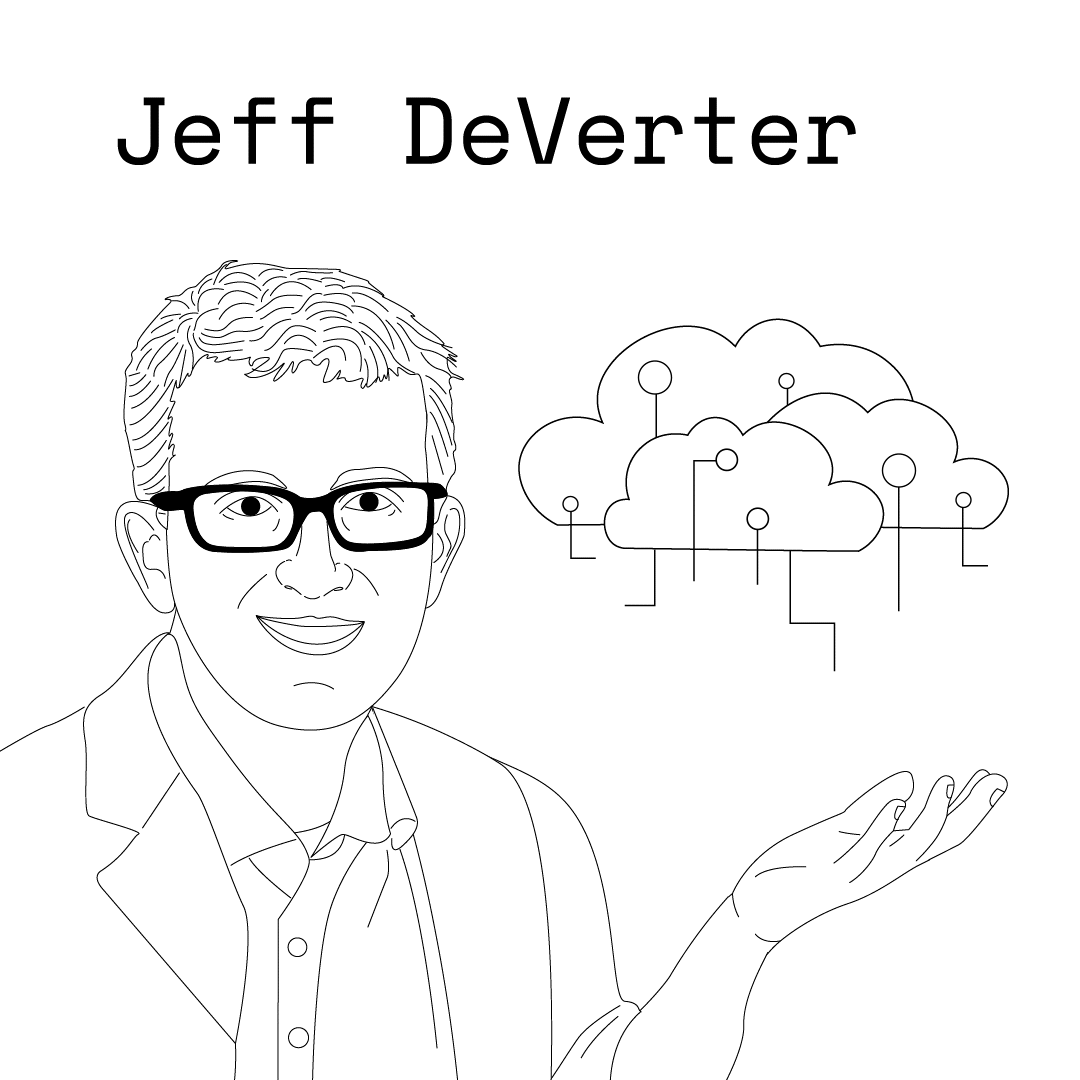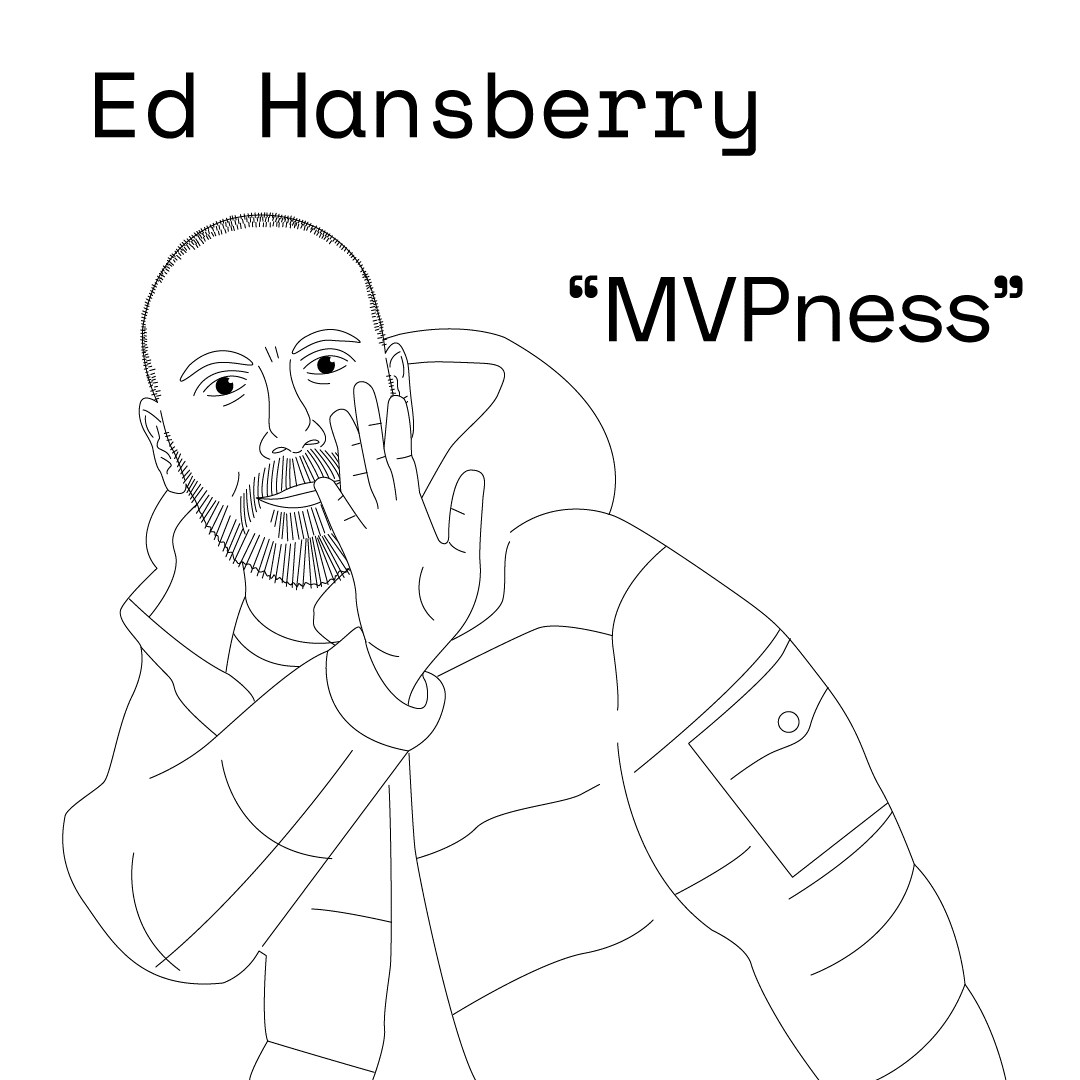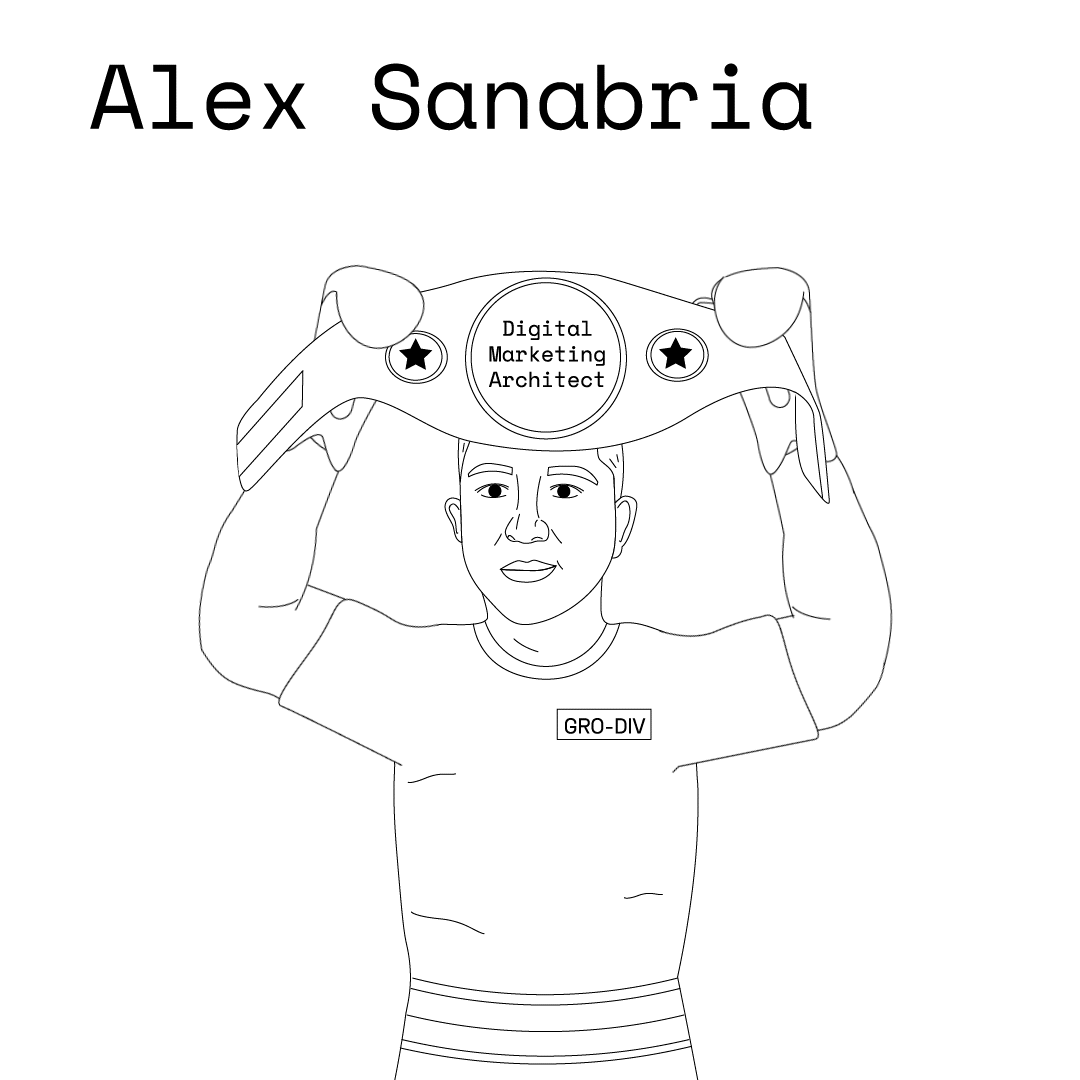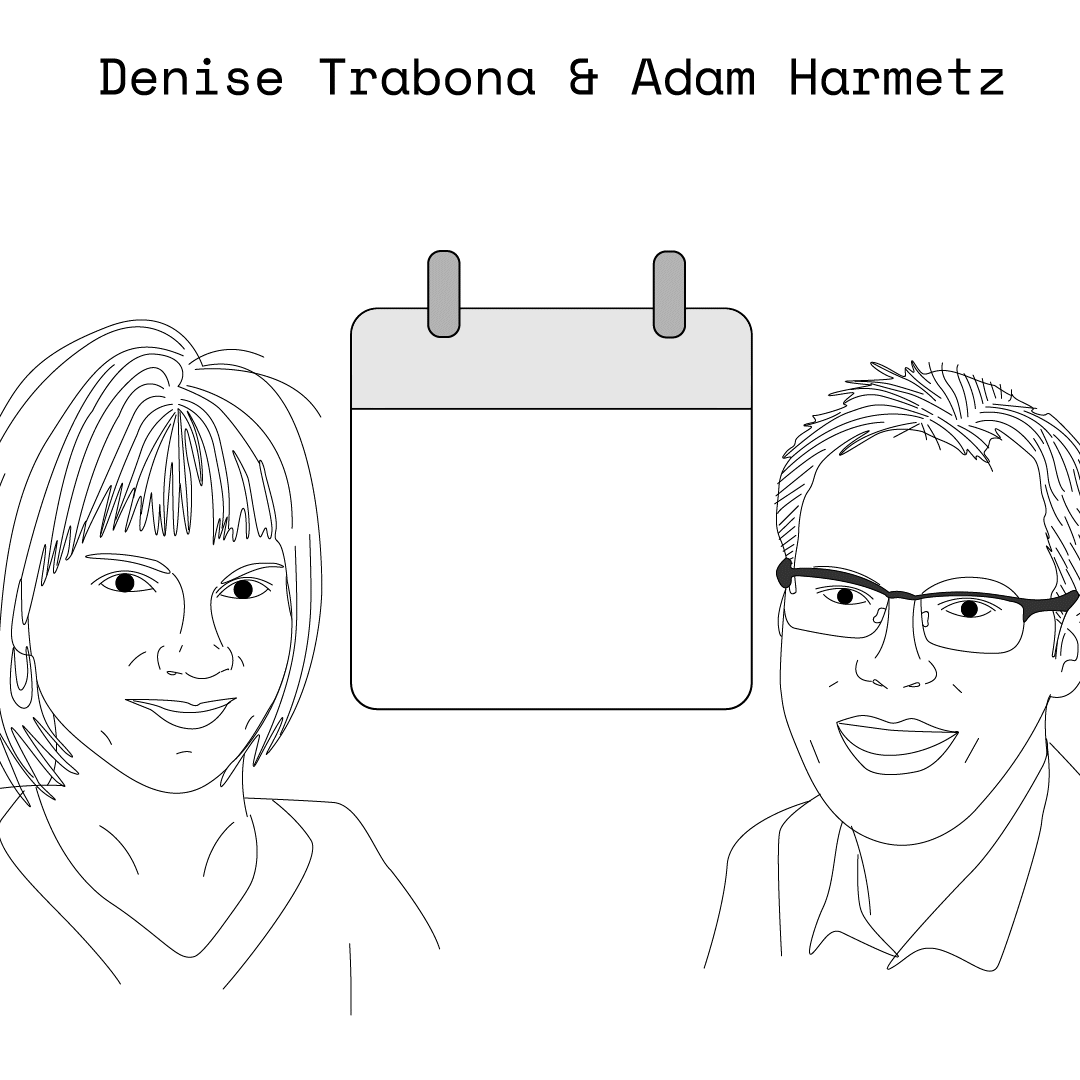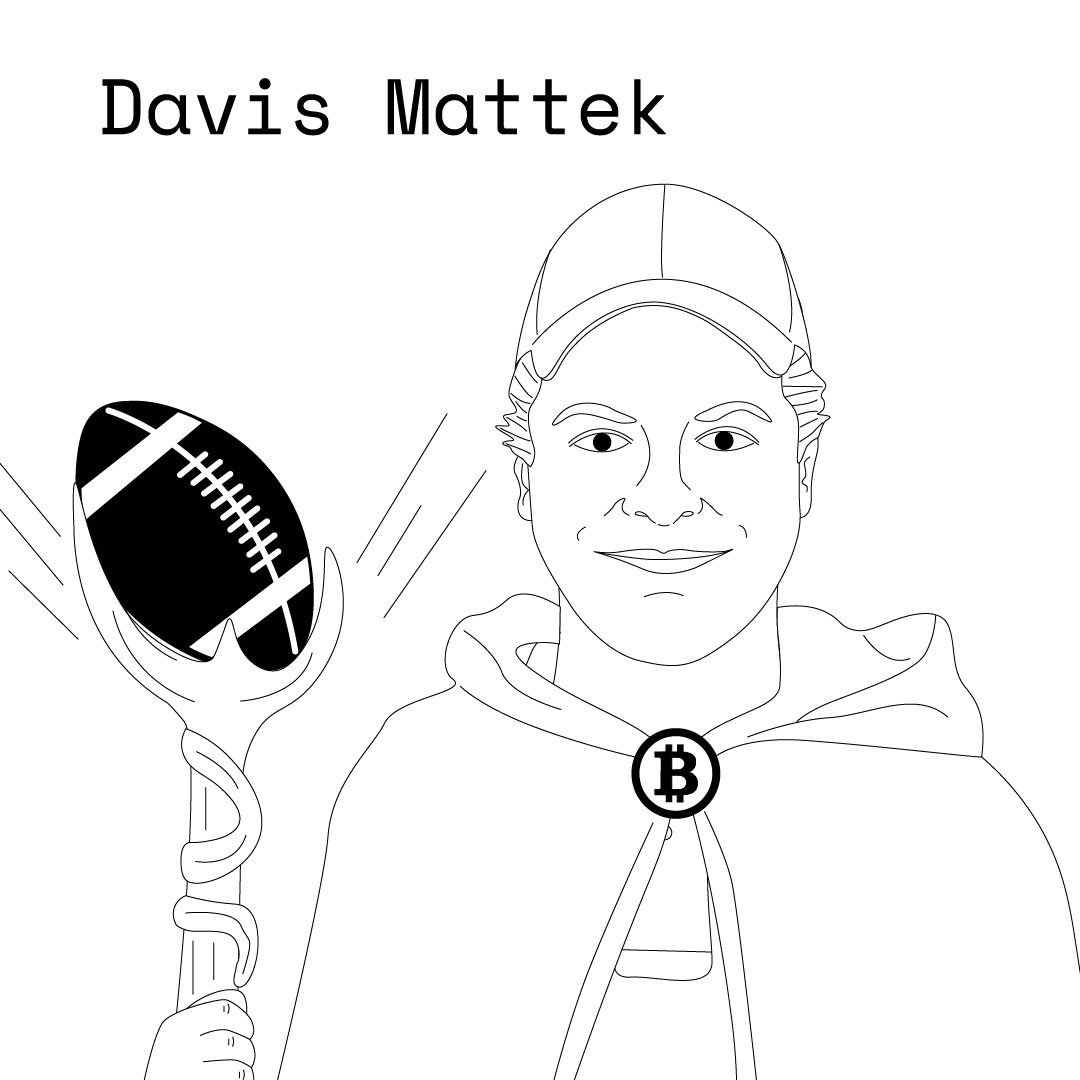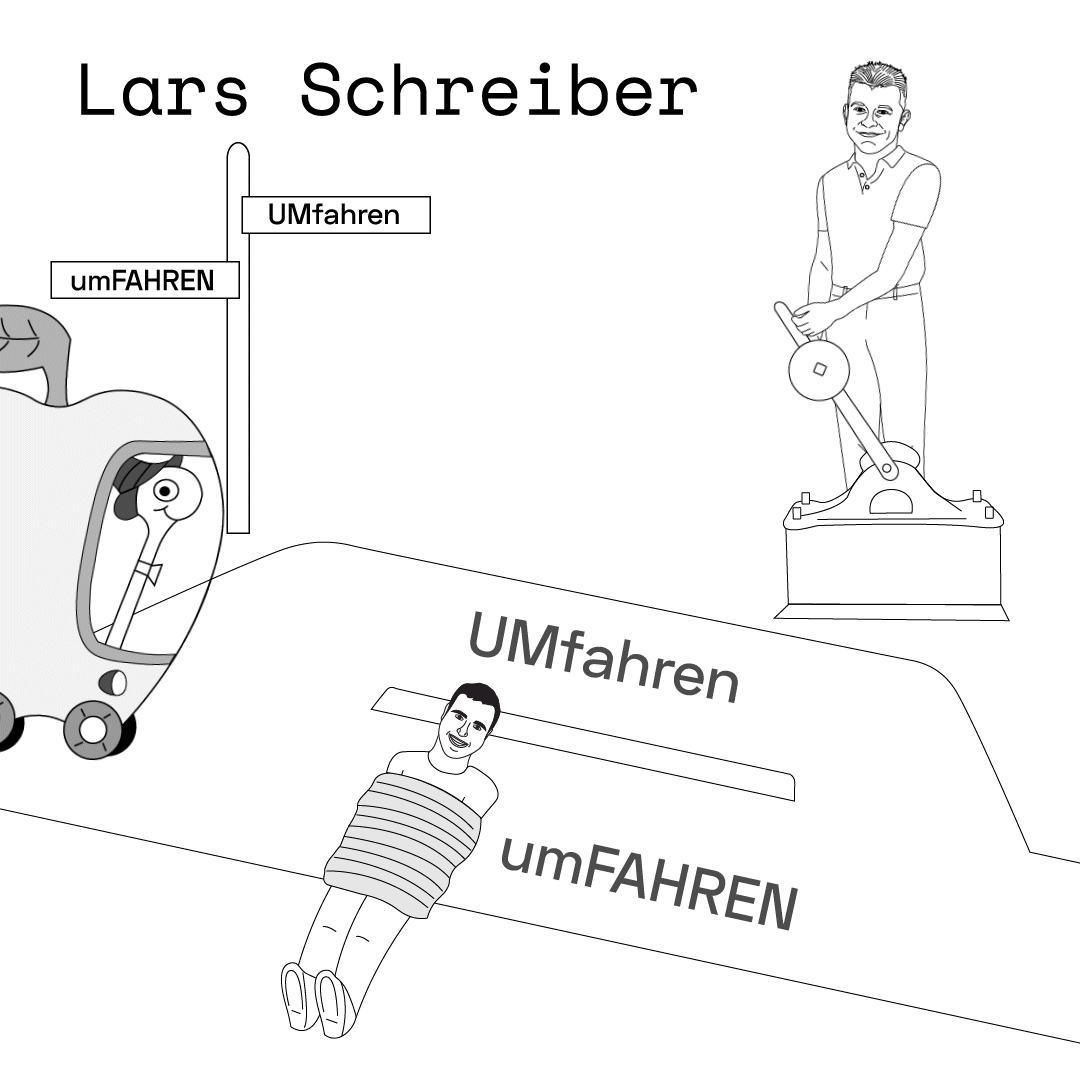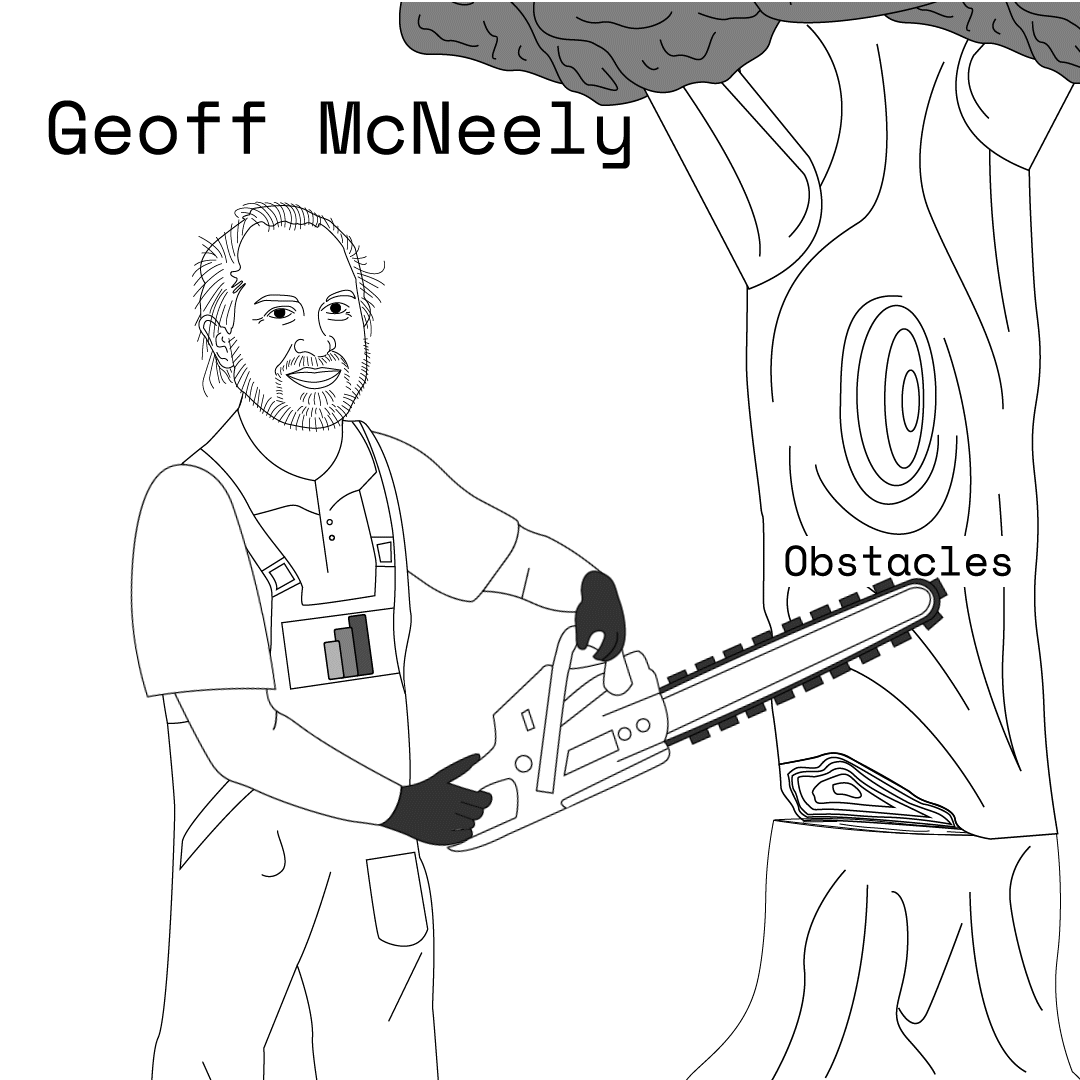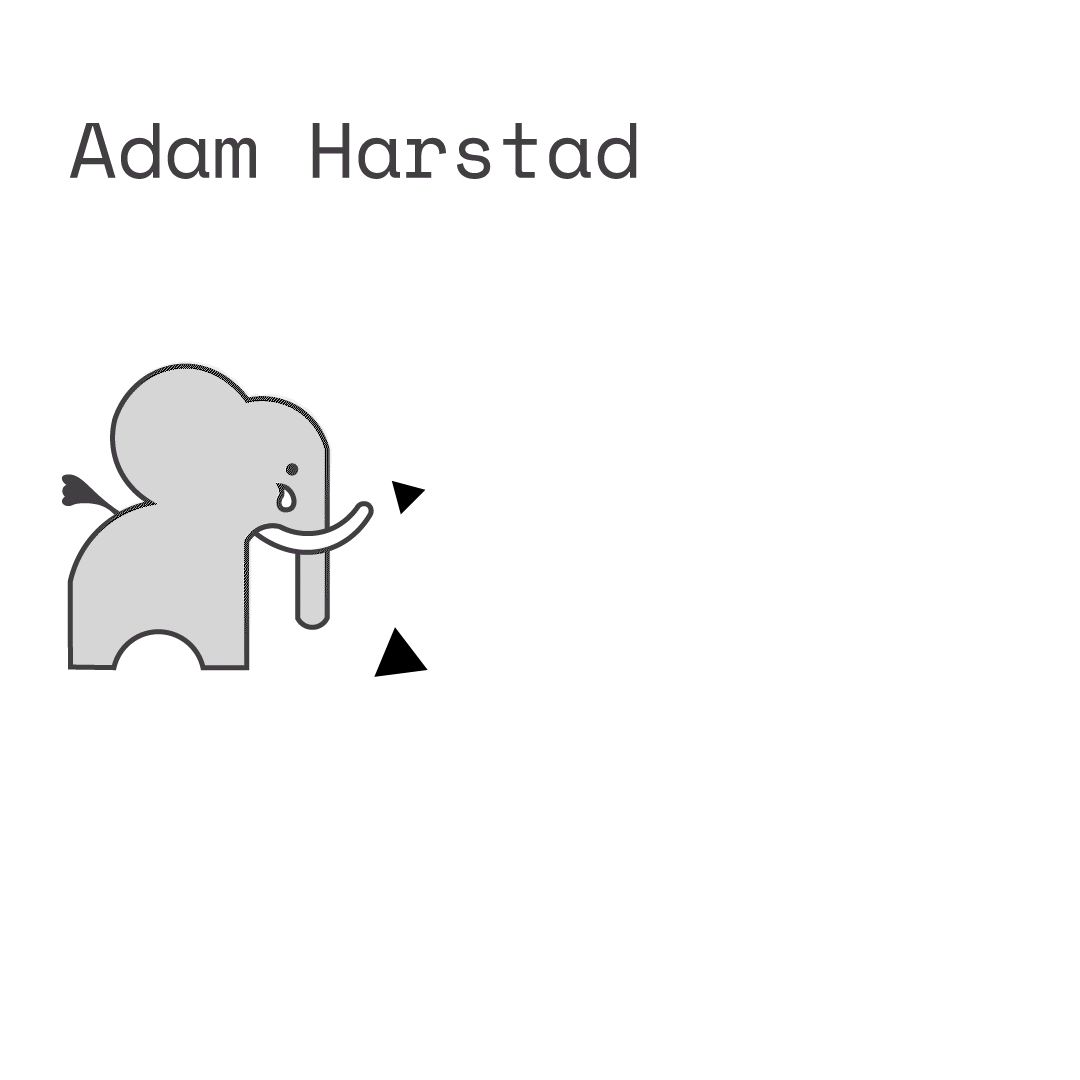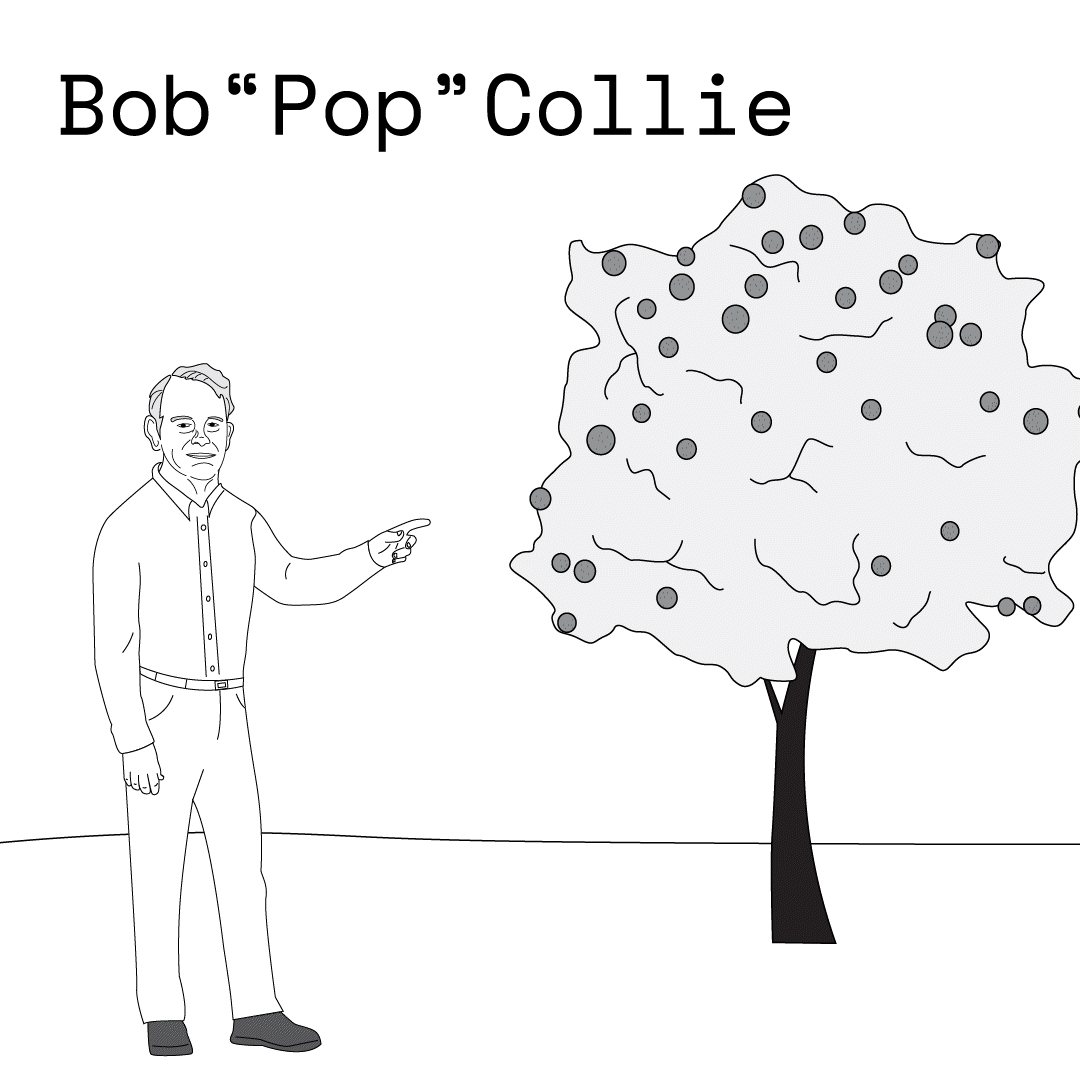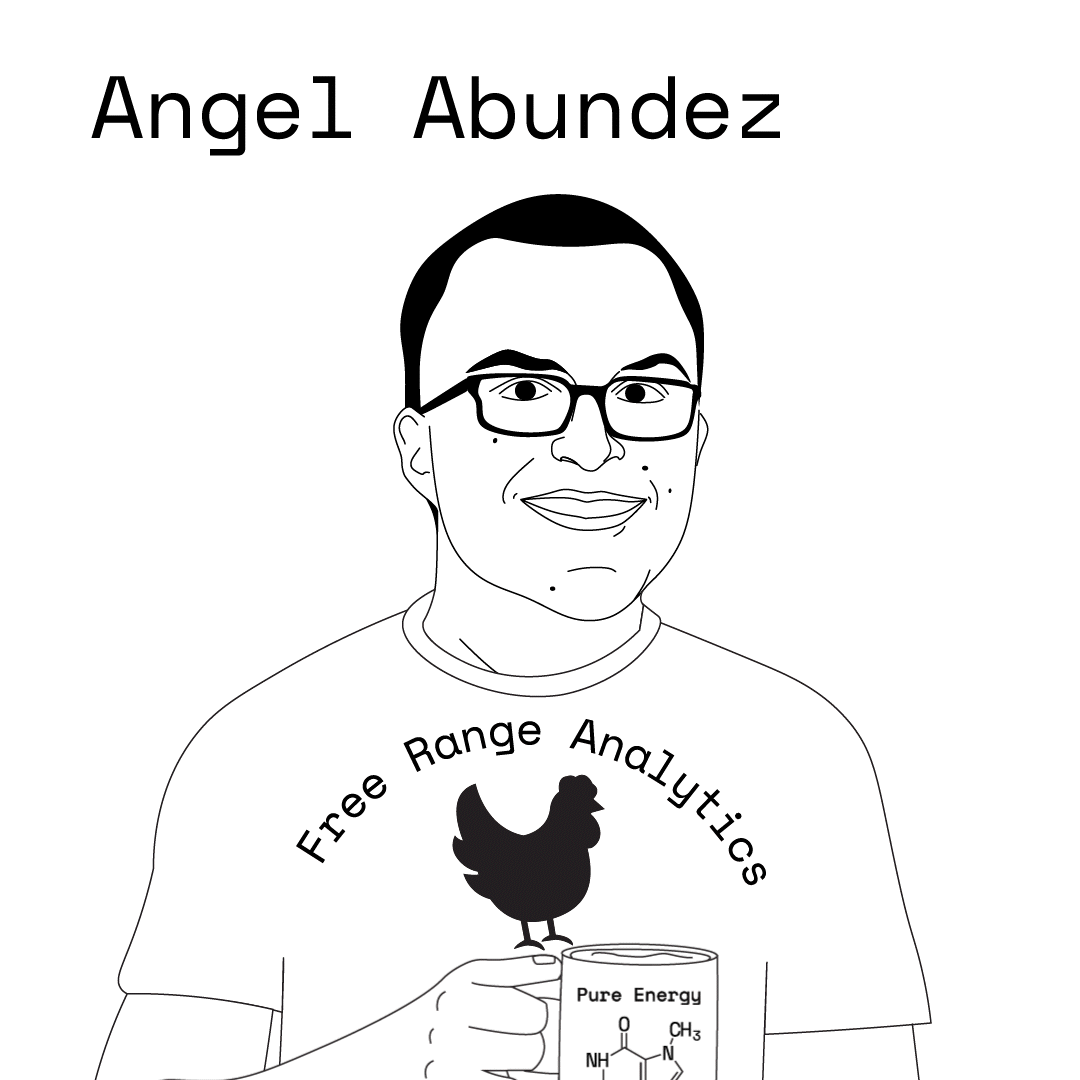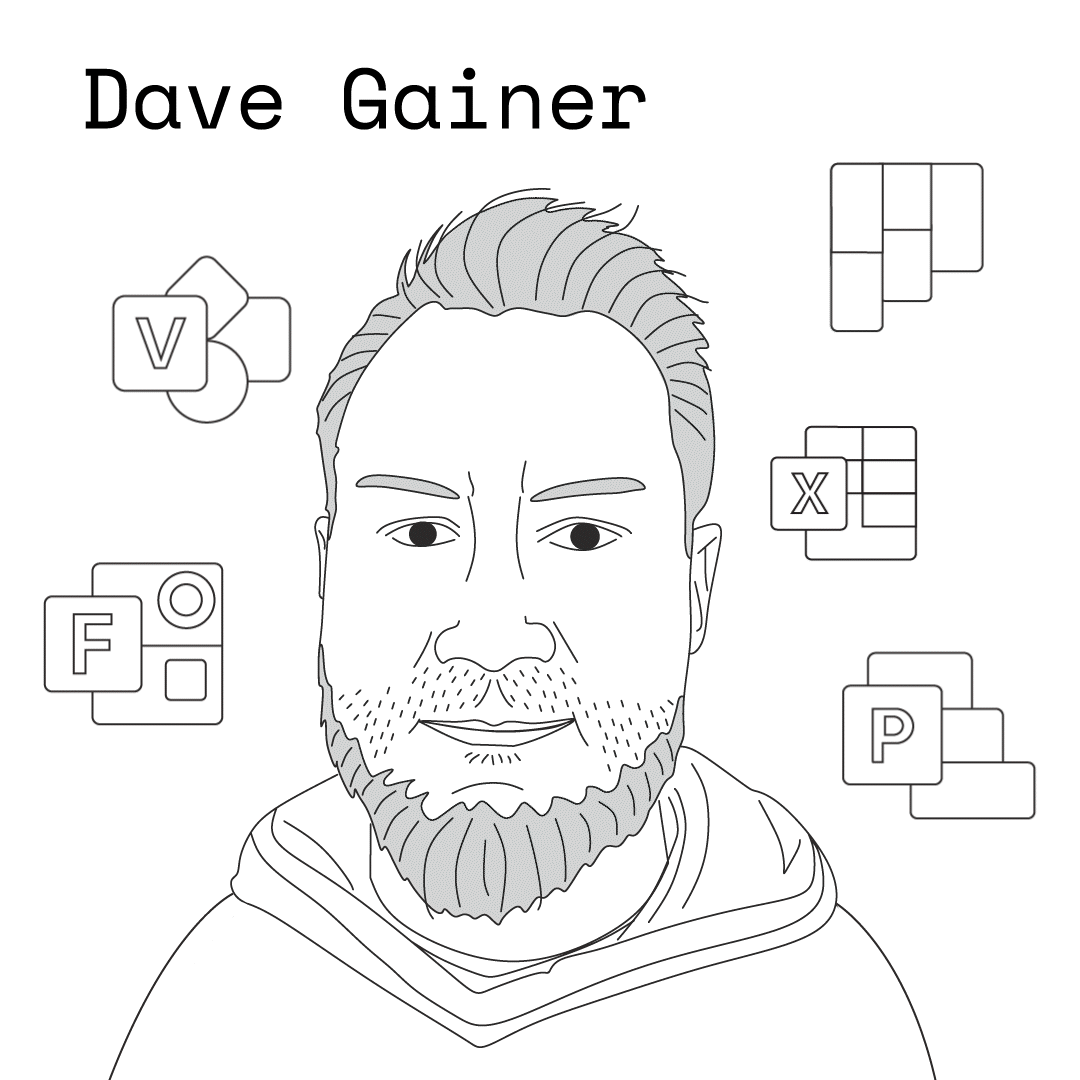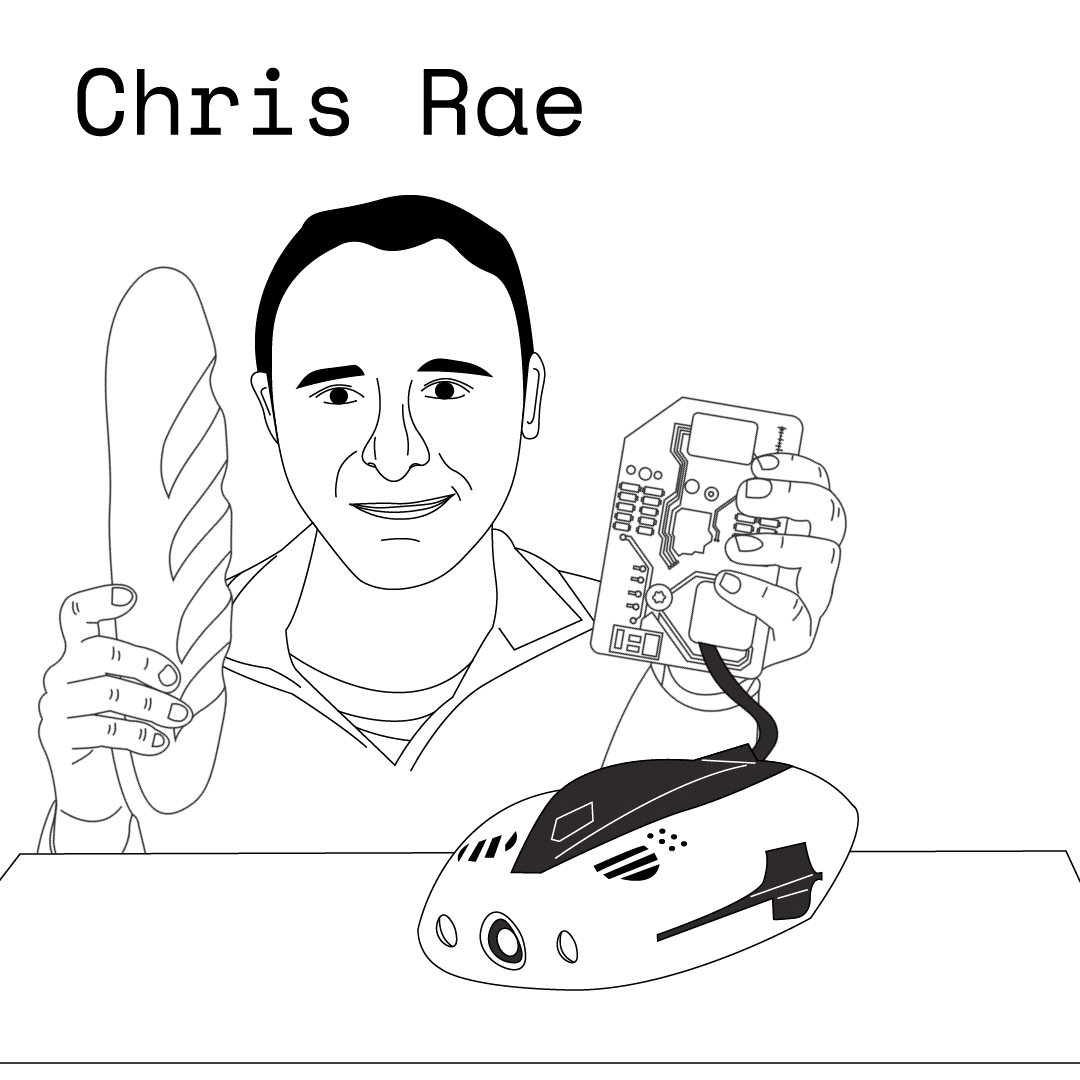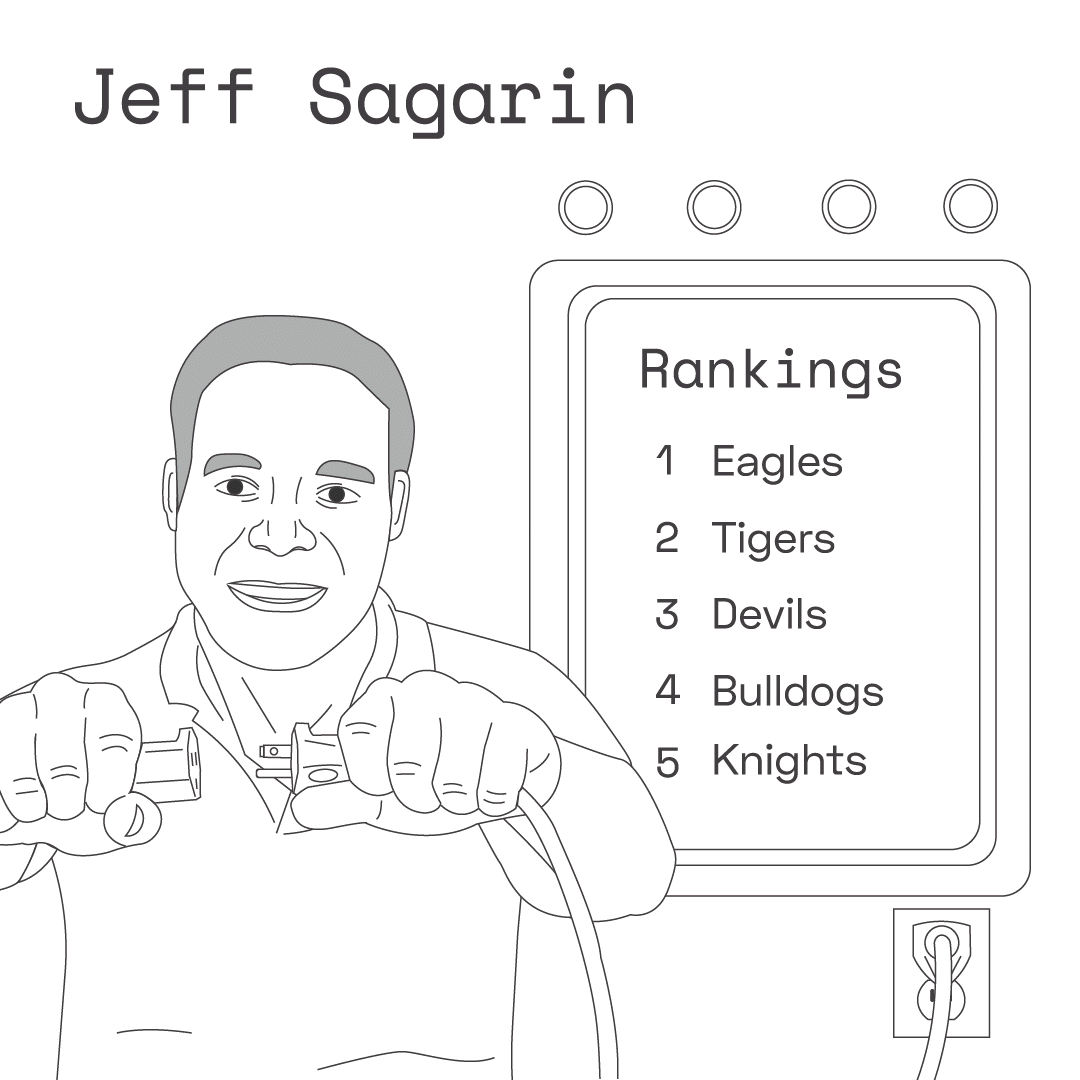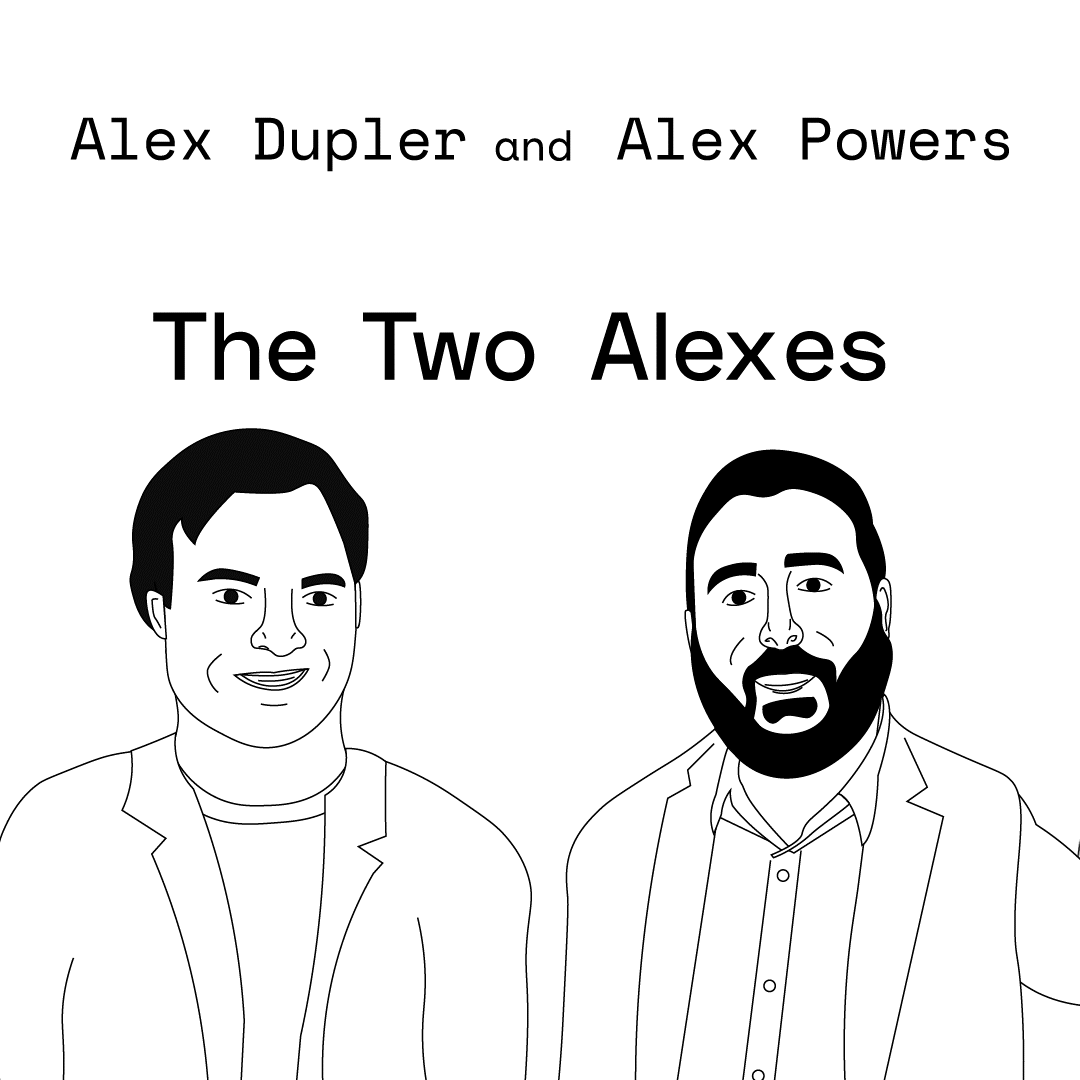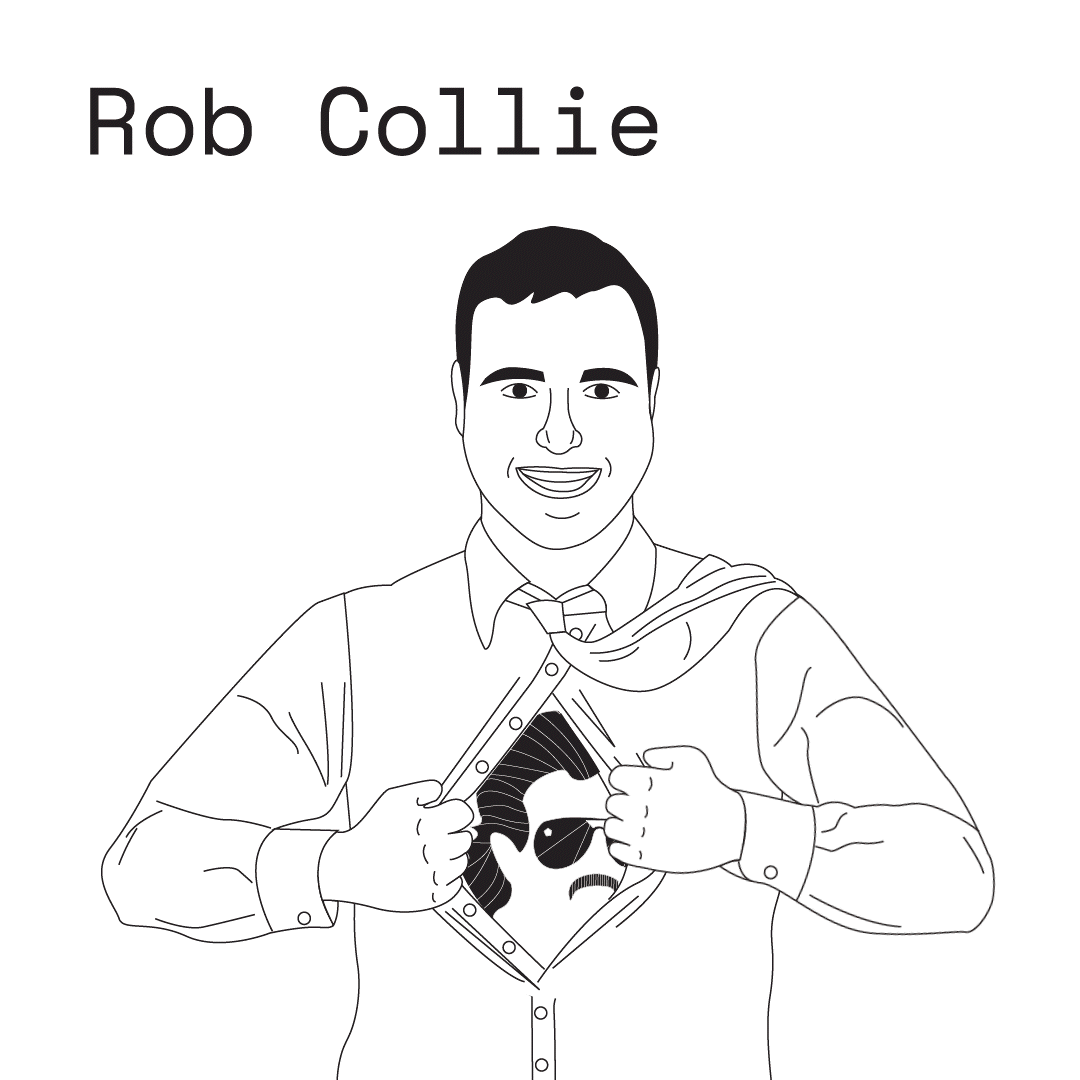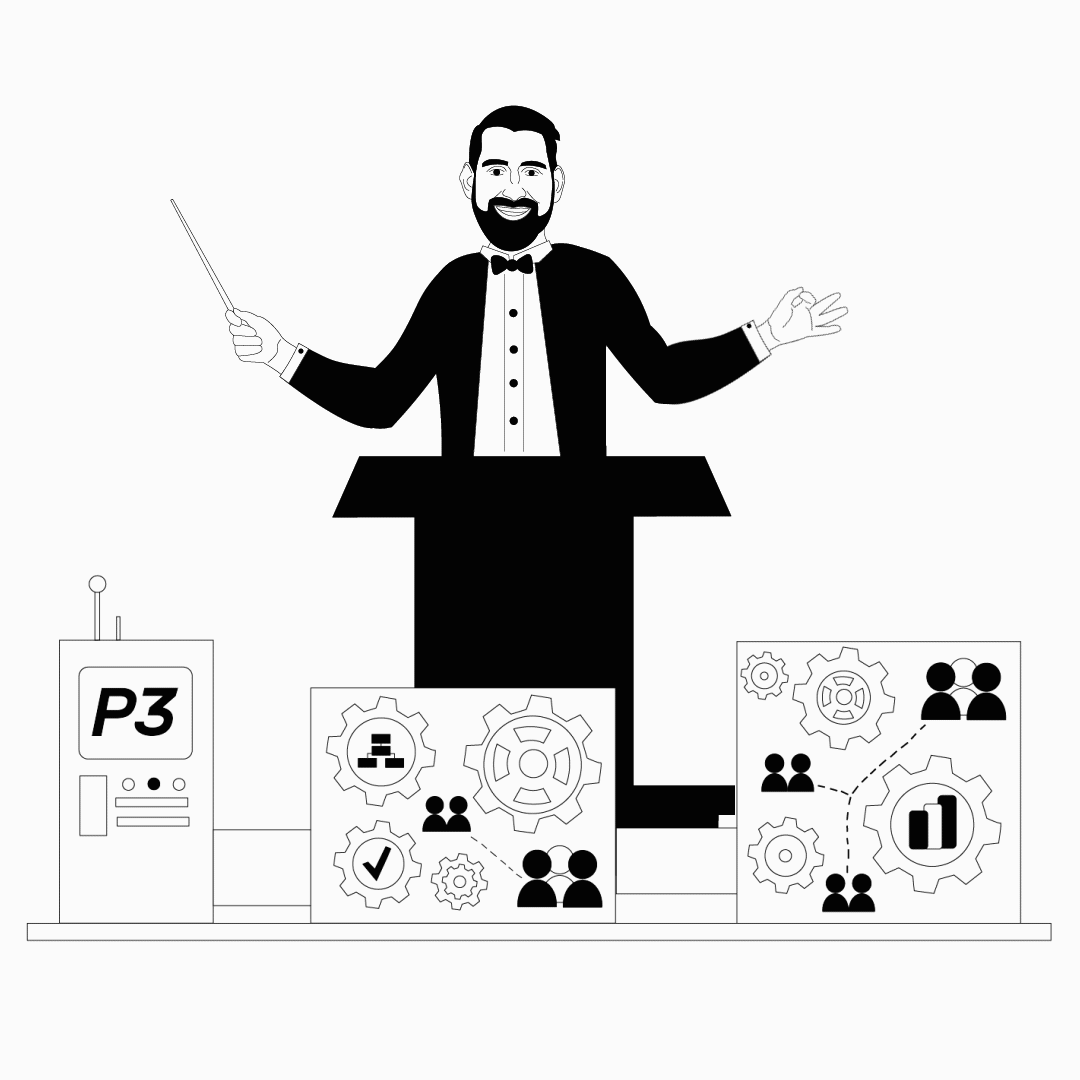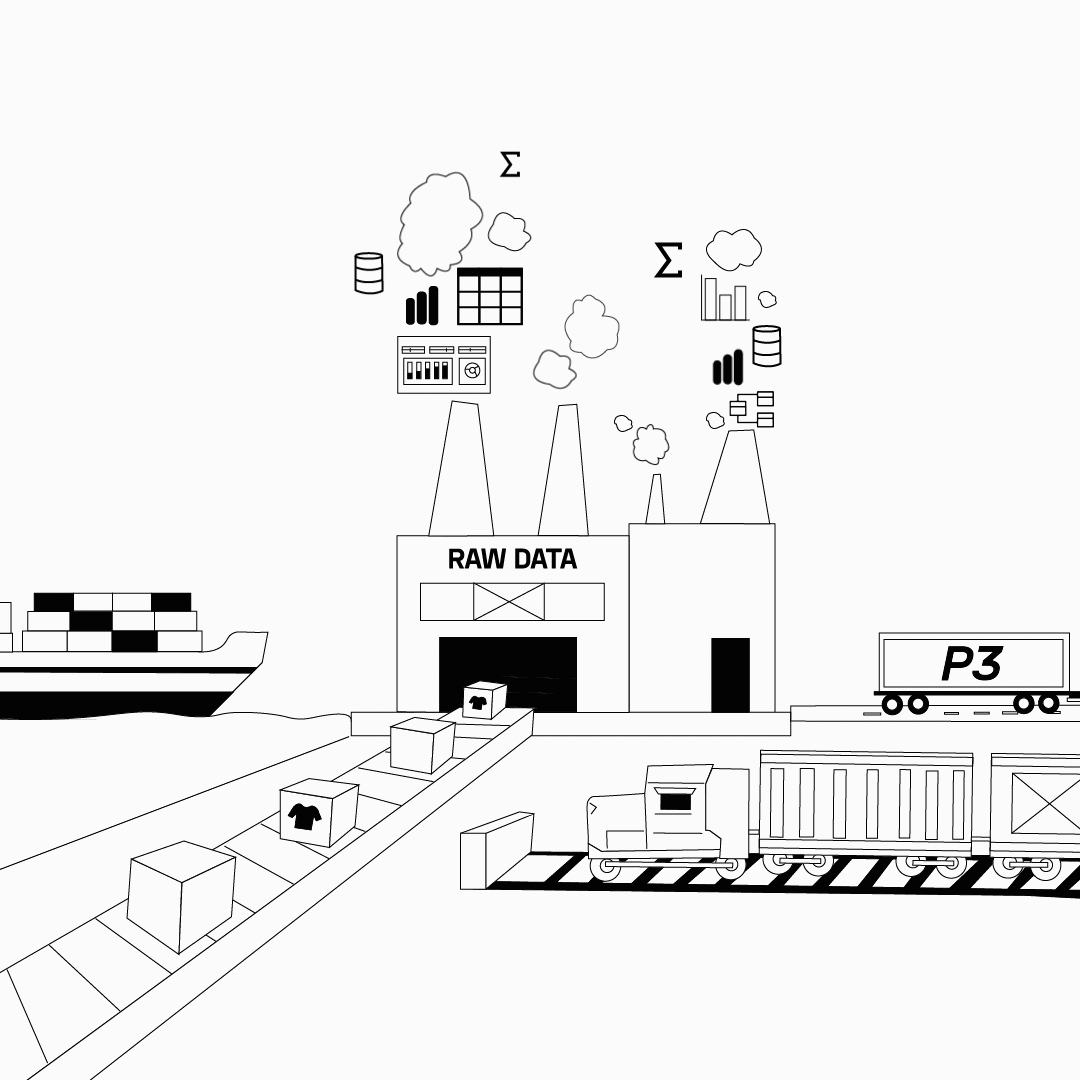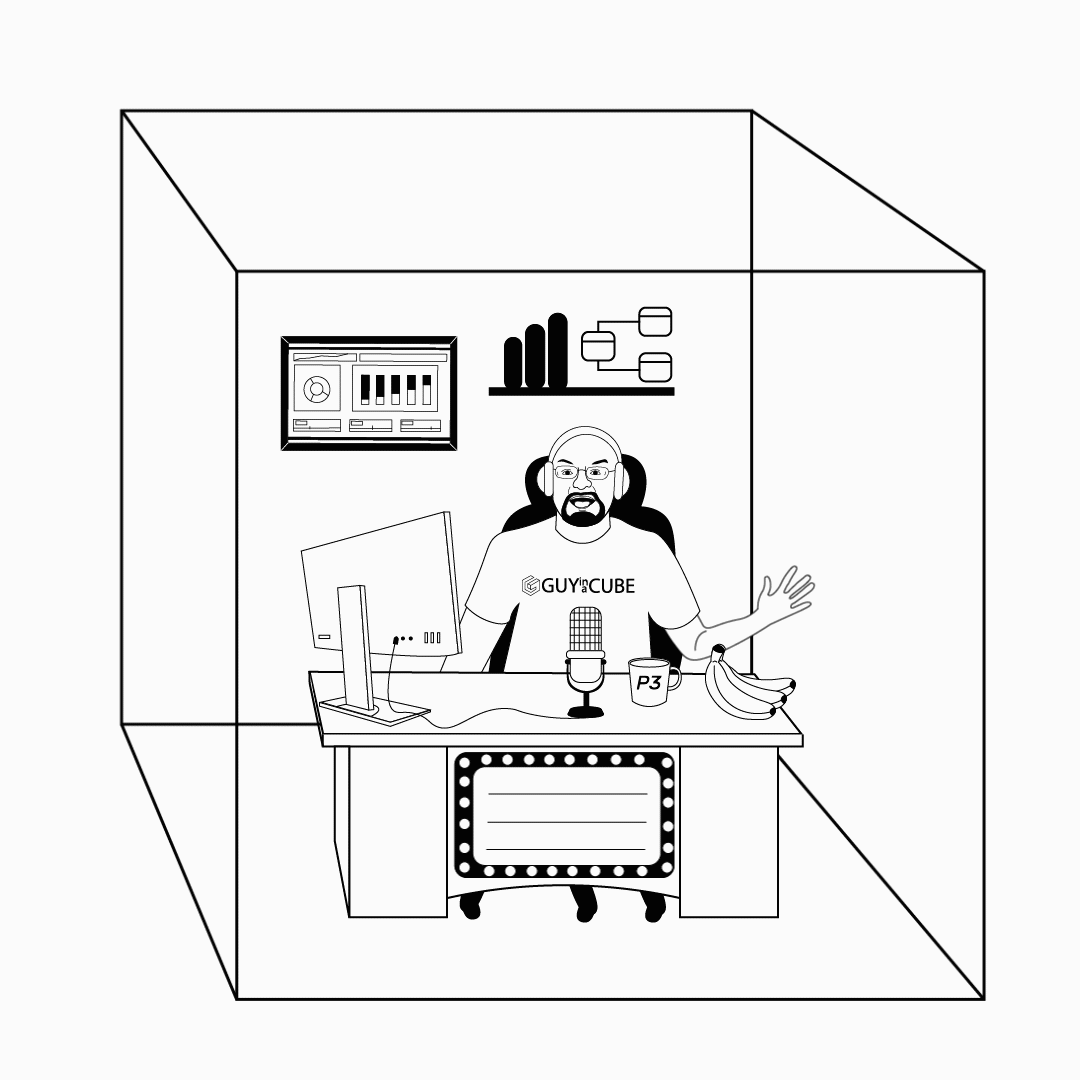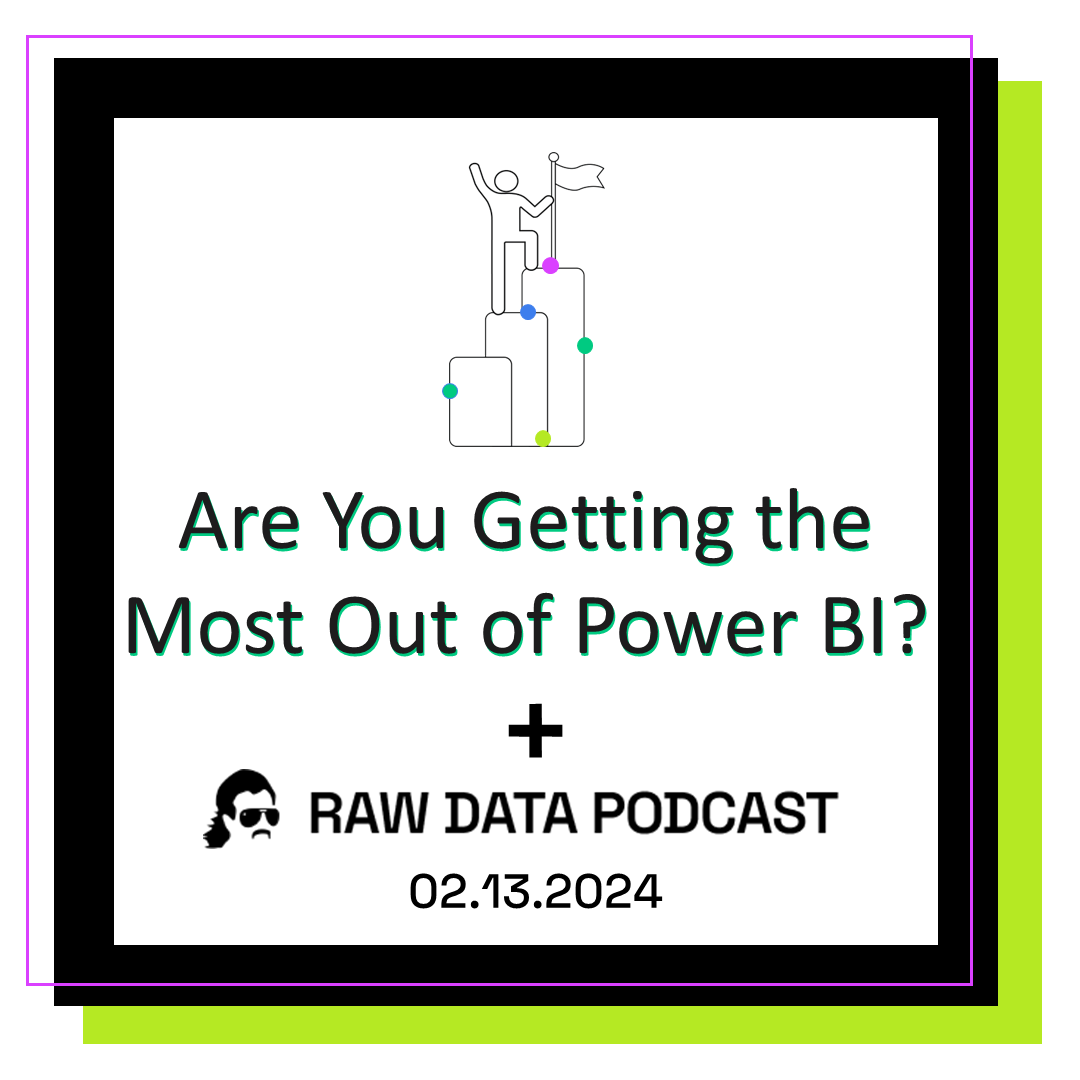
Raw Data By P3 Adaptive
Are You Getting the Most Out of Power BI?
Listen Now:In this episode, Rob and Justin offer insightful methods for assessing if your organization is truly harnessing the full potential of the platform. They outline specific “symptoms” to diagnose limited impact – like lack of stakeholder excitement, delays in answering new questions, and overreliance on Excel exports.
These symptoms signal opportunities to better leverage Power BI, even without outright failure. Rob and Justin also review technical diagnostics like high report-to-model ratios and poorly structured data models. These tangible checks provide actionable next steps for improvement.
Beyond diagnostics, they explore best practices for aligning analytics to business strategy. Justin details his process for ensuring data models, reports, and insights directly tie to key outcomes for sales, marketing, operations, and other groups. They even debate the pros and cons of enabling direct data model access for business users.
Peppered with engaging stories, Rob and Justin make practical recommendations for overcoming common data analysis hurdles. So, whether you’re looking to grasp fundamentals or refine advanced skills, this episode delivers clear, relatable advice for maximizing business insights with Power BI.
Dive into this informative session to rethink how you use Power BI. And don’t forget to subscribe and leave a review! Your feedback supports the show and helps more people discover it.
Also in this episode:
Listening to Your Stakeholders is Harder Than You Think
Creating a Theater of Excitement in Analytics w Austin Senseman
Rob Collie (00:00): Hello, friends. I've been lately experiencing a bit of a renaissance in my love for Power BI. Now, it's not like I ever really stopped liking Power BI or anything like that. It's more that I just haven't had, until recently, a whole lot of opportunity to use it. And, it's not so much even about using it. The thing that I was missing until recently was the experience of lighting people up, making them smile, getting them excited, getting them interested. That feeling of, "Oh, wow! I didn't know this was possible." There are other feelings like this that are like cousins. Reactions like, "I would've never guessed that was what was going on," when they see for the first time some figures or charts breaking something down and the results are not at all what their original picture would've been. Another similar one is, "Oh, it's so good to know that," as opposed to just guessing. It gives us such confidence to do something differently. No matter which of those, or which mix of those you're experiencing, it's always a sign that you're doing it right.
(01:03): And, it's telling that even though we've spent a fair amount of time lately on this podcast talking about new things like fabric and AI, even those things, getting value out of Fabric and AI are predicated on having a well-executed Power BI environment. But, it's not just a means to an end. Even setting aside the new residual value that Power BI brings to Fabric and AI. Even today, I 100% believe that the most amazingly valuable thing that you can do for your business with data is to adopt Power BI and use it at, or near, its peak capacity. Now, for emphasis, I'm going to say that again. Adopting Power BI and using it correctly is still the single most impactful thing that you can do for your business using data.
(01:55): Adopting it of course, is relatively easy. You just pay Microsoft. They're happy to take your money, get the licenses, off you go. Using it correctly, however, is quite a bit more challenging. There's often a tremendous amount of organizational history that is wired around doing things a certain way. And, those ways do "work," quote, unquote with Power BI. But, they do not deliver those magical impact advantages that I'm talking about. And, because of that history, we should never adopt some sort of punitive stance about whether people are doing things wrong and why we're missing out on the value, because by default there's so much working against you to pigeonhole Power BI into a particular usage case. And, if you're being pigeonholed like that, there aren't going to be any super clear signals that indicate that that's what's happening.
(02:45): When we first talked about doing this episode, Justin and I, for about 10 seconds, there was a skeptical mood. How much could we really do in a podcast format to help people with this? Again, in those 10 seconds of skepticism, we were thinking things like, "Well, it's pretty technical at times and other times it's pretty visual, neither one of which really suits the format of this show." But then, after that 10 seconds, we just kept realizing super, super clear, easy things that we can describe, broadly applicable, easily understandable, to help you sort of clue in on how well your organization is doing in terms of adopting and using Power BI to its fullest.
(03:23): In the end, we almost came up with too many ways to help. And, along the way as a bonus, we also came up with a couple of ways in which we can advise you specifically without charging you a penny. And, in service of that, it's led to the creation of two new email addresses at p3adaptive.com. For the first time ever, an email address that allows you to email just me and Justin. So, whether you prefer [email protected], or [email protected], they both reach us. And, in the show we explain the first two use cases for these email addresses. See also, specific feedback without charging you a dime or a penny. All right. Enough intro. Shall we get into it? Okay then. Go go gadget. Maximum Power BI.
Speaker 2 (04:10): Ladies and gentlemen. May I have your, attention please?
Speaker 3 (04:15): This is the Raw Data by p3adaptive podcast with your host Rob Collie. And, your co-host Justin Mannhardt. Find out what the experts at p3adaptive can do for your business. Just go to p3adaptive.com. Raw Data by p3adaptive is data with the human element.
Rob Collie (04:41): Okay, Justin. So, in recent episodes we spent a lot of time on things like AI and Fabric, the next big thing, NBT, all that kind of stuff.
Justin Mannhardt (04:51): NBT.
Rob Collie (04:52): The next big thing, close cousin of FOBO. The next big thing is one of the chief inflictors of FOBO. And so, maybe to a slight extent we've been falling into that groove. But, you can't ignore it. Fabric is a big deal and AI now within range for anyone that's gotten to a certain extent with Power BI. Those are big things to talk about and we would be remiss in our responsibilities if we didn't talk about them. But, this is the problem with the next big thing is it always sort of makes the previous thing sound like it's not important anymore.
Justin Mannhardt (05:25): Yeah. The current thing no longer matters.
Rob Collie (05:28): Or, that it's conquered. Right? That your work here is done. I thought we would have an episode just about Power BI.
Justin Mannhardt (05:35): It's still a thing.
Rob Collie (05:36): Yeah. It's still a thing. Not only is it still a thing, it is far from done. Meaning the world is far from getting all of the value out of Power BI that it can, or that it ultimately will. I would still say we're in the early stages. We're still in Act one in a way of that play. It is, of course, telling that all of the AI and Fabric stuff really comes back to Power BI and, do you have well-constructed models? Part of Power BI's popularity these days is that it became the default choice.
Justin Mannhardt (06:11): Yeah. You can't lose if you decide to go with Power BI. It went from risky new to for sure.
Rob Collie (06:17): And so, as a percentage of the audience who's using it, I would say that there is a higher percentage today that are probably not getting as much out of it as they could be, relative to a few years ago when to be in on Power BI, you and to know why it was better. And, therefore know almost like intrinsically how to use it. And, a lot of places now Power BI is just being purchased, just because it's cheaper than Tableau. It's cheaper than these competitive tools. And, it looks the same, so might as well.
Justin Mannhardt (06:54): It does the same thing.
Rob Collie (06:55): Yeah.
Justin Mannhardt (06:56): Let's save a few bucks.
Rob Collie (06:57): Makes those dashboards that are like 16 x 9 in aspect ratio. So, I thought we would talk a little bit about how to diagnose someone's organizational adoption, or individual adoption, even, of Power BI. It's like putting your ear to the ground and saying, "Oh, that Cadillac that's coming down the road six miles up and it's got a bad cylinder." You've really got to read the tea leaves. So, if we just talk broadly about some ways in which you might be missing out on max value.
Justin Mannhardt (07:29): Well, I've been fortunate to have been hired to answer this question more than once. And so, I've been thinking about those experiences, what I've learned from them and what I think works and doesn't work. Because it can be hard to stand back, if you will. If you could stand back from your Power BI thing and go, "Well, how's that going?" It's almost a similar problem to things like marketing attribution. Like, what are we getting from all the things we're doing with our marketing efforts? And then you bring that down to even in analytics. Like, what are we getting out of all of this stuff? It's hard to answer that question. And, I can empathize if you're in that spot.
Rob Collie (08:10): Right off the bat, this decomposes into two different emotional states. So, one emotional state is you were told that Power BI was the bee's knees. It's going to change everything and then you go and you buy it, deploy it, and you're not seeing any knees.
Justin Mannhardt (08:31): Where are the bees?
Rob Collie (08:32): Yeah. It's not delivering what you are expecting or hoping. You're recognizing that there's something missing. And, wondering whether it's missing or whether you were lied to. And then, there's the other category, the other mental state you can be in, which is, "I don't know. It seems fine. It's going about as well as it was when we were using Tableau," or whatever other tool. But, in both cases, you absolutely can be missing something. It's just that in one case you had high expectations that weren't met. And, in the other case your expectations probably weren't high enough.
(09:10): Let's talk about it from a symptoms perspective for a moment. At a really high level you might be feeling "meh" about Power BI. That's a super symptom. Power BI is amazing. If you're not amazed by what's going on ... We talk about theater of excitement. Right? If you're not excited about some of the reports that you're seeing, then I honestly think Power BI is not being effectively utilized at its peak. That's one symptom. Lack of excitement. Another one is having to wait a long time. Between question formation like, "Oh, I wonder if we looked at this?" Right? And, if it's like days or weeks later, or never-
Justin Mannhardt (09:52): Backlog is where things go to die.
Rob Collie (09:54): Yeah. So, if it's taking days, weeks, or never to get answers to completely legitimate new questions, then it's starting to sound like the old Jeff Fox-worthy. Like, if you have to wait three days or maybe never, you might be a redneck. No. Wait. Not redneck. You might not have the Power BI performing at peak powers.
Justin Mannhardt (10:18): This is the unfortunate reality of a lot of those situations is, let's say a group of leaders are reviewing results and they have additional questions and they want to know the answers to them. And they end up in this waiting game. The real problem there is, a lot of that gets baked into, "Oh, well. We'll add some things to the reporting, so next time y'all do the review, you've got more answers." Well, those questions only were applicable now. Next time we do the review, we're going to have a whole different set of questions. There's a trap of thinking like, "Oh, these are just always going to be routine sense of Q&A runs," and that's not what happens in the real world.
(10:59): And so, I always tell customers the quality of your models, it's probably the most significant indicator of whether you're going to have a lot of success and a lot of value with Power BI. Boom! And, both for are we going to get real business value out of it? Is it going to be a usable solution for our users? Is it going to perform in the technical sense? All of it. And, even what we've been talking about lately with Fabric. It's like, "Okay. You want to do AI? Great." If your data is in the dumpster, you're not going to get very far. Right?
Rob Collie (11:33): Maybe you don't know whether you're in group A or B or C. Group A being, "Meh! I'm a little disappointed in Power BI." Group B being, "I think it's going fine, but it's not necessarily," but you are missing things that you just don't know about. And, Group C is, "Everything's going the way it's supposed to be." Right? And, if you're in group B or C, you don't necessarily know you're in B or C. Okay. So, let's start with, before we get into sort of hard factual things we can look at to help you diagnose where you're at, let's talk about symptoms. Just human symptoms that you can see. If your Power BI reports are being used as export sources to Excel, and then Excel is delivering the answers ... And, I'm not talking about on an occasional 1% exceptional scenario. I'm talking about-
Justin Mannhardt (12:25): That's the process?
Rob Collie (12:26): ... a third or more of the time. Why is that bad? First of all, if it's happening, I can be positive that your organization isn't getting the full bang for the buck. Not even close, out of Power BI. Now, the reason why it's bad is because, well, okay, it takes more manual effort. That Excel step takes time. And, it takes people. That again translates to sometimes hours, days or never. Maybe it's a little faster than days, weeks, never. And, even if the Excel part of the work was instantaneous, I can tell you with absolute certainty that there are things that could be achieved in Power BI itself that no amount of Excel will compensate for, even if you didn't have to wait.
Justin Mannhardt (13:18): This symptom presents itself usually in that transition into Power BI, where you say, "Oh, okay. What are we doing today with reporting services or Cognos," or whatever? And, a lot of it was that. Rob is the export of this report, so he can do the thing he does. That's how you ended up there a lot of the time. Or, through the waiting issue, just a lack of patience. People just say, "Hey, just give me these columns, so I can go get it. I'll be able to do what I want to do with it in Excel." Sort of handicapped the whole thing.
Rob Collie (13:55): I'm on a roll. I got a third symptom.
Justin Mannhardt (13:56): Oh! dot.collie.
Rob Collie (13:58): Third symptom is, when you, a business person, have a question, you aren't sure whether or not there is already an answer to that question out there in Power BI somewhere. You've seen so many Power BI reports. You're up to your eyeballs in them. You know they're out there, but you don't know, "Have I seen one that answers this question? I don't remember. If so, I don't know what it's called. I have no idea where it is." And, there's just this overwhelming feeling of lacking confidence that it's there. It might not be. Right?
Justin Mannhardt (14:32): Right. Or, it's buried against the thousands of things that exist out there and you don't know even remotely where to start.
Rob Collie (14:39): Yeah. Because, in a well-executed environment, there is a compactness to things.
Justin Mannhardt (14:45): Yes.
Rob Collie (14:47): It's not like have I seen it or finding it is never a problem even in a good environment. But, it's just the orders of magnitude. It's funny, the more things you have, the chances that you don't have the thing that you want actually is higher.
Justin Mannhardt (15:01): It's higher.
Rob Collie (15:04): Isn't that funny? But, it's the truth. The more compact environments have more flexibility to them and a greater richness to them than the 1,000-miles wide two inches deep.
Justin Mannhardt (15:16): In a way, this symptom you're describing, I don't even know if I have the answer to it somewhere. This is maybe a way to understand if the symptom exists. Another way to understand, it's an organization problem. And, I use the analogy of my household a lot to describe this problem. So, if you go into my bedroom orderly and put away, organized, I know where everything's at. You don't need everything in your Power BI tenant to be that way. There's still the need to be creative and explore and empower people to self-serve, so to speak. I have two sons. If I go into the toy room, it is not orderly. But, that's okay because I just want them in there having fun and being creative and exploring things. But, every once in a while I go in there and clean things up or like, "Hey, we got to clean up the toy room today. Right?
(16:10): So, if you don't have that sense of, "Hey, these things over here? That's the for sure, organized set of models or reports that we rely on. And, very clearly, this over here is supply chain's toy room. Right? If you don't have that level of understanding of what you've got there, everything's a toy room. The whole house is a toy room. The whole house is a mess. I use that analogy often just talking to people of like, "It's okay to have a toy room. We just need to know that that's what that is." The other human plain stuff is, just asking people that have been using Power BI for their take. And, I usually do that just ... Like if it was you Rob, I'd be, "Hey, Rob. The things you have access to in using Power BI, are they relevant to you?" You might say "no." "Do you find them to be actionable?" And, you might say "no."
Rob Collie (17:09): Well, that's assuming you get people to tell you the truth. Stakeholders oftentimes know the rules of the game. You must salute the flag.
Justin Mannhardt (17:19): Fortunately, I think maybe I've been lucky. Fortunately, the people have not been shy about saying how much things
Rob Collie (17:26): We much prefer un-shy stakeholders.
Justin Mannhardt (17:29): Yeah.
Rob Collie (17:31): Just give it to us straight.
Justin Mannhardt (17:32): Yeah. That goes back to the excitement thing. Are people not excited about what's going on? Okay. That's a clue.
Rob Collie (17:40): This one's not so much a symptom. Well, it kind of is a symptom. The people who are building the Power BI reports in your organization, the Power BI models, if they know nothing about your business problems, they're just technicians, they don't understand the nuances of what you're up against. And, you're constantly, constantly having to explain and clarify over and over and over again what it is that you're actually looking for. Whereas, a lot of these symptoms we're talking about are ultimately the end result of not applying the tool technically in the right way. This one's an example of socially not applying it in the right way. You're missing out on an opportunity to move much, much, much faster with a different social model, which is a little harder to address within your organization. But, the whole reason why our company exists is because we have found that we can operate on that social model in the right way. Blend the social model with the right technical model. I think all the first symptoms mostly boil down to technical misuse. And, this one boils down to social misuse.
Justin Mannhardt (18:44): That's a huge part of it. I talk to customers all the time. People are a massive ingredient to success. Even a well-applied technical implementation is not going to get you all the way there. It just won't.
Rob Collie (18:59): No one needs to be messing up for these things to happen. You're just not doing all of the good things?
Justin Mannhardt (19:07): Yeah.
Rob Collie (19:09): Is the way I look at it. This isn't punitive or hypercritical. It is more about you're playing defense just fine, but it's time to field on offense.
Justin Mannhardt (19:17): Yeah. Got to score points to win. This is a newer phrase I've been using. It's an old idea for me, which is your data strategy or your BI strategy, those things are fundamentally intertwined with your business strategy. And so, I see a lot of companies off the jump dive right into it. "Oh, we've got Power BI now we need to build reports and dashboards and we need all of these things. And, you're focused on the artifacts, because analytics is a means to help you improve certain things about your business.
(19:50): And so, when I go in and a company says, "Hey Justin, come in and help us understand what's going on with our adoption, what we can do better," that's always the first conversation I want to have with them. I don't want to go looking at your Power BI tenant yet. I'll just was like, "Okay. What are the things that you need to be making progress on?" Because where I want to advance that conversation to at some point, is can we pull up your Power BI tenant, dump out a list of all your reports and dashboards and everything that's in there, and explain simply and clearly, why each of them exists and what it does.
Rob Collie (20:22): Okay. That's one diagnostic.
Justin Mannhardt (20:24): That's one diagnostic.
Rob Collie (20:26): Someone's listening, they can go, "Oh, okay. I can go look at the list of all the reports and stuff and start asking myself, "Is it clear why this exists?"
Justin Mannhardt (20:34): Right.
Rob Collie (20:35): And, if you get a bunch of, "I don't knows"?
Justin Mannhardt (20:38): A lot of, "I don't knows,"? I think that's a good place to start even before you start pulling usage statistics and who's looking at what, and how often, or any of that, just do we know why all these things exist? And, you usually end up with a lot of, "I don't knows," in this exercise. What's common, then, is you discover that you've been using Power BI for some time and there's just been this organic sprawl that's occurred in some ways. And, things have been created for different purposes and they were used and then they're not being used anymore. And, it's just evidence to me that this idea of your data strategy or your BI strategy has just lost its touch with your business strategy. Now, if we can wire those things up closer together, we can start getting more clear on, "Well, what types of things should we have in our Power BI estate to begin with?"
Rob Collie (21:32): And, to riff on that just a little bit, if you have a big sprawling list of reports that can be symptomatic of multiple variables, simultaneously. One thing it definitely reminds me of is the old reporting services sprawl, a.k.a, paginated report sprawl. You feel like you got to use the movie narrator voice. "In a world where every new question requires a new report, sprawl arrives." And, that was always the problem with reporting services is that, to a lesser extent, but still a very, very significant extent, it's the problem with Tableau. Every new line of questioning tends to lead to something new that's created to address that question of the day. Whereas in a well-designed, well-implemented Power BI environment, the chances that an existing data model addresses the newly-emergent question is very high.
Justin Mannhardt (22:32): That's right.
Rob Collie (22:33): But, when people grab Power BI off the shelf, some really, by default, Power BI gets plugged into the SSRS, the reporting services role. I remember one time, before I even knew why this was funny, many, many years ago I visited a very large organization in the UK. I was there in person on their home campus. And they were telling us they built a new OLAP cube for every report. And, that would be the equivalent today of building a new Power BI data model for every report. And, young naive me at the time, didn't yet understand. Like, "Why do the people around me, the other Microsoft user with me on this trip, were recoiling from this news?" And, I'm just sitting there going, "I don't know. It seems like rational behavior to me. But, who cares?" I get it now. It's wasted one-off effort, which tends to be symptomatic of your Power BI models. But, that's where you're missing out.
Justin Mannhardt (23:33): It's one of the very next things in this process of evaluation for me. It's like, "Okay. Do we know why things exist? And then I'll look at what I call the report-to-model ratio. It's very common for me where you walk into a company that's in this type of situation, they want to do better. And, that ratio is very close to one-to-one. It just illustrates that what you're describing there, this should be one to X. There's not a magic answer to this, so I don't want to say like, "Oh, it should be one to five." That's not the point. But, you can deliver lots of reporting and analytics solutions off a much smaller number of semantic models. And, that's a key first step.
Rob Collie (24:13): Okay. So, this advice that you're giving so far, at an abstract level, I can completely understand it. But, how hard is it to actually go and get this information? How hard is it to go and get essentially a data dump of all of the semantic models, a.k.a data sets and all of the reports. And, heck, maybe even their linkages. There's an analytics problem right here. This doesn't seem super straightforward, but you can go take I guess a glance through the list and get in the feel for it. But, I don't even know where that list is.
Justin Mannhardt (24:45): The good news is this has gotten a lot better over the years. There's not a magic button out there, but Power BI's metadata is very exposed and open. And so, I think there's been a few custom connectors built over the years, so you can build a Power BI data model of all of these things, like lists of reports, lists of data sets, their association, users. All these things are exposed over the administrative API. So, we've written some templated PowerShell scripts, for example, not to get too technical, where we can go in and like, "Oh, give us all of this information so we can crunch it and analyze it." So, you can learn a lot about your tenant and what's going on inside of it today, for sure.
Rob Collie (25:24): Okay. Cool. So. I really dig that. Use Power BI to help diagnose your usage of Power BI as an organization. That sounds like a really useful exercise. Are those pretty portable from environment to environment? In other words, if someone's going, "Hot damn! I want to take a look at ... Let's hook it up." Is that something we can make available?
Justin Mannhardt (25:45): So, we have pretty portable versions of this. You need to be a Power BI administrator in your org and there's some variables. This is not a big lift at all. We've done some bespoke stuff to hard wire into an ongoing use. But, yeah. If people want to get some help with this, I'm happy to do it.
Rob Collie (26:04): So, if someone were interested in kicking the tires like that, it sounds like it'd be pretty easy for us to just walk them through it, assuming that they have the right privileges. We'd be okay with doing this for some of the listeners, if they want to.
Justin Mannhardt (26:17): The thing that's easiest, we've got a PBX file. Think of it like a template. Pretty simple set of instructions. As long as you've got the right access, you can get in there and get going. So ...
Rob Collie (26:28): All right. Sounds like one of those things we can do free of charge.
Justin Mannhardt (26:31): Free of charge.
Rob Collie (26:32): Something that occurred to me offline over the past couple of weeks, is that there really should just be an email address that comes straight to you and me. What do you think about that?
Justin Mannhardt (26:39): Seems useful.
Rob Collie (26:42): So, we're going to create one. I think it should just be Justin and Rob.
Justin Mannhardt (26:47): Justin and Rob?
Rob Collie (26:48): Or, should it be Rob and Justin? I don't know.
Justin Mannhardt (26:50): There's got to be some principled answer to who comes first.
Rob Collie (26:55): Well, I'll tell you what. We'll create them both, because people are going to get confused. Right?
Justin Mannhardt (27:01): Love to talk to you.
Rob Collie (27:02): So, we're going to create both of these email addresses. Justin and Rob. Also, [email protected]. Spell out the word "and." For example, if you're interested in running the Diagnose My Power BI Environment Power BI model, we'll hook you up.
Justin Mannhardt (27:20): Love it. And, we'll get to see which email address reigns supreme.
Justin Mannhardt (27:43): There's all sorts of interesting information you can get from your tenant. So, if you're up and running on Power BI, it's not just the inventory of what you've got. You can see who's using what and how often and with what frequency. And so, you can glean a lot of insight that would help you with the most logical next step, which is actually talking to people. If we want to link data strategy over to business strategy, there's no getting around it. At some point you're going to have to go sit down with the head of sales and marketing and operations and finance and whatever, and get clear on, what are you trying to improve? How does data and analytics fit into that puzzle? Here's the things that you have now, what's good and what's bad? And so, I think if you've got a big Power BI environment, I think this first understanding what you got, is a necessary exercise. You did the snackable episode on listening to your stakeholders. Otherwise. Just sitting in a room and go, "Rob, what kind of reports do you want?"
Rob Collie (28:41): Here I am just recently coming off an experience where, not only did I think I was listening to the stakeholders, I even was one of the stakeholders and I still was missing the most valuable use cases, at a point in time when I thought I was done building the Power BI. If you haven't listened to that episode, go listen to that one. It's only 15 minutes long. For me it's an eye-opening, or reopening experience.
Justin Mannhardt (29:08): The first thing is how close is our data strategy to our business strategy? And so, you can answer the latter with, what are the results and improvements and outcomes that we're trying to achieve this year? And then, trying to reconcile that with your assets. How closely are these aligned? We look at things like our ratio, how many models to reports do we have? Because if that ratio is very close to one-to-one that's a signal that there's a opportunity to improve what you've got going on. And then, once we get there, then it's like, "Okay. Well, now we can start answering the question, well what models do we actually need? And, are they constructed well? Let's say you've got lots of reports connecting to the same model. That seems good. There's also, okay, have we constructed these models in a way? We've built them in a proper way that's going to serve us in a increasing-value way, not just this-particular-project way, if that makes sense?
Rob Collie (30:05): This brings me to my personal a hobby, a fascination. What's the first thing you do when you're going to look at a Power BI model that isn't yours? And what's the first thing you're going to do to try to get a sense of where it's at. Where the builder of this Power BI file, where they're at in their journey of expertise? I'm going to open that relationship view.
Justin Mannhardt (30:26): Show me that schema baby.
Rob Collie (30:28): In less than three seconds, I can very quickly categorize the elegance of this model. And, elegance goes hand-in-hand with its effectiveness.
Justin Mannhardt (30:40): It's true.
Rob Collie (30:41): Sometimes I'm the other person. Right? It's like, "Elegant? Whatever." Gets the job done. The shape of your model. This isn't like a gray zone. If it's elegant enough to get into the gray zone, that's it. Right? That's good. But, there are so many ways that it can be inelegant. That's right. And, like an AI classification bot with one glance,
Justin Mannhardt (31:03): Probably build that too.
Rob Collie (31:05): Yeah. We probably can. Right? We just need lots of training data. So, what are the shapes that jump out at me? So, I opened one the other day from a friend and it was six tables, no relationships.
Justin Mannhardt (31:23): Yeah. Six separate tables.
Rob Collie (31:25): Yep. No relationships. That one. I'm like, "Okay. There's a lot of opportunity being left on the table. Just an immense amount. And, it makes it sound like this is a negative thing to see this. No. It's exciting when I see this. That tells me that the organization was already using it, already thinking it's valuable enough to continue using it. And, 90% of the value of Power BI has yet to be discovered. It's like being envious of the person that you know who has never seen your favorite movie. And, you wish you could experience that favorite movie from scratch all over again, but you can't. They're only going to be able to go and capture that explosion of value, that feeling of the setting the world on fire. You're only going to get that one time. It might last a long time, that feeling. So, it's good news if I open your Power BI model and I see that shape. There are a couple others that I have the same reaction to. One is, of course, you open it and it's one table and it's got all the columns.
Justin Mannhardt (32:29): I'm just laughing because of how nicely one table syncs with one lake, one drive. One table to rule them all.
Rob Collie (32:39): And, in the darkness bind them. So, the one wide table and the handful of unrelated, unlinked tables. They both come from the same place, which is that individual rectangles of data power every SSRS report in the world. Single rectangles of data ultimately power every Tableau report in the world. So, whether you've got one table, one rectangle, or many rectangles, it's a matter of convenience, right? Like, "Oh, we're just going to put multiple rectangles in one place so we can get some of them easily from the same file." But, either way, you're 100% missing out on really some of the most overwhelming opportunities that Power BI gives you. And, it's not your fault because in some cases, even Power BI has been explicitly sold to certain organizations, without telling them about the importance of having good dimensional models behind the scenes, because that just scares them.
Justin Mannhardt (33:40): It does.
Rob Collie (33:41): To be clear, one of Power BI's major, major, major sets of advantages over Tableau is something that Tableau uses against Power BI in sales engagements. Tableau will say, "Oh, if you're going to use Power BI, you have to figure out all that modeling stuff. And, you got to figure out DAX." Right? Well, I suppose you don't have to. You can use it exactly like you're using Tableau and you won't notice the difference really. By waking that up saying, oh, but look at all this other stuff you can do, paradoxically is like scary. So, even Microsoft sales reps will sometimes keep their mouths shut about this.
Justin Mannhardt (34:15): It's true. I've been in those meetings.
Rob Collie (34:17): And just say, "Drop it in. It's the same. Use it exactly the same way. Don't make any changes. You're not going to miss a beat. Just sign the agreement." All right. So, there's a third flavor that you pointed out that I was like, "Oh, come on. There's a third shape?"
Justin Mannhardt (34:31): There's a third shape.
Rob Collie (34:32): That you can see when you open the relationship diagram, that has you go, "Okay. We're missing something here too."
Justin Mannhardt (34:40): I describe this as when the model view in Power BI desktop, that collection of tables looks exactly like how that data sits in the source system it came from. Picking maybe an easier one to understand, something like Salesforce. A lot of companies use Salesforce. Lots of entities in Salesforce. And so, when I see a Salesforce model, it's just the same setup as it is in Salesforce. We don't have an analytics machine. We just have an entity diagram of how that data came from Salesforce. And, we're struggling in that situation too and missing a lot of value.
Rob Collie (35:21): Visually this will be harder to spot. A good model and the shape you're talking about, they look more similar to each other-
Justin Mannhardt (35:30): That's right.
Rob Collie (35:30): ... than the first two. Basically, what you're looking for is lots and lots of daisy-chained relationships. Some people call it snowflake-type schema. The thing that ties all three of these quote-unquote "suboptimal shapes" together is that they're all things that you can get from a SQL server storage-oriented mindset. I wrote a series of blog posts on this years back explaining how the world has always needed storage. So, you always needed SQL professionals. And, you needed a lot more of them for just basic running the business. You've got to write down people's orders. It has nothing to do with BI. Right? It's all the transactional stuff that needs to happen. So, the world just grew an entire, massive generation of SQL database administrators and developers.
(36:28): So, when BI came along, it just made total sense to deputize that entire, existing demographic to produce reports. And, they did it using the tools that they had, which are not ... Databases are not analytical tools.
Justin Mannhardt (36:45): That's right.
Rob Collie (36:46): They're storage and retrieval transactional tools. And so, the world of analytics is still waking up from this hangover. We're coming from storage roots. We still are. And, those roots, we still need them and they're different now. "Oh, it's all data lake now."
Justin Mannhardt (37:05): Same thing.
Rob Collie (37:06): The whole storage and retrieval mindset bleeds into your analytics by default. You don't have to be doing anything wrong. It's happening everywhere. The hardest thing to describe then, I suppose, is the model that looks good.
Justin Mannhardt (37:20): Indeed.
Rob Collie (37:21): Is it partly just doesn't look like the other three?
Justin Mannhardt (37:23): Well, there's some things we can spell out, for sure. It just reminds me so much of how often the storage and retrieval issue, where a business user, what we would might say, like the Excel professional, discovers Power BI in a company. They want to do Power BI. They know they need some data, so they reach out to their IT team or their database administrator, whatever it is, and they start realizing what you want to do. And, because what they're used to was reporting services. "Oh, Rob, you want to do these analytics? Well, I'm going to need to build a view or set a table." And then, the business stakeholder goes, "Oh, that makes sense," and you just very nonchalantly end up in this situation. So, it's very normal, very common.
Rob Collie (38:11): The thing I really like about the relationship view is that this one's really non-invasive. All you need to do is just take a screenshot of your relationship views. Open a couple of your most important Power BI models, switch it to relationship view. Take a screenshot, send it to us. It's like the single safest thing to share. So, you email it to us. And, this can 100% be discreet, by the way. If you're wondering whether your organization is applying Power BI correctly or optimally and you just want to get a quiet second opinion and you're able to get a hold of a screenshot or two of relationship views, send them our way. We'll just tell you. We're very happy to, this is one of our favorite games, and one of our favorite ways to add value. We'll just tell you whether high level, whether we think you're on the right track. Justin and Rob or Rob and Justin, you vote.
Justin Mannhardt (38:43): We're going to keep track of the emails, and like, circle back in a future episode.
Rob Collie (38:50): This reminds me of when Starbucks used to have tip jars. You know now its all gone electronic so noone uses it. They would put two different jars out. Vote for "pronounce it gif or pronounce it jif" and it would absolutely result in more tips. This is a poll.
Justin Mannhardt (39:08): Yeah, I like it. It's hard to describe what a good one looks like. It's maybe easier to describe what one that is missing opportunity looks like. So, I always look for a few easy-to-spot things. So, if you read all the documentation or you read books, eventually you'll hear this concept called star schema. And, it's easier to explain this visually sometimes, but what I'm going to look at first is, are all of the relationships one to many and one directional?
Rob Collie (39:15): Yes.
Justin Mannhardt (39:16): If they are, that means I'm off to a good start. But, that's what I'm always looking at first, because if it's not that way, then I know, we for sure don't have a star schema. That's the first thing I look at.
Rob Collie (39:27): That's good. I don't like the fact that it's called "star," because it means that you're going to lay it out in the relationship diagram like a star. No. This is the single greatest remaining artifact of my contribution to the learning space here, is that it's still ... In some corners of the world, it's still referred to as the Collie method of how you lay out your relationship diagram. I didn't name it the Collie method, Matt Allington did. And, because Matt's still out there in the world teaching and writing books and everything, that's how the fact that I existed in that world for a while. Some semblance of preservation, some history. Most people won't do it this way, by default, but if you can lay out your diagram in two horizontal rows of tables, and not just arbitrarily, where your lookup tables, your dimension tables are on one row, and then all of your fact or data tables are on the other row. That's one way to lay out star.
Justin Mannhardt (40:33): It's the first thing I do. Even if I'm trying to understand a model. And, maybe it's got some of the symptoms we were describing of not being ideal, it's burned into my brain, because when you see it that way, it's just much easier to understand what's going on. And so, you just described these two rows of tables. One was lookup and dimension, the other is your fact or your data tables. Maybe just a quick definition of those for people would be helpful too, for those that are uninitiated.
Rob Collie (41:05): So, there are two kinds of tables in this world roughly speaking. But, the fact that we can kind of blur the lines between them in Power BI is nice. Dimension tables or lookup tables, those tend to contain nouns. It's a list of products, it's a list of people, it's a list of dates.
Justin Mannhardt (41:24): List of locations.
Rob Collie (41:27): Yep. Offices.
Justin Mannhardt (41:29): List of trucks.
Rob Collie (41:30): Service lines. Nouns. And then, your data tables also known as fact tables, they tend to contain things that happened.
Justin Mannhardt (41:42): Events?
Rob Collie (41:43): Yeah. Like, "You sold X, Y, Z on a particular date, to a particular person, in a particular location." And so, another loose rule of thumb is that the fact tables tend to have more rows in them than the dimension or lookup tables, because you sell to the same customer many times. Or, you sell the same product many times. Or, you do more than one thing on a given day. And so, most of the math you're going to do is going to be performed on your fact tables. Like, you're going to be summing up revenue from your fact tables, typically not summing up dollar amounts from your lookup tables. Because Power BI doesn't care and you can write formulas about anything, you can color outside those lines into little exceptions that are ... And, businesses are riddled with exceptions.
Justin Mannhardt (42:39): Oh, yes.
Rob Collie (42:40): The ability to color outside those lines is really, really, really helpful. And, you almost always end up blurring the line a little bit. But, you have to have a starting point that's relatively clean that you can then blur a little bit. If it's all blur, you don't have these two different kinds of tables, then you're definitely missing something.
Justin Mannhardt (43:02): Yeah. Why is that better, than the six individual tables or the one big table or the just sucked it in as it were? The reason things like lookup tables are important, a list of your employees, a list of your locations, a list of your dates, et cetera, a list of your products, et cetera, is because the combinations of those different things, same customer, same product or different products? Those show up in different events throughout your business process. You sell something. That's one event that happens. You record a sales transaction. Then you invoice someone for that sales transaction. That's a different event. You collect payment on said invoice. That's a different event. Right?
Rob Collie (43:49): The reason why we need dimension tables, lookup tables, is actually, mostly because we have multiple fact tables. There's just different stages in the customer lifecycle or whatever, that are going to be captured in different line of business systems.
Justin Mannhardt (44:09): Yep. Different points in time. Different systems.
Rob Collie (44:12): Completely different kinds of events. The columns aren't the same. The columns aren't the same on someone calling into complain about a product as they are when they're buying a product. These are separate tables and your business doesn't live in any one line of business system. It lives across all of them.
Justin Mannhardt (44:33): That's right.
Rob Collie (44:34): In order to get a comprehensive end-to-end picture of your business ... And, the most straightforward example of this is budget versus actuals. This is the single most common multi-fact table environment. Almost everyone's got some flavor of this. And, you plan to sell so much of something. And then, you actually go and sell so much of something. Being able to bridge across the two of them, you use a products table, lookup table, to perform that analysis so that you can see how you're performing relative to budget. Whereas, the six plus islands of data, that means that you can say, "Hey, we plan to sell this much," on one report and then on another report show what you actually sold. What you really want to do is to compare the two in a single report. And, you want to know how far off of target you are. Well, you can't do that with the islands tables approach. You're able to put the reports in the same file, but you're not able to get that splicing that you need.
Justin Mannhardt (45:39): Eventually, you could go back and build table seven, which is doing a join in the database, so you can bring it back together. But, you don't want to do that all the time, obviously. But, you're missing out on your ability to do more interesting things. And so, when you want to look at interesting ratios and interesting comparisons and interesting trends, you're introducing a lot of complexity to try and do all that in the database world, than you would having a nice model.
Rob Collie (46:11): It is interesting and not coincidental that all these things end up tying back together into the same cohesive picture. All the database work that's required for each new type of question. Because you're fighting something, you don't have to fight with the quote, unquote, "star schema model." I know this is like A, where it's an audio podcast. We're talking about things that are visual. And B, we're getting a little bit technical, but not super technical.
Justin Mannhardt (46:37): There's only one other thing I wanted to throw in for consideration and just this typical chain of evaluation that I've done anyways. So it's, what have we got and can we explain why it's there? We look at our ratio models to reports. We look at the models themselves, how are they put together. And then, once I'm more clear on what the business is trying to improve, or the outcomes they need to be aligned with, ultimately you still need to serve information to people. And, the way that that happens typically is through the reports and the dashboards. So, when I start looking at those, I'm always trying to understand what kind of dashboard is this? The most common thing I see people do the first time around with their Power BI deployment, is they build a lot of what I call Swiss Army knives.
(47:27): What I mean by that is, the most common thing people try here is, there'll be maybe the first page in the report is just a bunch of slices and filters, and then a next button. Or, every report page is just, across the top there's a bunch of slicers. And, down the side there's a bunch of filters. And, what the author is trying to do and it's well-intentioned, is provide the end user, "Here, Rob. You've got every conceivable way you could explore what's going on here." But, for you, it ultimately becomes an undesirable user experience, because you have a question. Let's say, "Who are my top five performing technicians last month?" And now you're like, Well, crap! Which combination of slicers and filters and buttons gets me to knowing the answer to that?" And so, we think we've provided you a way to answer any conceivable question you could. We've really just made things harder for you.
Rob Collie (48:21): This report is your opponent, rather than your friend, with whatever workflow you want. We can keep circling back to the hockey dashboards, because they're public. Something we don't usually do. The very, very, very first page of the hockey reports is an example of me doing exactly what you're talking about. The very first page is a Swiss Army knife. It's called Sortable Stats. It's just every player down the left, 100-plus players. And then, a bunch of columns across the top. It's like your all-up view of everything. As all-up views of everything go, this one's pretty good. It's got a lot of good conditional formatting. It's sortable by every column. There is a good workflow to this, which is, "I want to see who is best and worst in each of these categories." But, when you come back to the mission statement of this whole project, this whole pro-bono project I did over the holidays, it's to increase everyone's enjoyment. Let's increase the enjoyment of the league. Right?
(49:22): And, you're not going to increase everyone's enjoyment of the hockey league in total, by entertaining a half a dozen of these people more than they already were. You have to reach everyone. And, guess what? Most people are never going to show up at the top, no matter what you sort by. There's just the same usual suspects of really, really, really good players, just basically they're just trading off who's best in different categories. They're just passing the title around amongst themselves. And, the rest of the league, 80-plus people, 90 people, they don't really get much out of this. In fact, it's really even hard for them to scroll and find themselves.
(49:59): Contrast that later on with something which is not Swiss Army knife, which was the player deep dive page ... And, both of these pages are in the reports now, where literally it doesn't matter who you are, you can go get detailed, detailed information about how well you've performed and who you're similar to and all these sorts of things. Now, again, because it's not a business scenario, it doesn't map perfectly to the types of things that you're saying. But, if you sort of distill the essence of this out, the player deep dive page would never be thought of as an answer to everything. It would never be accused of that.
Justin Mannhardt (50:34): Nope.
Rob Collie (50:35): The sortable stats page could be, because it is so global. It's got everything. But, when you've got everything, you're probably not doing a good job of anything. This is on display even in something as silly as the hockey dashboards. And, I was responsible for this.
Justin Mannhardt (50:53): It's a very easy state to end up in. It gets the best of us, and you just described your own experience. That player Deep dive is more closely aligned with what I would call like a precision instrument. This support helps us understand a very clear, known issue, or outcome, or thing we're trying to do. It's really the deconstruction into those types of tools that gets people more excited and they understand how to connect the dots between things easier. If you have a hard time at the beginning of this diagnosis journey, of explaining why things exist? You thinking about it this way, it gets you closer like, "Oh, that player deep dive page exists for a very clear reason." Not a whole bunch of reasons, right? And, you get more clarity and you get more understanding. And, back to our symptoms, you increase the chances that someone knows, "Oh, I know where we are answering that question in our analytics."
(51:50): If we can improve Swiss Army knives and make a larger number of precision instruments, well then you're still left in this, well, "How do I iterate and explore and answer the questions in real time?" And, I encounter a common objection, which is effectively, "Rob will never be able to train all of our people how to use our models. So, we have to build all these reports". And, I understand that point of view. I believe it's fundamentally not true. If you build a good model and take the time to explain to people how to use it, it's organized well. Don't shut that down at the jump. That assumption? It stops you from going to so many wonderful places.
Rob Collie (52:40): I half agree and half disagree with you.
Justin Mannhardt (52:43): Well, that's okay.
Rob Collie (52:44): We almost never disagree on this show. So, we're going to go there. One of the hardest lessons I learned in my Microsoft days transitioning to the outside world, is that I do think that field lists, just the field list itself, is a far more intimidating experience for most of humanity, than most of us who create these things give it credit for. Here's my theory. By the time you show me someone who I can teach their way around a field list, you've also shown me someone that I could probably teach data modeling and DAX. And, I could teach them to be a Power BI author. You have to have the data gene, is what I'm getting at. You're someone that eventually would've discovered VLOOKUP in Excel and gone, "Oh, my God! Because otherwise, you're just not going to sit still long enough to be educated on the nuances of this field list.
(53:38): But, if we go back to something else we talked about, which was the social way that you're deploying these tools, in that if the person building the model who's responsible for building the field list, understands the business needs, understands the stakeholders, and is almost geographically, or in some sort of metaphysical sense, relatively close to that business, then they can be the one who uses the field list on short notice to answer new questions. And, I think that's, in my experience, a more realistic view. Whereas the average place that we're running into this problem is that someone at great distance from the business has built a data model and called it good.
(54:29): And, now saying, "Hey, you could have used the field list to do that," which is both unrealistic and probably not even true. It's an excuse. If the person who built it actually built the field list, went and tried to use the field list to accomplish this, they would probably discover that there's some nuance that makes it not quite right, because they've never tested that path. They don't get it. So, I have built models in the past that went out into the world as field lists. And, the people using the field list to create reports are, to this day, doing that and doing a great job at it. It just so happens though, that audience, the one I'm thinking of, were Excel monsters to begin with. They were amazing.
Justin Mannhardt (55:15): Unfortunately, Rob, I think we actually end up agreeing more than we disagree. But, my point is more or less the same. There's this assumption that we should have nobody. Right? That's a big blocker. Do you want your executive team rolling around in the field list? Maybe. It depends who they are. But, yeah. If you don't have that type of capability embedded across the org, you're missing out, for sure.
Rob Collie (55:45): You at least need an ambassador in each business unit, in each team, that's able to make these things sing. In addition, they're the ones that would translate the needs. And again, that's our whole business model, is to be that person. If you don't have them on staff, we come in and it's necessary. We have to understand where you're at business-wise. It doesn't take us too long, but that's where the magic is. You got to get those things close together. You got to get the technical ability to execute and the knowledge of the business problems as close together as possible.
Justin Mannhardt (56:19): Yep. 100-
Rob Collie (56:20): And, 10%,
Justin Mannhardt (56:21): And, 10. Got some things we could help people out with. We got the Justin and Rob, or the Rob and Justin emails.
Rob Collie (56:30): We solve the world's problems.
Justin Mannhardt (56:31): This is a very common state for a lot of companies of a lot of different sizes and points of maturity in their Power BI journey. They find themselves in multiple times. Sometimes you find yourself in a state like this and you work with us and you get better. Time goes by and you realize, "Hey, we need to do that again." Someone I used to work with would always describe business intelligence is constantly pushing a ball of jello up a hill. And, you can imagine a ball of jello escaping around you.
Rob Collie (57:02): Is this in the summer or the winter?
Justin Mannhardt (57:03): Oh, gosh. Let's say in the summer. Anyways, the point is, business intelligence is not a project that you finish. It's like ongoing, living, breathing aspect of your company. And so, it's normal to need to stop and go through these health checkups over time and reevaluate. Your assets should be turning over in a way or maturing or approving all the time. And so, it's okay. It's okay to need this type of help. And, it's okay to stop and sort of question, "Hey, how are we doing?" And, if we don't feel good about our ability to answer that, [inaudible 00:57:40] at the time, we go see the doctor.
Speaker 3 (57:42): Thanks for listening to the Raw Data by P3 Adaptive podcast. Let the experts at P3 Adaptive help your business. Just go to p3adaptive.com. Have a data day.
Sign up to receive email updates
Enter your name and email address below and I'll send you periodic updates about the podcast.
Other Episodes
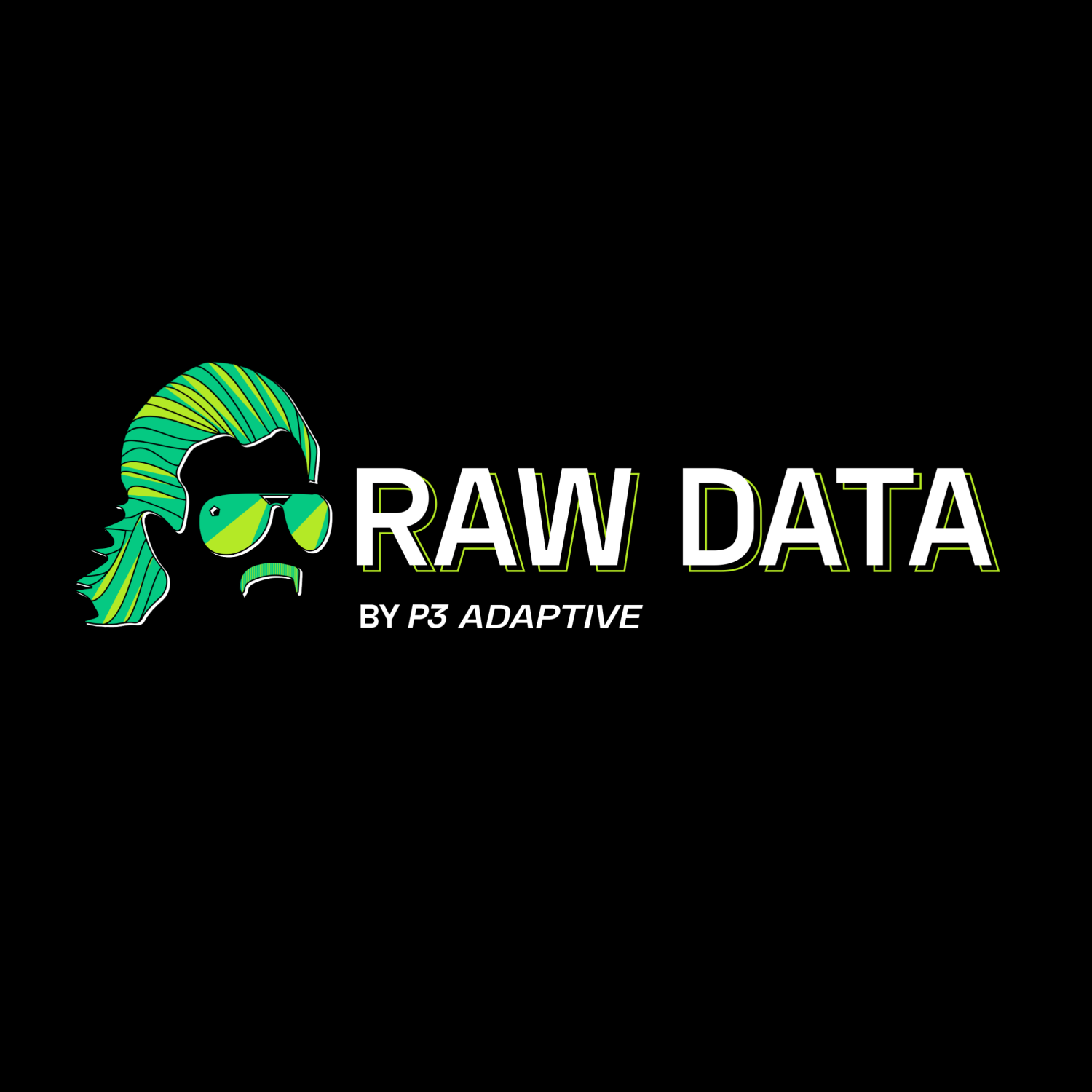
Adjacent and Between: Demystifying Digital Transformation with Power Apps and Power Automate
03.26.24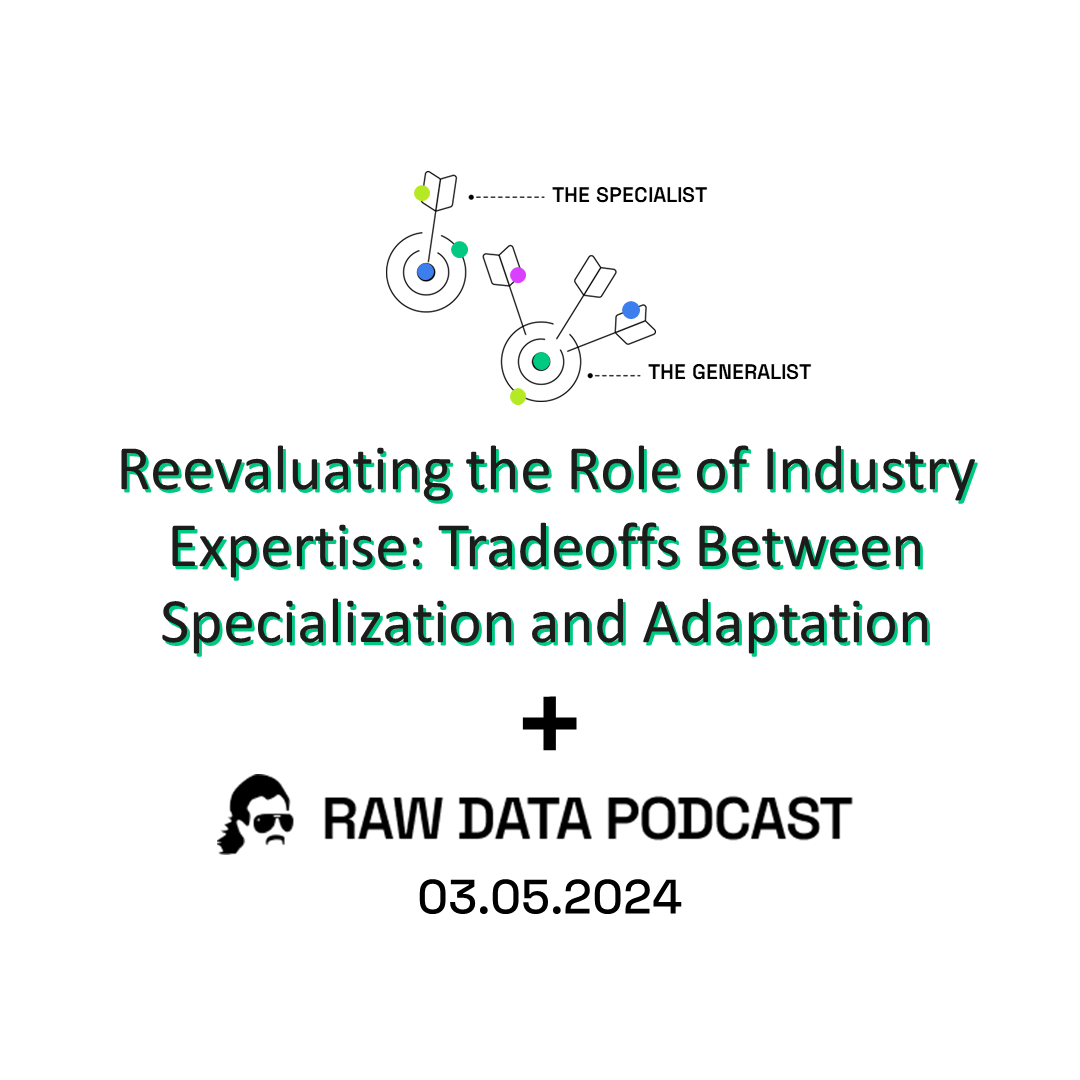
Reevaluating the Role of Industry Expertise: Tradeoffs Between Specialization and Adaptation
03.05.24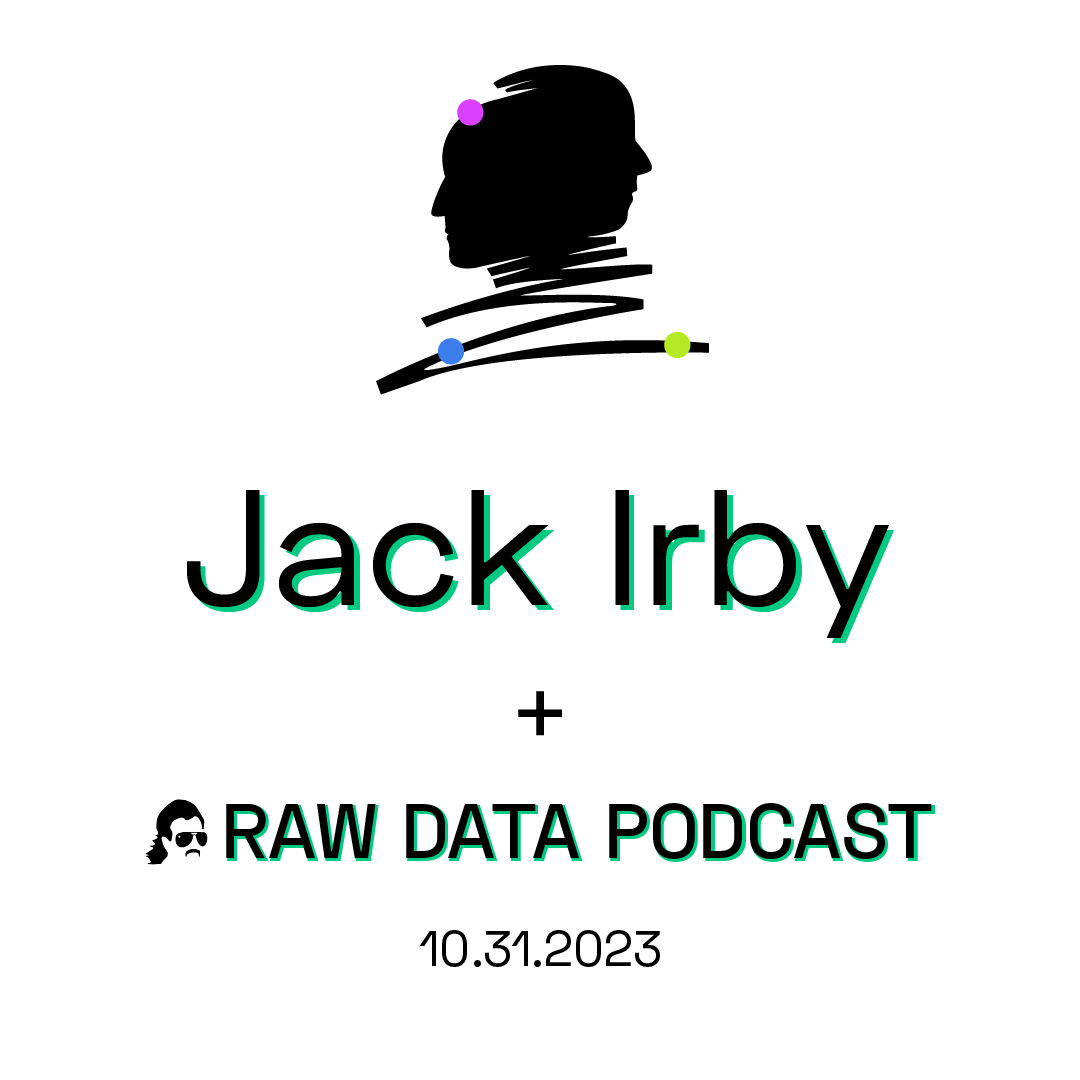
The Fruit of the Electric Grapevine: Industry-Leading Visibility on Limited Resources, w/ Jack Irby
10.31.23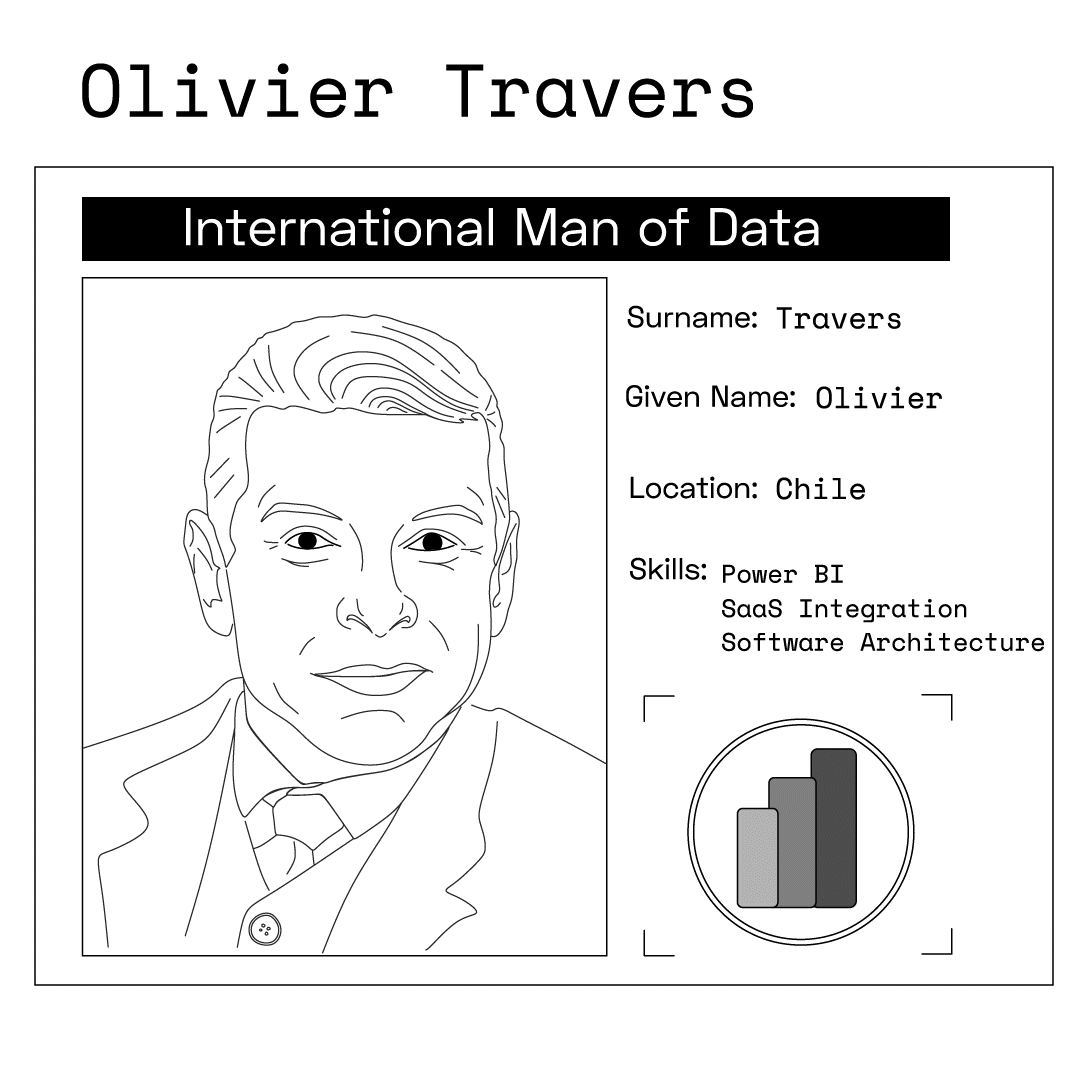
Stay Away from Guadalcanal, w/ Olivier Travers
MS Data Platform International Man Of Mystery
01.04.22
99% is the New Zero, w/ Microsoft Director Shelly Avery
Director-US Healthcare Specialist, Microsoft
09.14.21
For Those About to DAX, w/ Microsoft’s Greg Beaumont
Senior Business Intelligence Specialist, Microsoft
08.17.21
Spreadsheet Celebrities & Power BI Playdates, w/ Chandoo
Hear from the Mozart of Excel Dashboards: Chandoo
08.10.21
The Data Lakehouse: Brick by Brick, w/ Databricks’ Denny Lee
Sr. Staff Developer Advocate, Databricks
08.03.21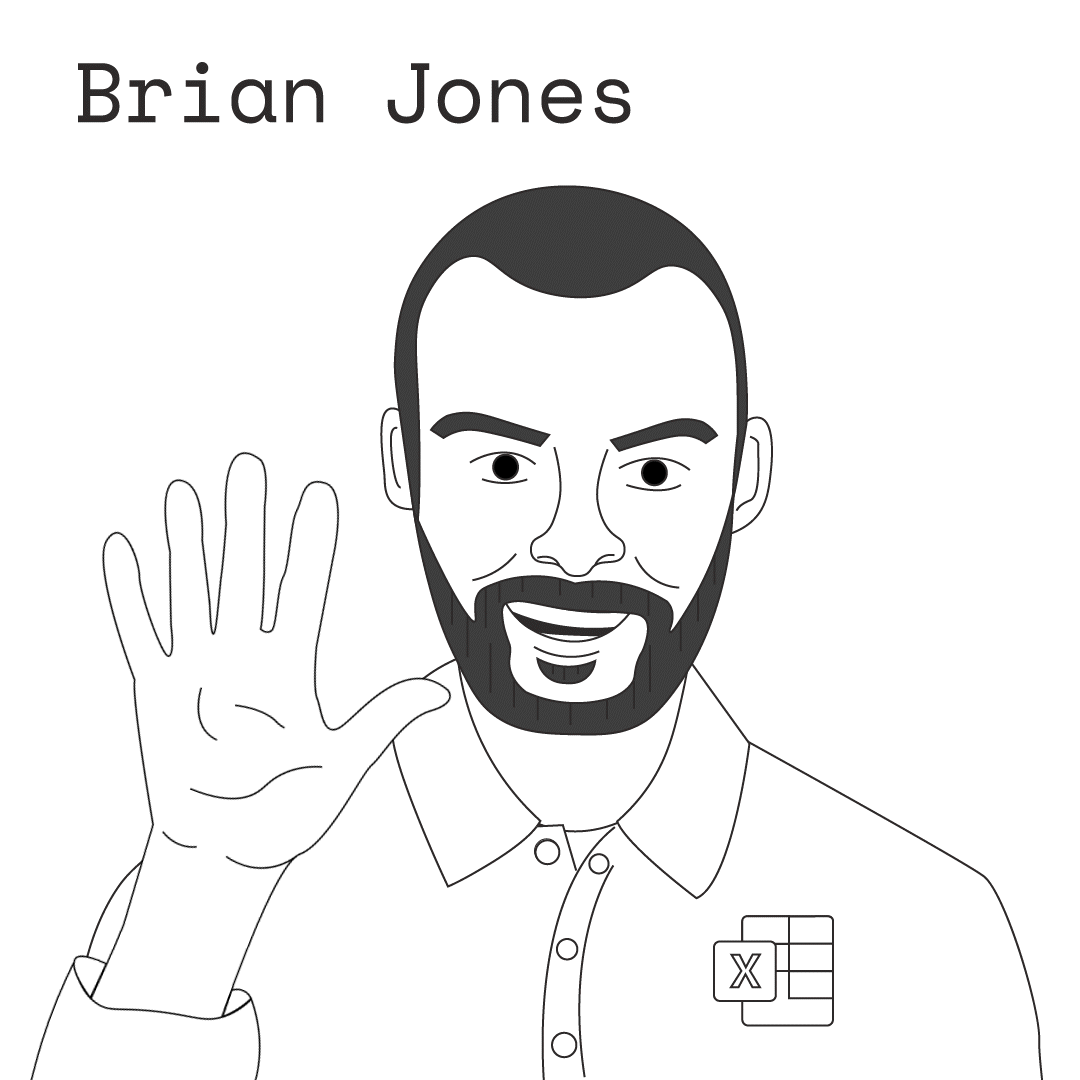
Excel Past/Present/Future, w/ Excel Head of Product Brian Jones
Head of Product, Excel-Microsoft
07.27.21
Robotic Process Automation for All, w/ Microsoft’s Ashvini Sharma
Group Program Manager-Power Automate RPA, Microsoft
07.20.21
COVID Basement Racquetball, w/ Microsoft’s Vishal Lodha
Strategic Account Director, Microsoft
06.03.21
Surfing the Changing Seas of Data, w/ Microsoft’s Chris Webb
Principal Program Manager-Power BI Customer Advisory Team, Microsoft
06.01.21
A Different Kind of Data Emergency, w/ Derek Rickard
Chief Data Officer, Emergency Reporting
05.04.21
Earth’s Only Hope vs. Alien Excel Invaders, w/ Ken Puls
President and Chief Training Officer, Excelguru Consulting Inc.
04.27.21
Intelligence Platform is a Cool Name, w/ Microsoft CVP Arun Ulag
Corporate Vice President of the Business Intelligence Platform at Microsoft
04.01.21
The Dutchman of Data Dunked on Me, w/ Kasper de Jonge
Analytics Advisor and Principal Program Manager-Power BI, Microsoft
03.23.21
Everyone’s in the Middle, w/ Former NFL QB Hugh Millen
Former NFL Quarterback and Data Nerd
03.09.21
Marine Biology Leads to Power Platforming, w/ Chuck Sterling
Senior Program Manager, Microsoft
02.23.21
Data Chefs Can Come From Anywhere, w/ Gartner’s Lori Rodriguez
Vice President Executive Programs at Gartner
01.26.21
Scrubbing Data & Beating COVID, w/ Matt Selig of Bar Keepers Friend
Exec. Vice President, Chief Financial Officer & Chief Human Resources Officer at SerVaas Labs
01.05.21
The Data Witches, w/ Shannon Lindsay & Stephanie Bruno
Shannon Lindsay-Microsoft Certified Data and Analytics Professional &
Stephanie Bruno-Associate Director of Informatics at the Elizabeth Glaser Pediatric AIDS Foundation (EGPAF)
12.22.20
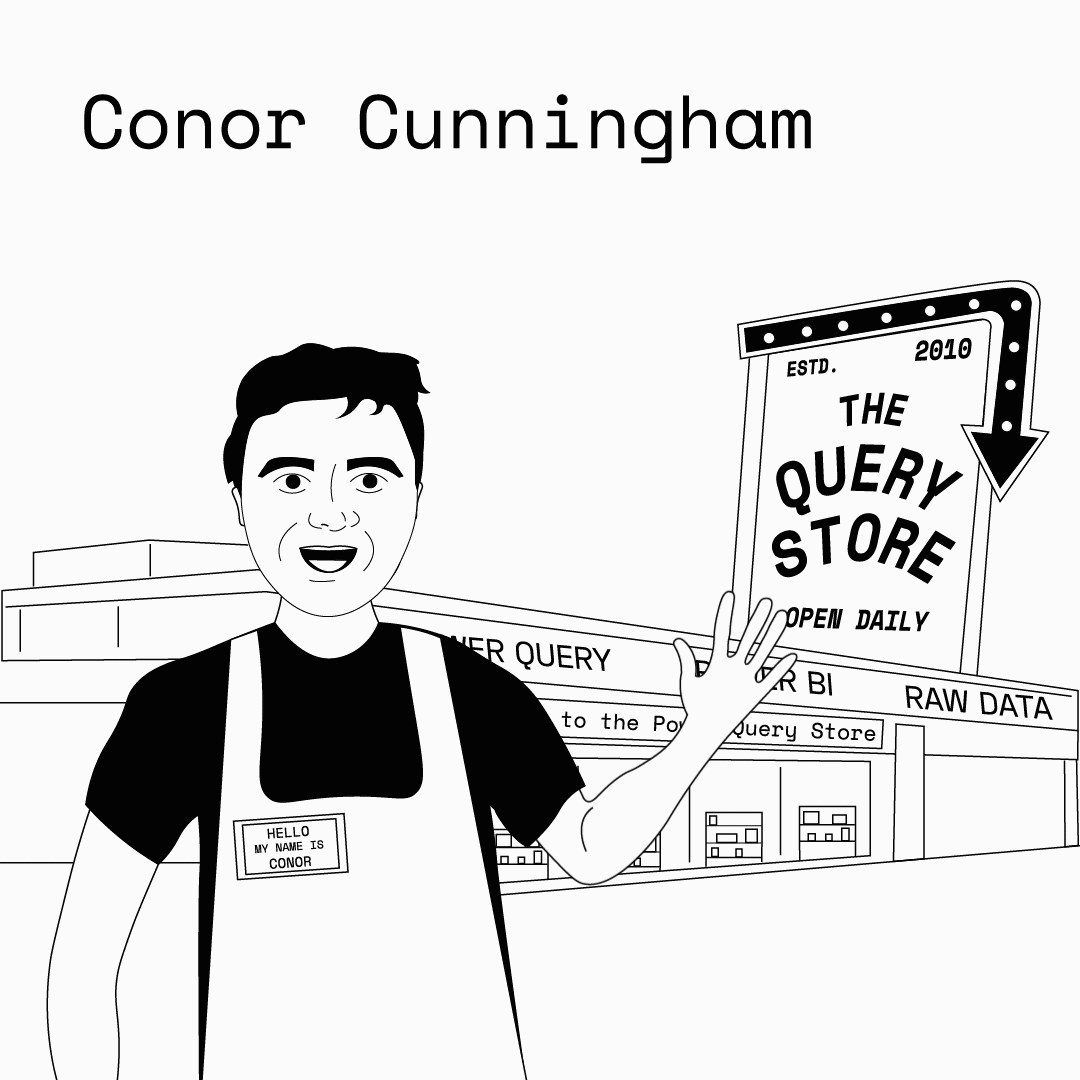
The Query Store’s Open for Biz, w/ Microsoft’s Conor Cunningham
Partner Software Architect, SQL Server Engine-Microsoft
12.15.20One of the World’s Most Amazing Humans, w/ Matt Allington
Power BI Consultant, Trainer, & Microsoft MVP
12.01.20
